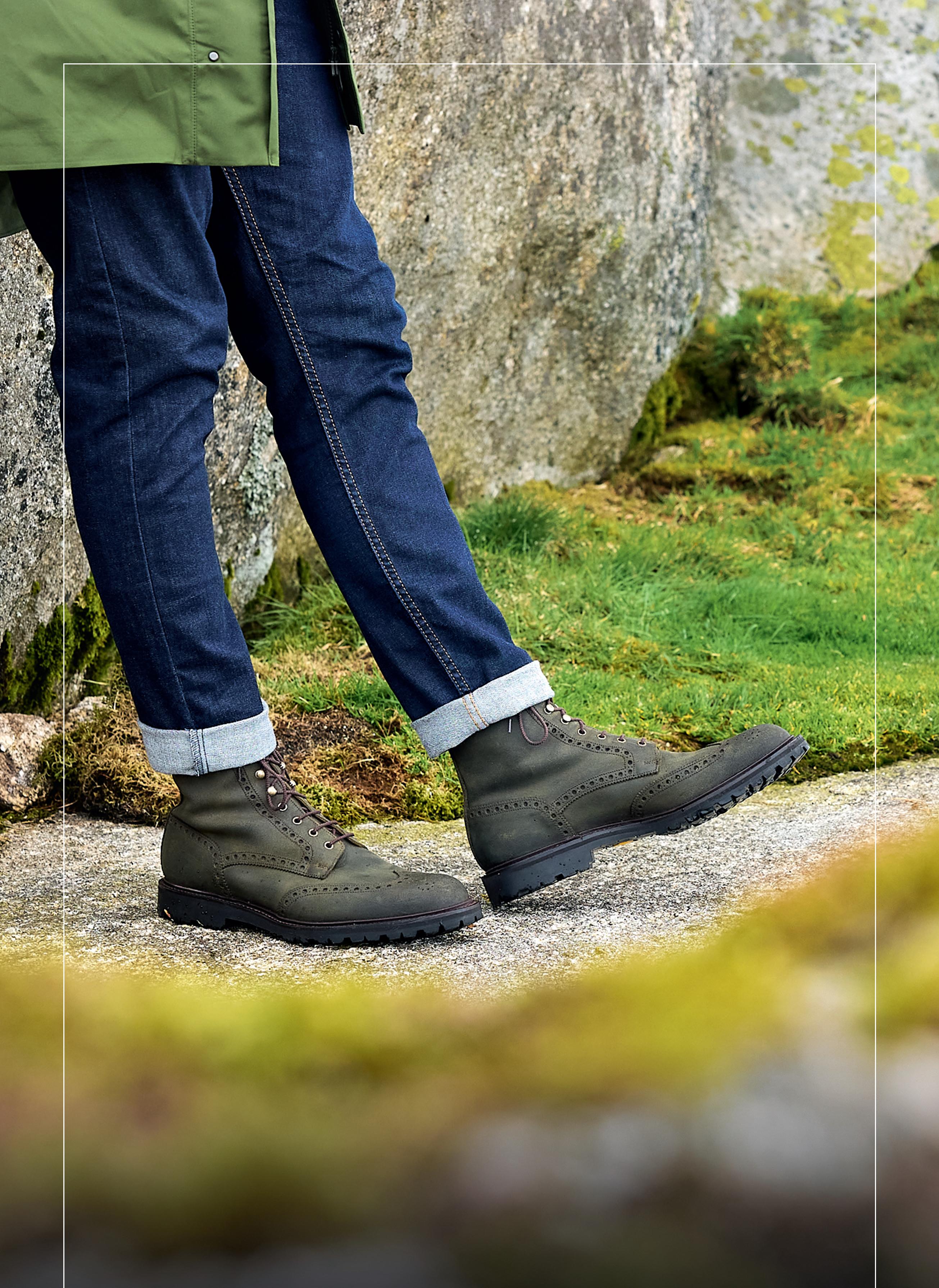SPHERE
THE LONG LENS ON LUXURY



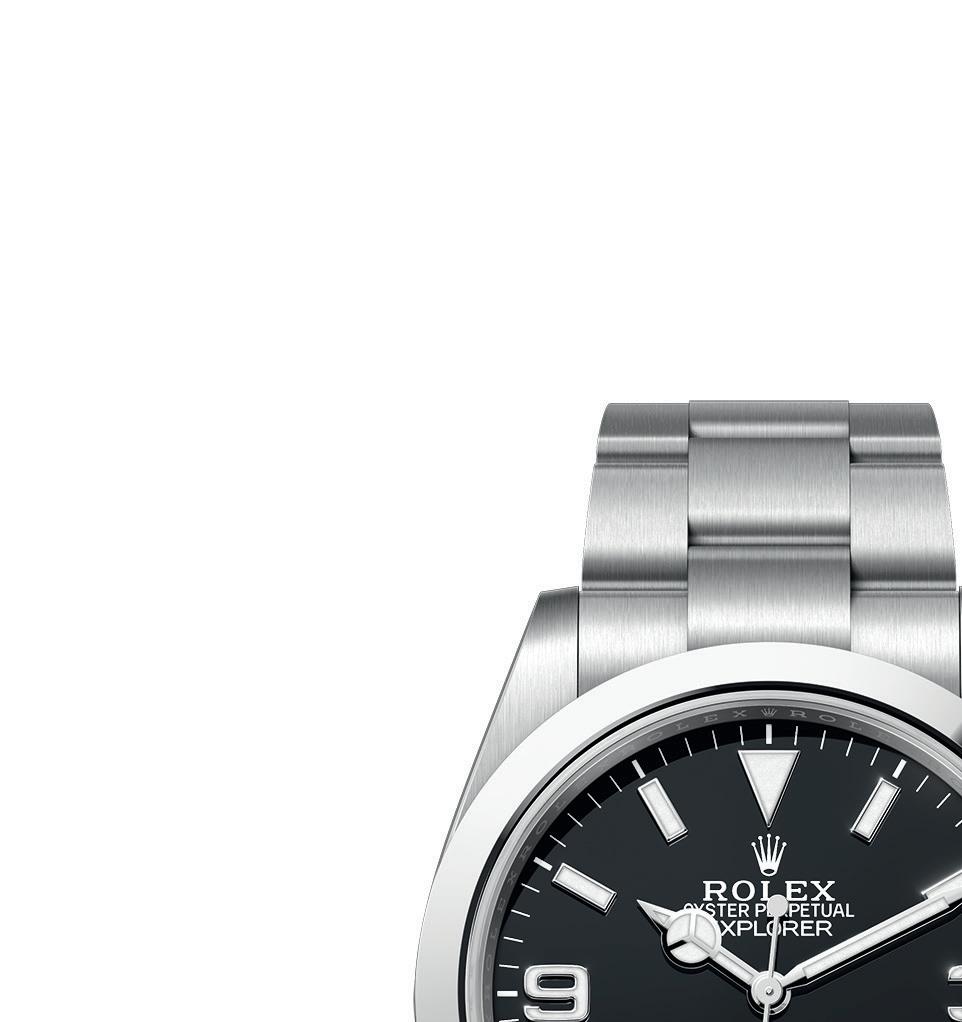





















JetCard by Air Partner gives you access to flexible, transparent, and ultra luxurious private jet travel with our exclusive JetCard Membership Programme.
The comprehensive JetCard features allow members to secure our best-in-class fleet of all cabin categories and priority sought-after airport slots.
There are no hidden charges for fuel, positioning, VIP hospitality or airport fees; and you can cancel or amend your booking at short notice.
Activation starts from 25 hours with all fixed flying costs included in one upfront payment, with zero peak days and no blackout periods.
Founded in 1961, you can fly with confidence knowing that you’re in trusted and reliable hands.
For more information, contact the JetCard team: jetcard@airpartner.com | +44 (0)1293 844888
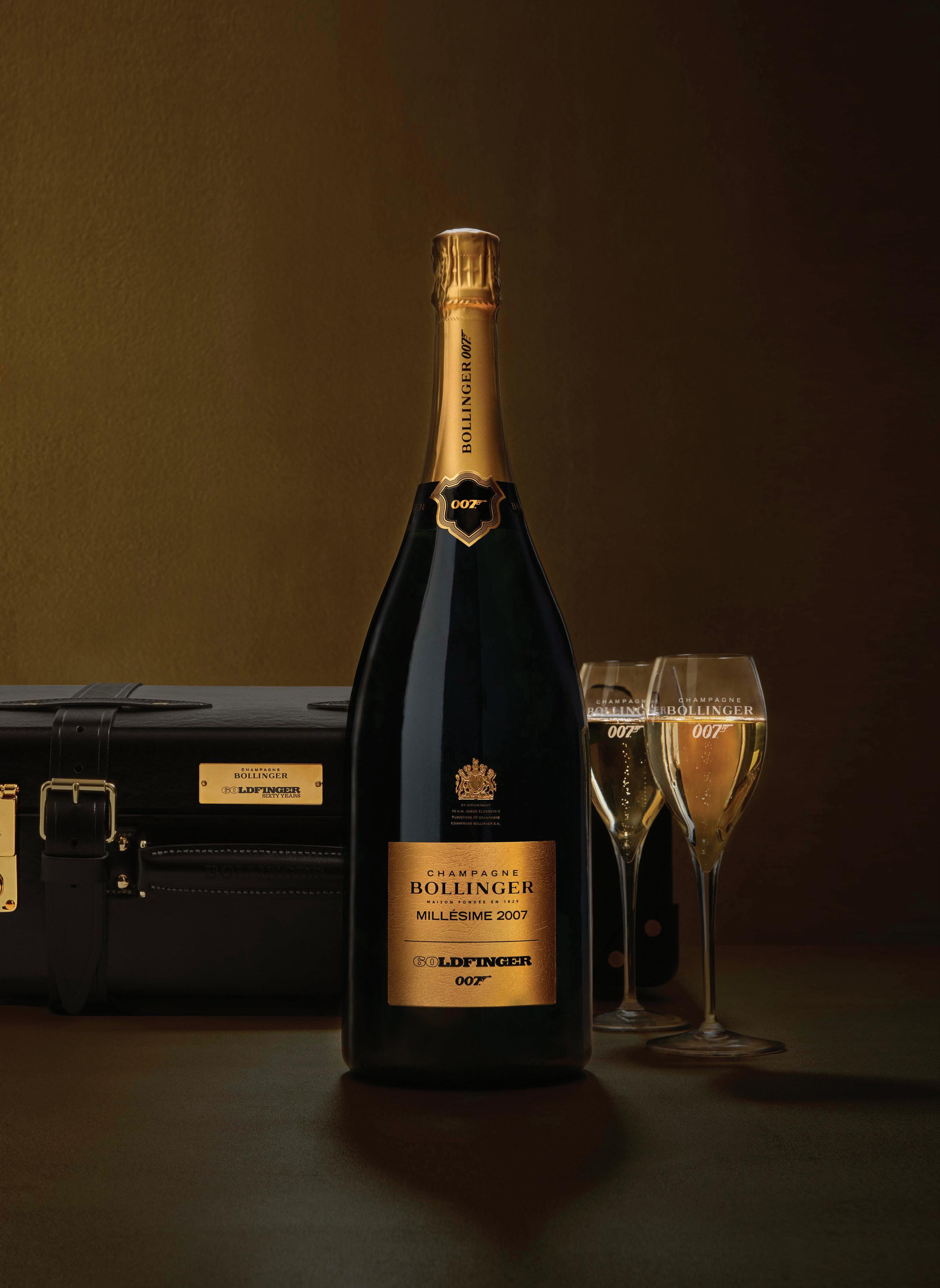
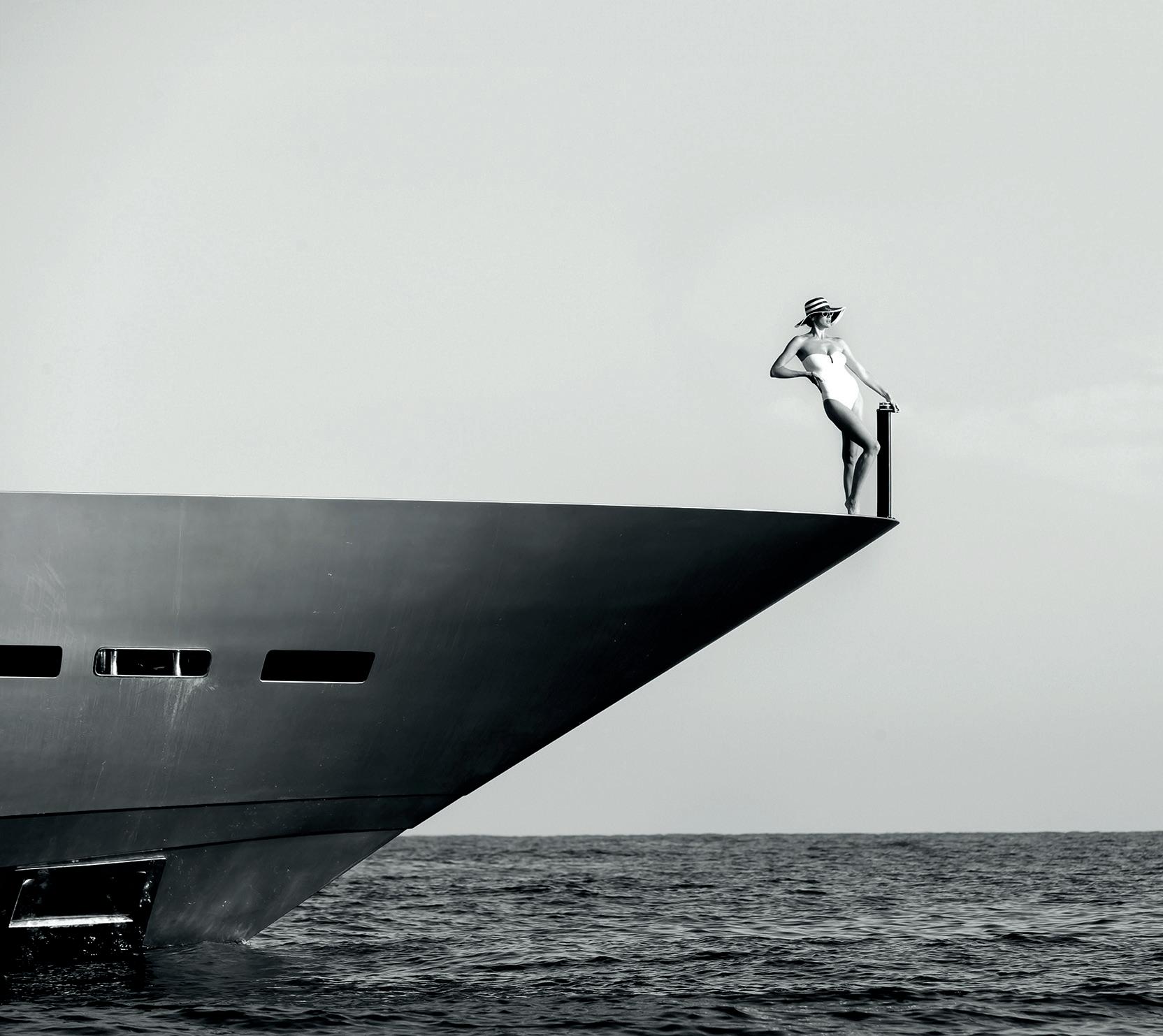
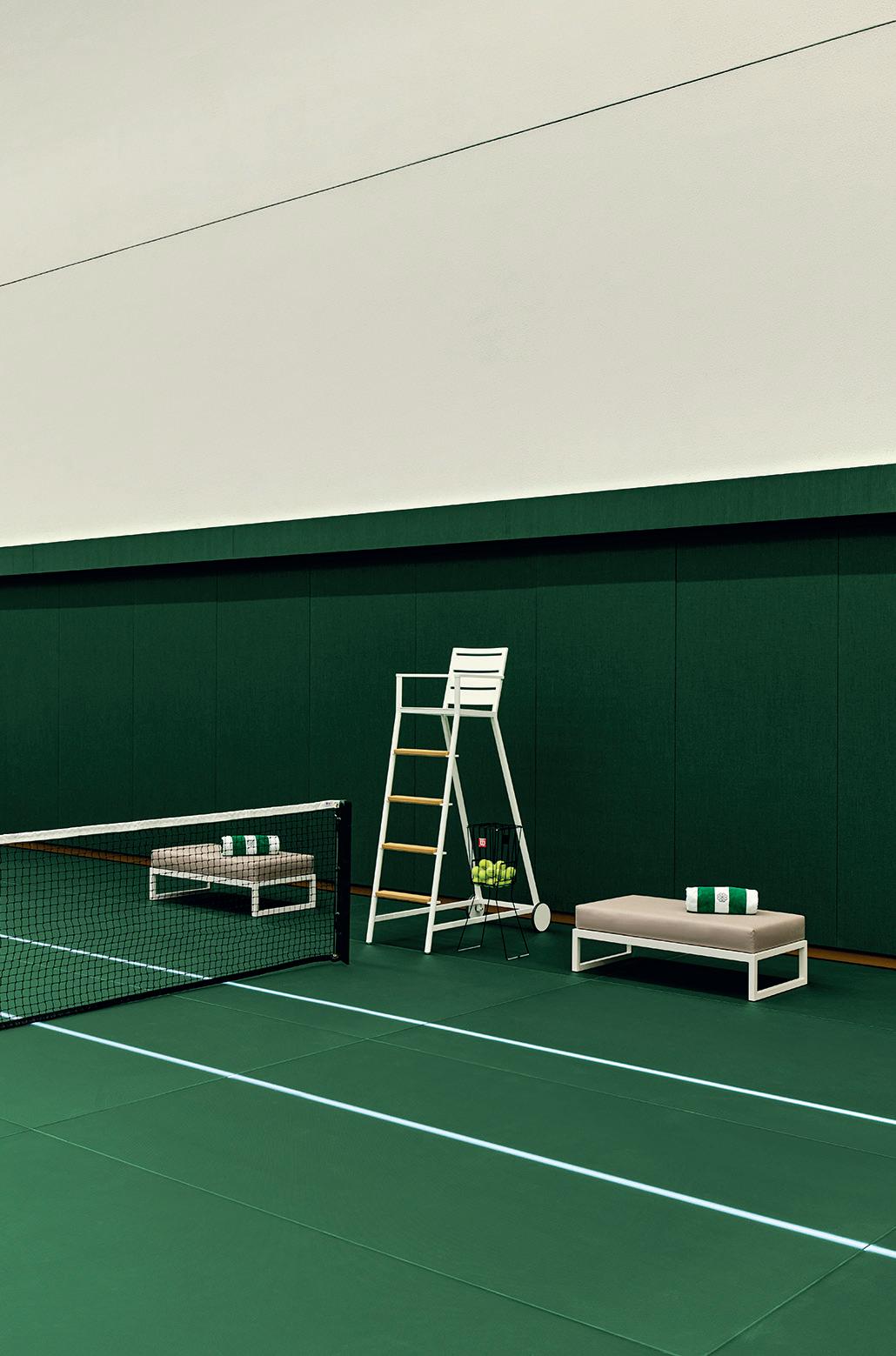




10 NUCLEUS
The highlights of this season’s fashion, culture, travel, beauty, food and drink
32 FASHION
Statement animal prints for women and bold, bright colours for men are the autumn trends
56 JEWELLERY
Avril Groom on the revival of fantasy-cut gems in high jewellery design
81 SPHERE LIFE
Our curated selection of the best gifting, wellness and interiors this season, from sculptural centrepieces to stand-out spas
35 TIME FOR CHANGE
Inside the highly skilled world of watchmaker Richard Mille’s Mayfair restoration salon
36 SOLE INTENTION
Why Crockett & Jones and its cordovan creations is the footwear connoisseur’s choice
40 BAGS OF CREATIVITY
Luxury brands are looking to their accessory lines to boost sales and attract a new generation
46 RENAISSANCE WOMAN
Lady Bamford, founder of Daylesford Organic and Bamford skincare and clothing on passion, drive... and having fun
52 A FLOATING DREAM
Italian yachtmaker Sanlorenzo is the last word in bespoke, luxury sailing vessels
62 ON THE GRAPEVINE
Take a virtual tour to the heart of the Burgundy wine region
68 GAME, SET, MATCH
Tennis and padel courts are having a moment in the sun as a must-have property addition
74 OFF YOUR TROLLEY
The dining cart is making a triumphant return to London’s finest restaurants and hotels
90 PEAK PERFORMANCE
Gertrud Schneider, daughter of Austria’s first alpine Olympic Gold medallist Othmar Schneider, shares her insider tips for being mountain-ready
Welcome to the autumn issue of SPHERE, alongside our illustrious partners. Offering the last word in bespoke, we set sail with Sanlorenzo yachts and buckle up with Crockett & Jones’ cordovan classics.
We are proud to reveal our exclusive cover with artist David Downton, handdrawn to embody glamour and luxury. This overarching theme brings us to Simon Brooke’s story on the launch of high-end accessories and Avril Groom’s illuminating feature on fantasy cuts in jewellery. We spread our wings to Burgundy to seek out some of the more accessible bottles, and it’s game, set, match for properties with tennis courts, as Zoe Dare Hall finds out. Take a pew this autumn for a feast served trolley-side – Ben McCormack digests the trend for the return of the 1970s restaurant staple. Head to the hills with Lady Bamford, who, as Cally Squires discovers, is casting her magic wand over the dreamy shires. For those who are already seeking adventure further afield in the mountains, don’t miss our masterclass to get ski – and hiking – ready.
As ever, we unearth the latest leaders in style, culture, food, drink, travel and wellness. For weekly access to the hottest news and luxury insights, don’t forget to subscribe to our newsletter at spherelife.com and please let us know at sphere@iln.co.uk if you would like to receive the magazine in the future.
Editor
Jemima Sissons
Art Directors
Dominic Murray-Bell
Jo Murray-Bell
Sub-Editor
Rachel Roberts
Production Consultant
David Gyseman
Colour Reproduction
Lorna Wilson
Group Advertising Director
Jane Washbourn tel: +44 (0)7920 821 577
email: jane.washbourn@iln.co.uk
Chief Executive
(and Online Editor spherelife.com)
Lisa Barnard email: lisa.barnard@iln.co.uk
Contributor
Lucia Ferigutti
SPHERE PARTNERS
CROCKETT & JONES
crockettandjones.com
SANLORENZO YACHTS UK sanlorenzoyachts.co.uk
website: spherelife.com
instagram: @sphere_life email: sphere@iln.co.uk

DAVID DOWNTON
As one of the world’s leading fashion artists, David Downton has worked with a host of brands from Chanel to Dior and Tiffany & Co, and produced portraits of women including Catherine Deneuve and Cate Blanchett. His first monograph, Portraits of the World’s Most Stylish Women, was published in 2015.

NINA CAPLAN
Wine, travel and arts writer Nina Caplan is the author of award-winning travel memoir The Wandering Vine: Wine, The Romans and Me. She writes wine and lifestyle columns for Times Luxx, Club Oenologique and The New Statesman, and is a regular contributor to Travel + Leisure magazine.

JOSH SIMS
Writer Josh Sims contributes on a range of topics to titles such as Esquire, The Times and South China Morning Post. He lectures in journalism and is the author of several books on matters of style and fashion, including Icons of Men’s Style and Retro Watches: The Modern Collector’s Guide.

SIMON BROOKE
Simon Brooke is an award-winning journalist, copywriter and media trainer who writes about the luxury sector, business, wealth management, property and travel. Publications include the Financial Times, The Sunday Times and The Daily Telegraph, while brands range from Montblanc to Johnnie Walker.

Cally is freelance writer for the likes of Spectator Life, The Times and GQ As editor of Belgravia magazine for over a decade, she hosted the annual Belgravia Awards. Born in London, she now lives in the Cotswolds, and you’ll soon be able to follow her barn conversion project with her architect husband (@wyldarchitect).

AVRIL GROOM
Avril Groom writes about luxury jewellery, watches and fashion for a number of upmarket publications and websites, including the Financial Times HTSI magazine, Condé Nast Traveller and Telegraph Time. She also edits Country and Town House magazine’s jewellery and watch supplement.
© 2024 Illustrated London News Limited. Articles and other contributions published in this journal may be reproduced only with special permission from the Publishers. The Publishers Illustrated London News Ltd accept no responsibility for any views or statements made in the articles and other contributions reproduced from any other source. All details and prices are subject to change. No responsibility is accepted for the claims made in advertisements appearing in this journal and the Publishers reserve the right to accept or refuse advertisements at their discretion.
Printed by: W&G Baird
SPHERE magazine is published by Illustrated London News Limited, Soho Works, 4th Floor, The Tea Building, 56 Shoreditch High Street, London E1 6JJ Registered in the United Kingdom No. 15725542 Website: iln.co.uk








Earn your stripes with Giles Deacon’s sumptuous collection for Sanderson, incorporating new twists on archival jacquards and prints from his studio. Referencing Medieval influences and Greek mythology, the collection is eccentric and theatrical, from the trompe-l’oeil Pygmalion to the botanic Lakeland Paradis. This Regency Aperigon pays homage to the classical motif of stripes in design. From £75, sanderson. sandersondesigngroup.com
A new UK brand launches this autumn, championing homegrown artisanship and materials. Gladstone/Hellen is the partnership between Charlie and Caroline Gladstone and designer Sarah Hellen, inspired by the Gladstone’s storied estate in Wales, Howarden. With fine Fair Isle wools and vintage cottons, the pieces are nostalgic but beautifully wearable and perfect for toasty autumn evenings. There are women’s and men’s collections, and everything is made in Britain, right down to the buttons. gladstonehellen.co.uk


The holiday may be over but keep the memories alive with Assouline’s scented candles recalling favourite holiday destinations. This October, the brand known for its beautiful books launches three new scents and an XL candle size. Return to the beaches and riads of St. Tropez, Miami Beach, Mykonos and Marrakech from the comfort of your room. From £75, assouline.com
Bringing an elegant, antique finish to interiors, the new Amber Brass finish by Samuel Heath is available across all its key collections. The burnished hue already offers a stylish aged appearance, without the need to wait for a patina to develop and is then finished with a gloss lacquer coating. Established in 1820, the bathroom fittings and architectural hardware are all still crafted in the factory in Birmingham. Amber Brass from £2,225, samuel-heath.com

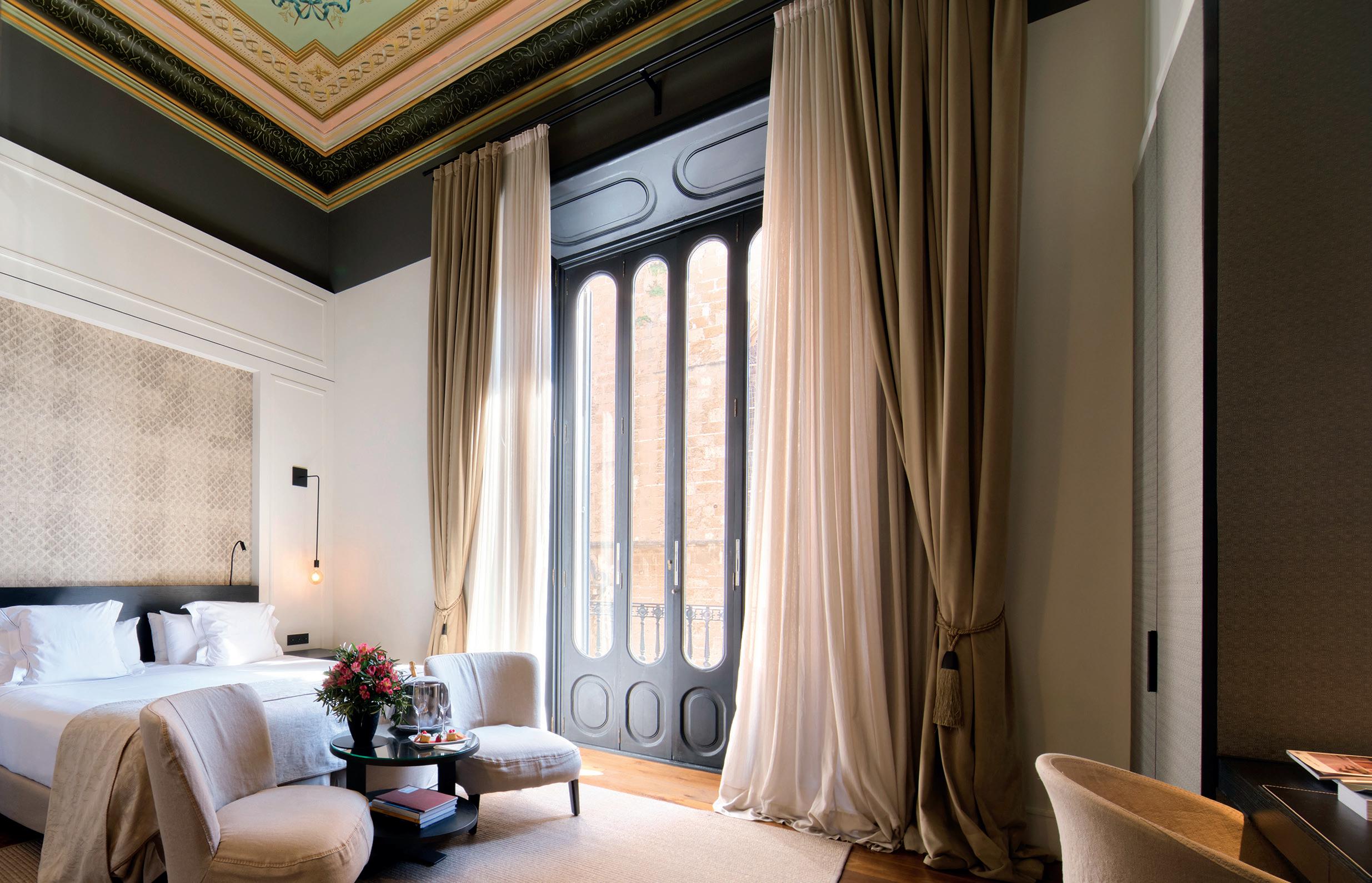
Take a break in Palma, when the crowds have dispersed and the air is still warm (many still take a sea dip at this time of year). At the historic Sant Francesc, autumn pastimes include vineyard visits and cycling tours with a guide on electric bikes. Reward yourself afterwards with a rooftop drink and a feast in its pretty Quadrat restaurant. hotelsantfrancesc.com
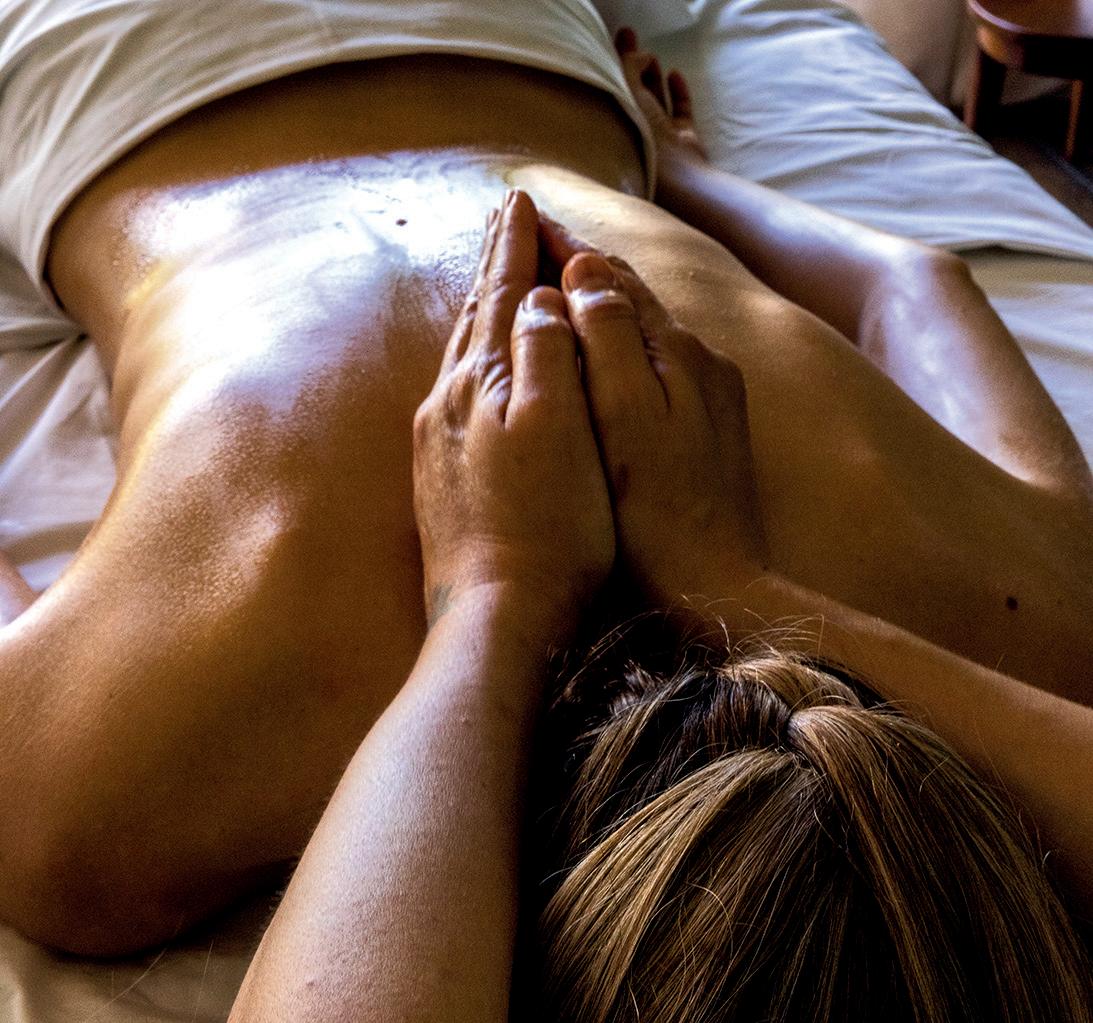
Utilising some of the finest ingredients from Tuscany, Seed to Skin organic skincare launches facials in Liberty this autumn. Combining cuttingedge science with nature, treatments include the Deeply Hydrating Facial with a mask and massage. seedtoskin.com

SUIT YOURSELF
Cut a dash with Oliver Brown’s new AW24 menswear
RTW collection, including this smart ‘Clarence’ doublebreasted suit in a brown glen plaid, styled with a pale pink luxury cotton shirt and a silk twill handkerchief in plain pastel pink. From £20. oliverbrownlondon.com

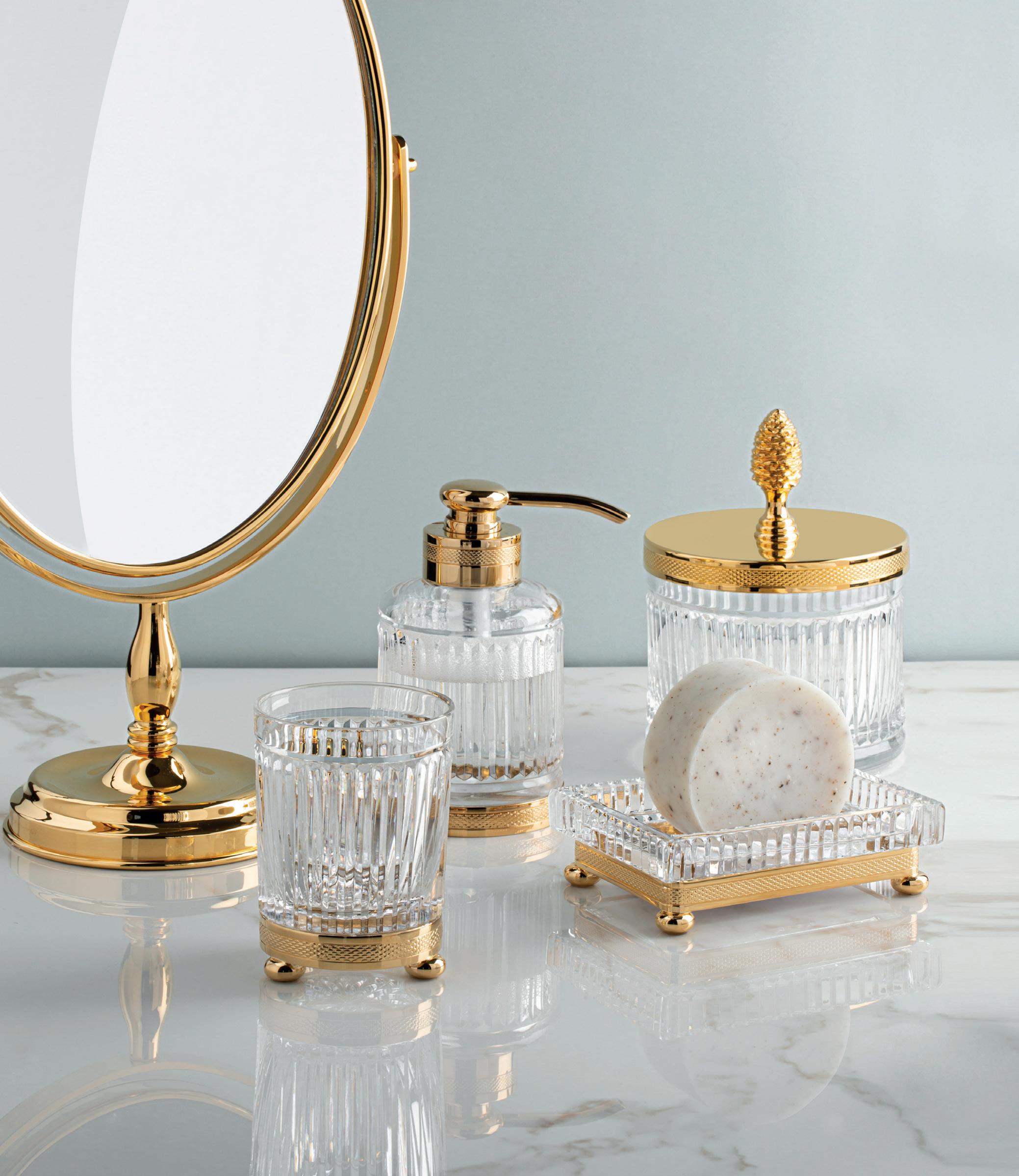
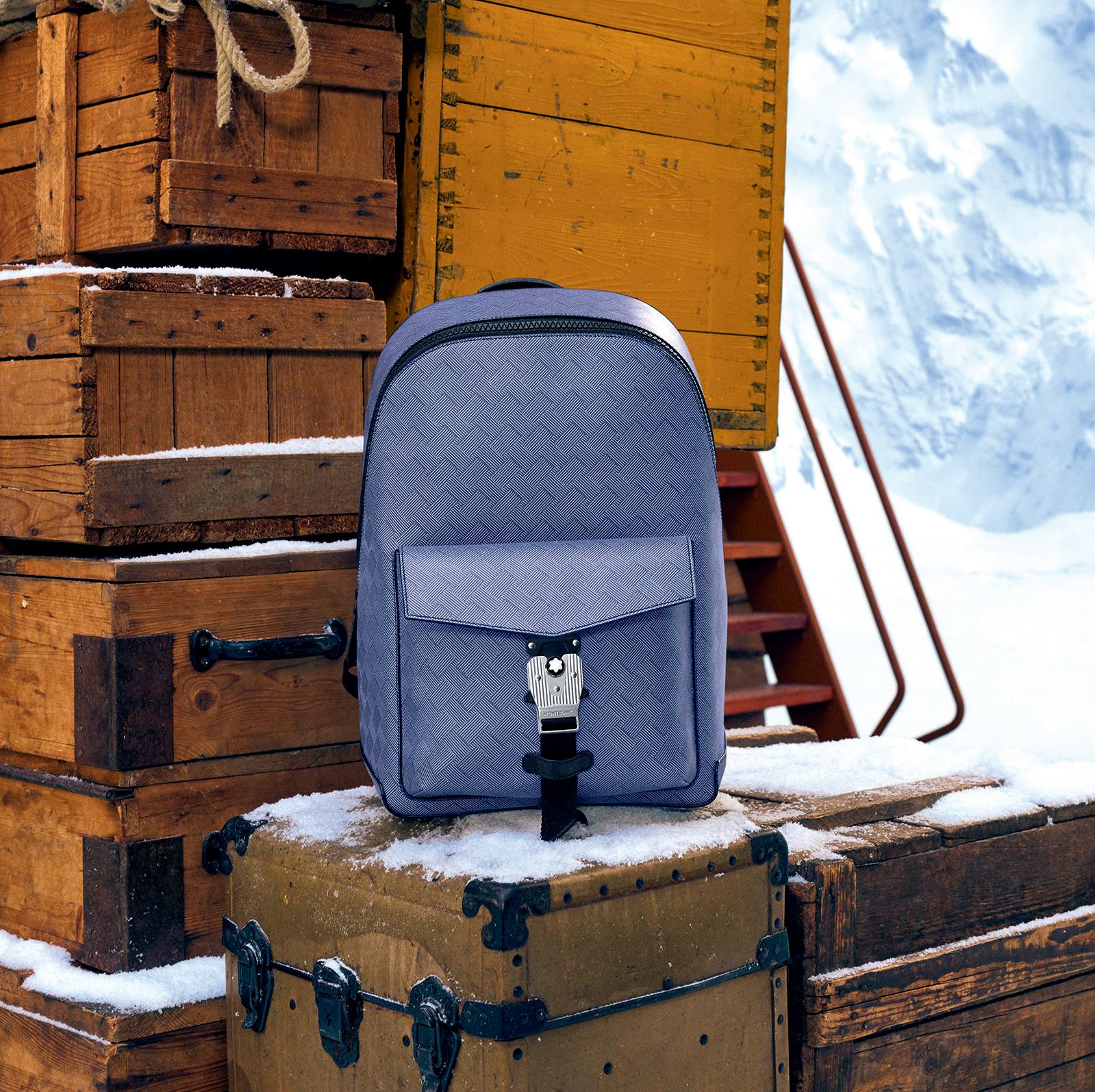
Raise a glass to autumn with a finely crafted cocktail from The Aubrey restaurant’s second volume of its cocktail menu, The Yellow Book. Showcasing concoctions crafted with everything from shochu to sake, drinks from the Knightsbridge Japanese venue include the Medusa, made with rice shochu, vanilla syrup and passion fruit melded with Champagne. theaubreycollection.com
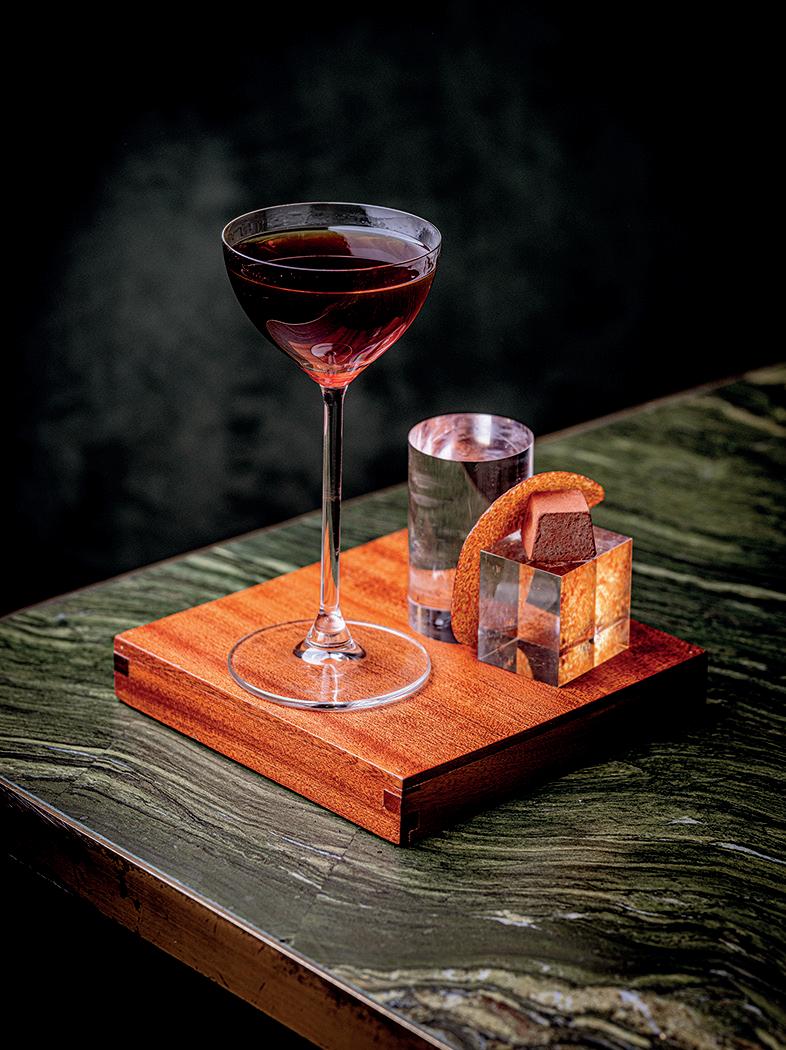
Following Wes Anderson’s cinematic collaboration with Montblanc in May to celebrate 100 years of Meisterstück (the iconic writing instrument), the luxury brand pays further homage this season with items including new leatherware pieces designed to make a statement on mountain or boulevard. Alongside the Meisterstück fountain pen, with its cigar-shaped design and handcrafted nib, there is a new Extreme leather 3.0 collection in lavender grey, including this smart backpack with M LOCK 4810 buckle. £1,505, montblanc.com

Since the early 2000s, Zanele Muholi has documented the lives of South Africa’s black LGBTQIA+ communities and this exhibition at the Tate Modern brings together a breadth of work from Somnyama Ngonyama, translated as “Hail, the Dark Lioness”, which explores themes including labour, racism, Eurocentrism, and sexual politics, and Only Half the Picture, a series by Muholi capturing moments of love and intimacy. Other autumn exhibitions at the gallery include the textile works of Romani artist Malgortza Mirga-Tas. tate.org
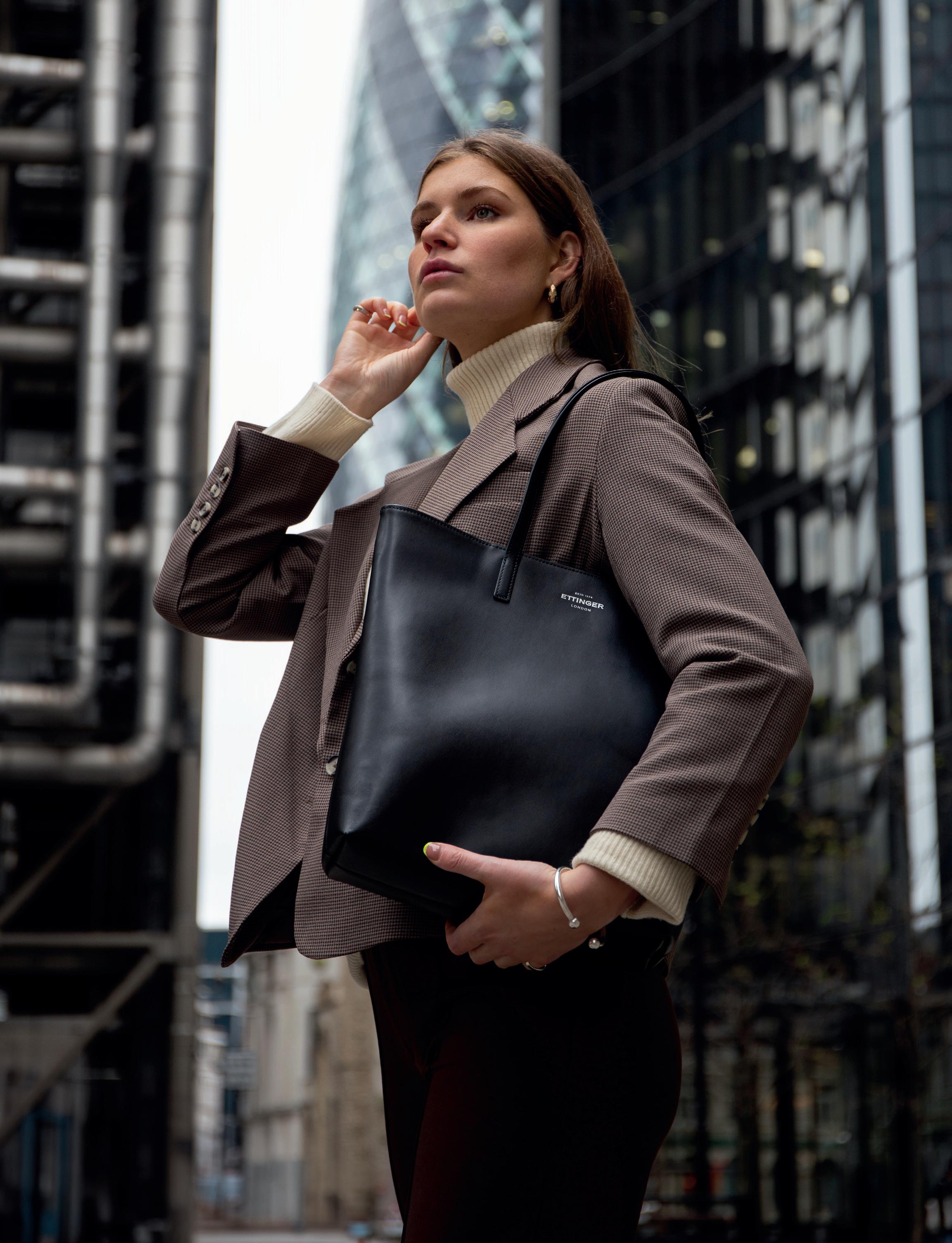
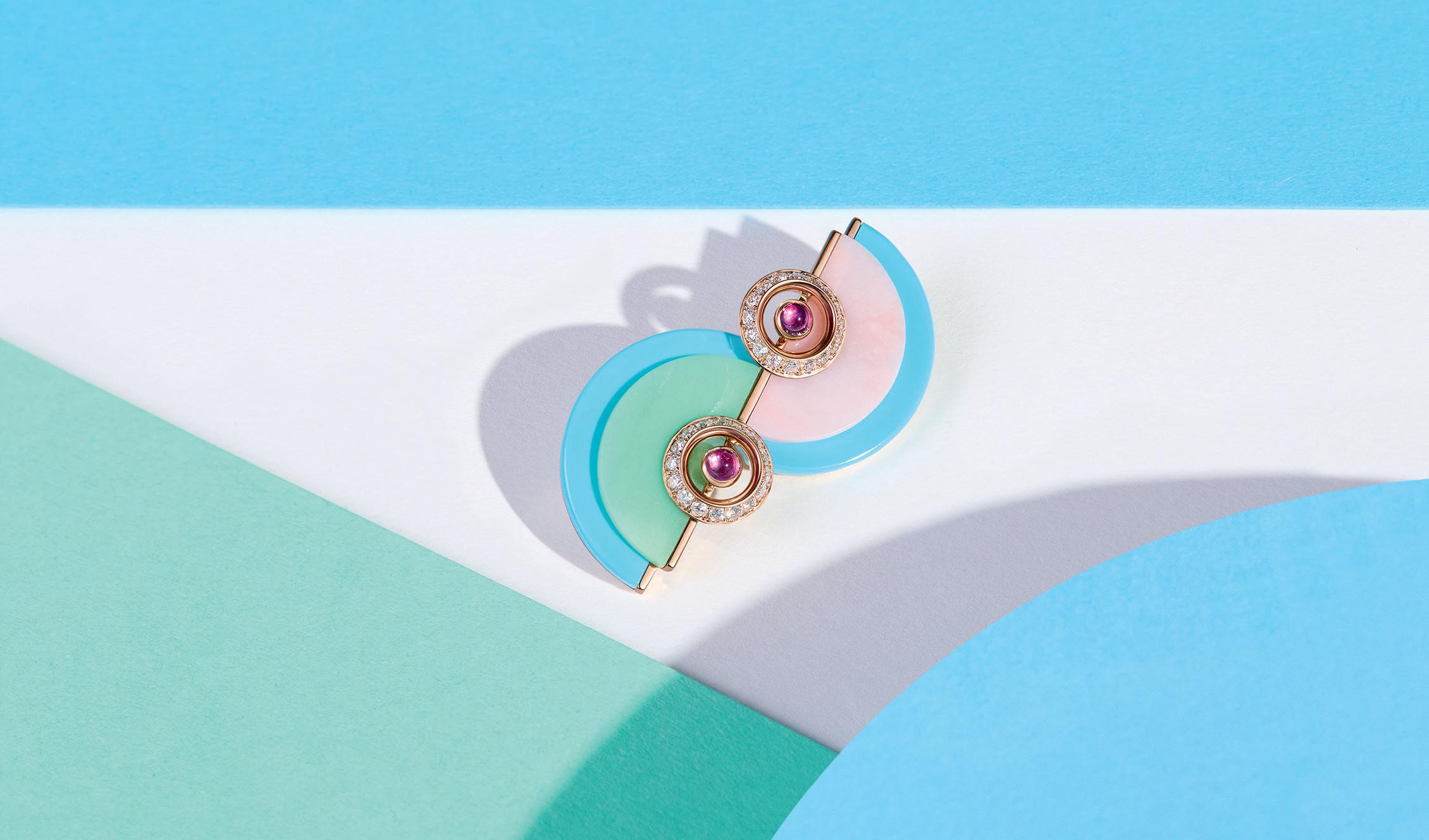
Inspired by Robert Delauney’s paintings, Art Deco architecture and the colours of New Orleans, jeweller Kia Schwaninger’s inaugural Colorhythms collection is an ode to joy. Each piece can be fully customised, choosing from a range of custom-cut gemstones, including chrysoprase, turquoise, malachite and lapis, set in 18-carat rose gold, yellow gold and platinum. Pictured, Art Deco earrings, kiaschwan.com
The British luxury menswear house Dunhill presents creative director Simon Holloway’s inaugural collection. Shot in the Duveen Wing of the National Portrait Gallery, the pieces include car coats, driving jackets in dark toffee napa lambskin and chic accessories. dunhill.com


One of Mayfair’s most elegant hidden gems, the Stafford London hotel, tucked away in a pretty street in St. James’s, has launched a year-round terrace for private hire. Enjoy al fresco drinking and dining even when the leaves turn, for dinners of up to six and drinks for 20 people. thestaffordlondon.com


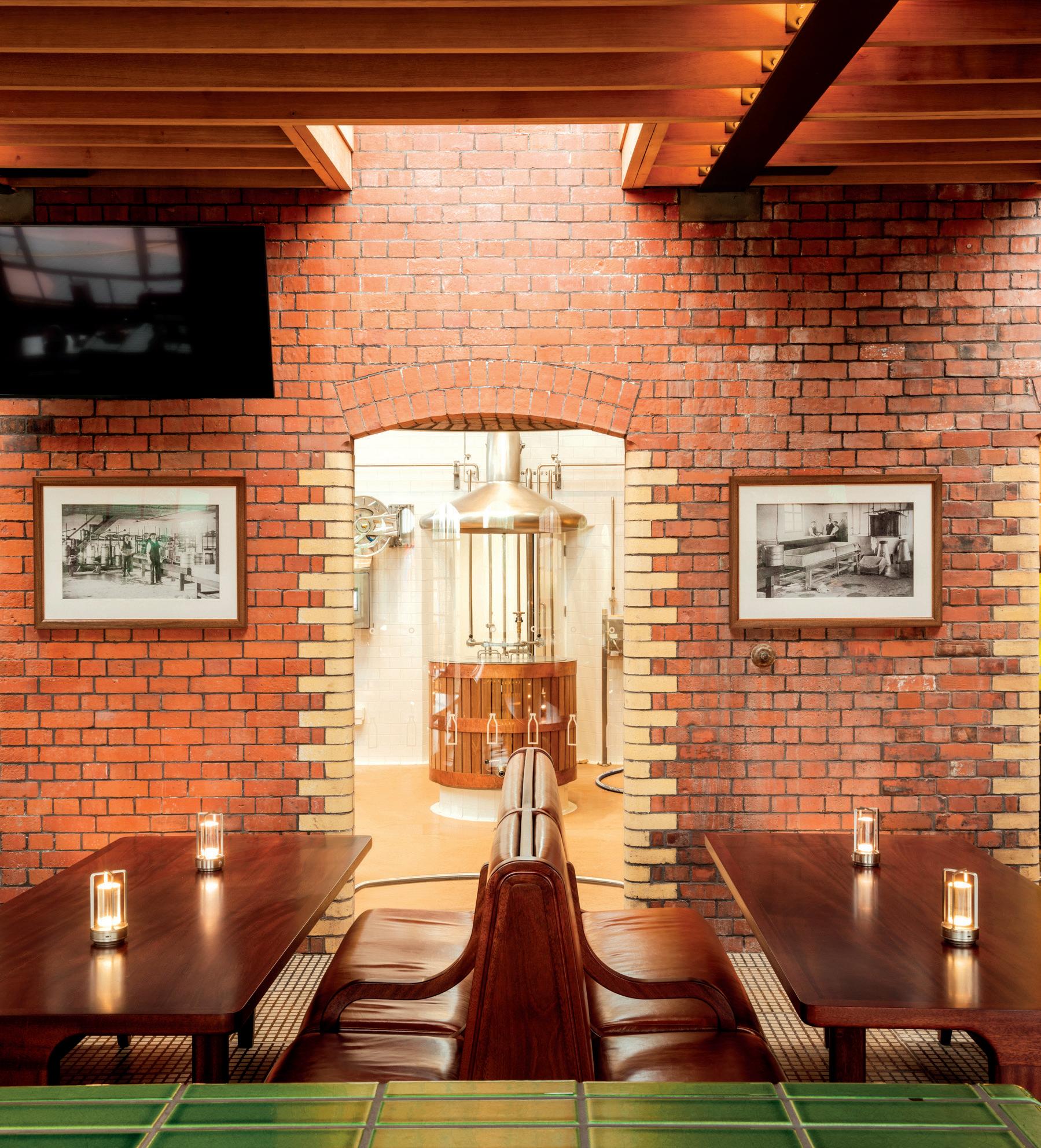
FONDA FOOD
He is known for his elevated Mexican fare. Santiago Lastra has formed a devoted fan base at Kol with his pistachio guacamole and hidden Mezcaleria. Now he has opened his second restaurant in the capital. Fonda draws from the nostalgic family fare of Lastra’s childhood, including confit whole scallops with sesame and burnt habanero salsa. fondalondon.com
Already known for being one of the UK’s finest country hotels, The Newt in Somerset is making the arrival and departure even sweeter with the launch of its Creamery restaurant, located in Castle Cary train station. Images displaying the building’s former use – farmers would deliver churns of milk here to be turned into cheese, which would then be transported to London – line the raw brick walls. Artisanal cheese is still made inside the building, including one from milk from the estate’s herd of water buffalo. Tuck into dishes such as Sutton Brue halloumi-style burger with farm tomatoes. thenewtinsomerset.com
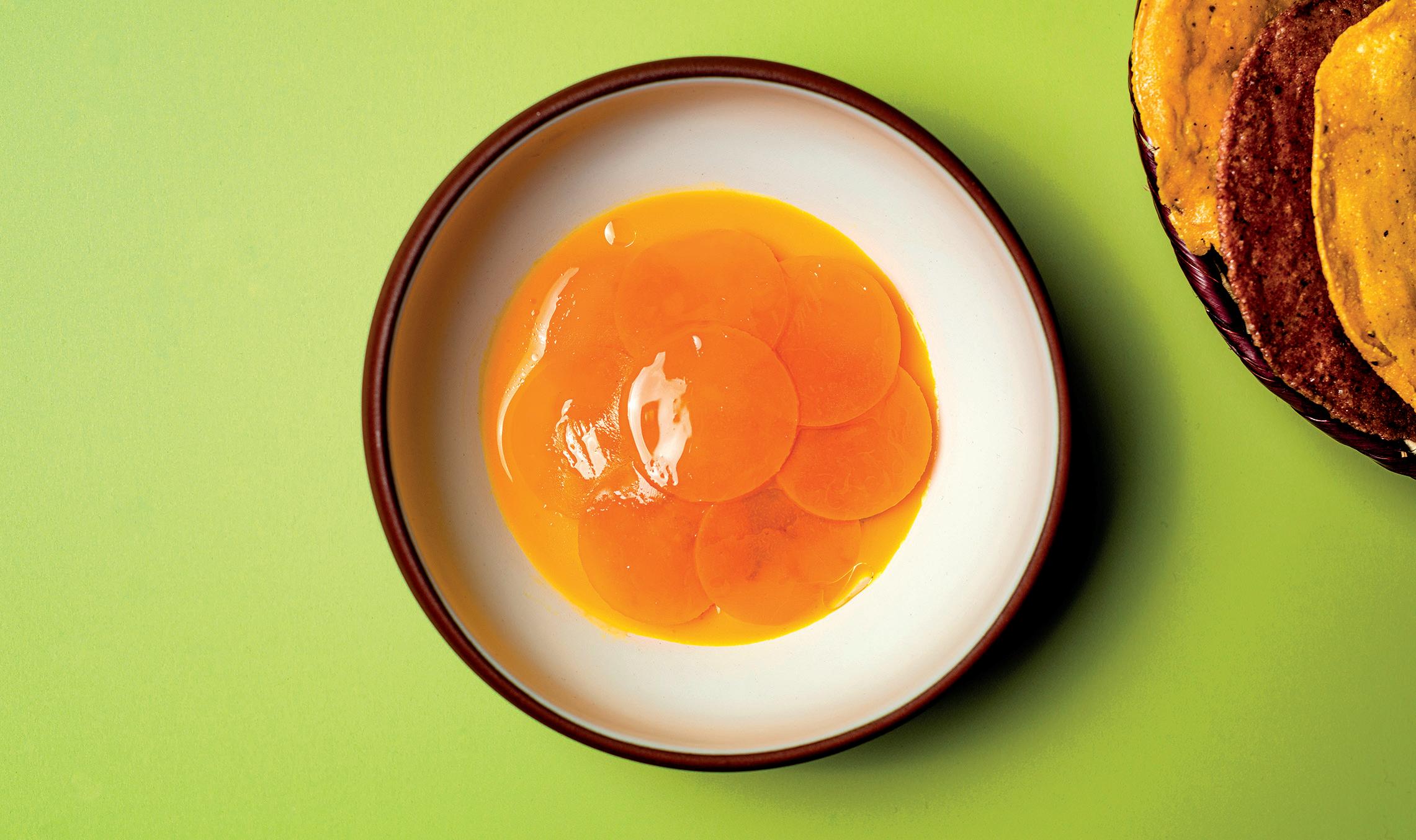

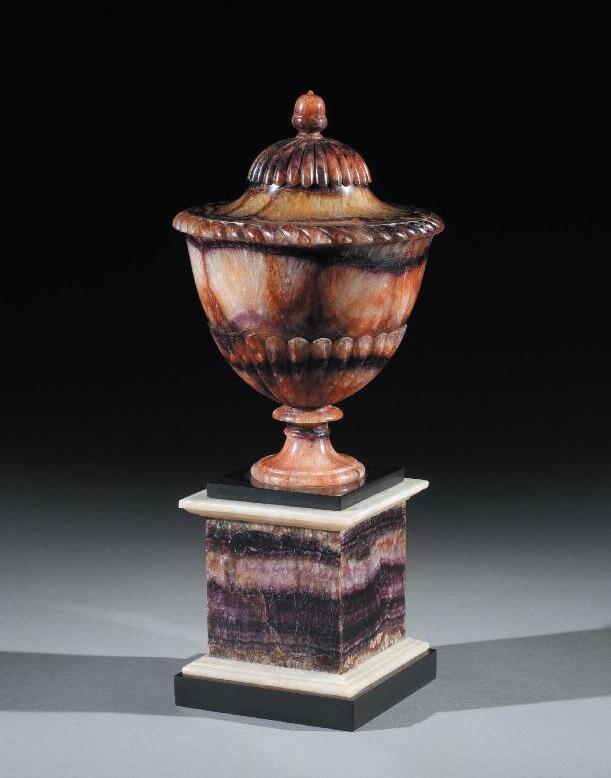

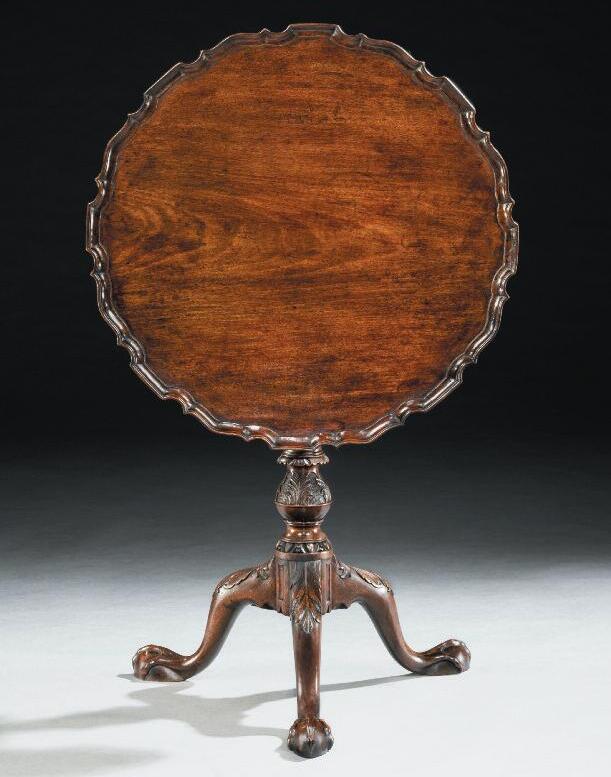
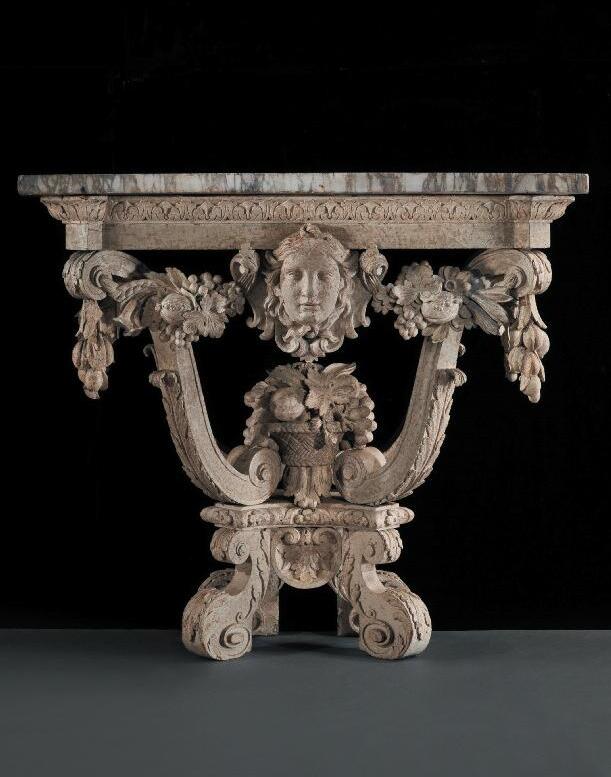




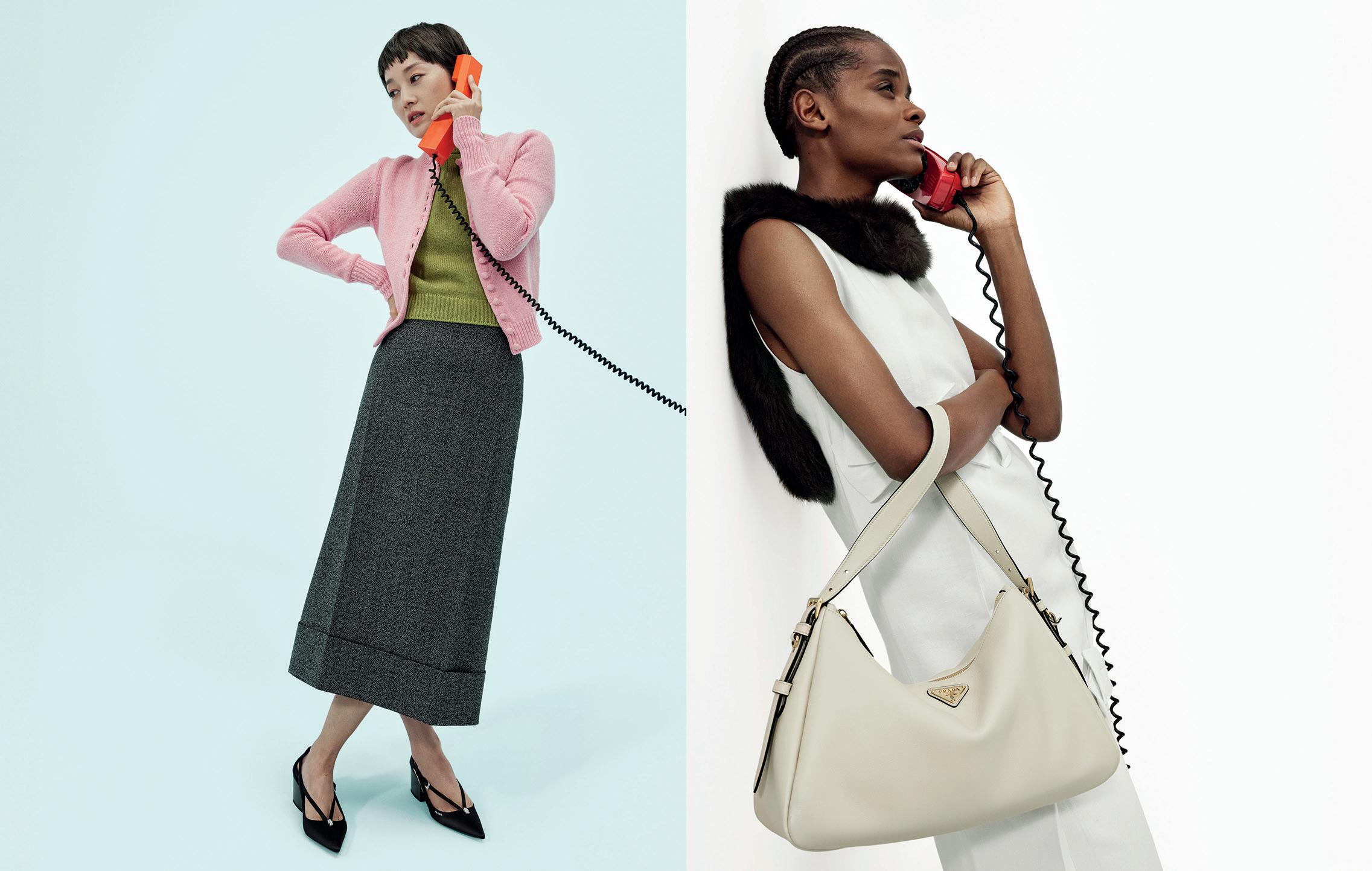
The concept of creative dialogue between co-creative directors Miuccia Prada and Raf Simons is at the centre of Prada’s AW 24 campaign. Shot by Willy Vanderperre, it stars actors including Yili Ma, Letitia Wright and Hunter Schafer rehearsing a script, written by Miranda July. Callers can dial a toll-free number to ‘speak’ with July and join the conversation. prada.com

Inspired by a love of travel and adventure, Oka’s trunk series is good-looking, sturdy and practical. This Carena upholstered linen version in the Ghini Feathers print in red garnet with porridge velvet piping is petite, so it can be used to store things in clever nooks or on landings. Pieces are made to order, so expect a nine-week delivery time. £495, oka.com
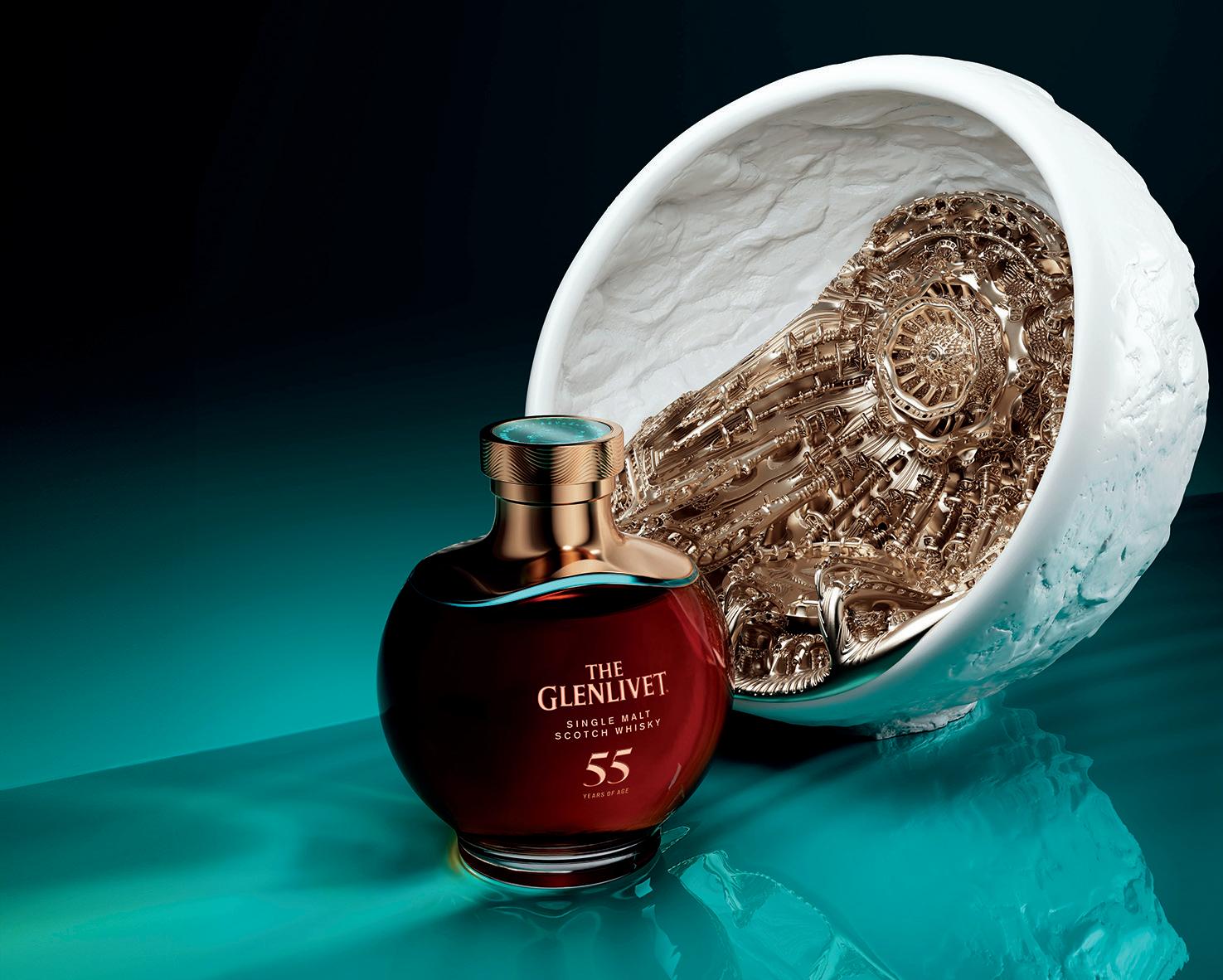
The Glenlivet has unveiled the oldest and most ambitious expression to date to celebrate its 200th anniversary. The Glenlivet Eternal Collection, First Edition, 55-YearOld is crafted in collaboration with computational architect, Michael Hansmeyer. Move fast and dig deep: there are only 100 bottles available worldwide at €50,000 each. theglenlivet.com


The John Heah-designed Connaught Grill is tucked away at the back of the five-star Mayfair hotel and the inthe-know setting for sotto voce meetings in its leather-lined booth. The showstopping central josper grill roasts cuts of meat and fish to perfection, from Kobe beef to a Barnsley chop, but lighter fare is on offer too – such as heirloom beetroot with chilli aioli, served on bespoke marquetry tables by Mira Nakashima. the-connaught.co.uk
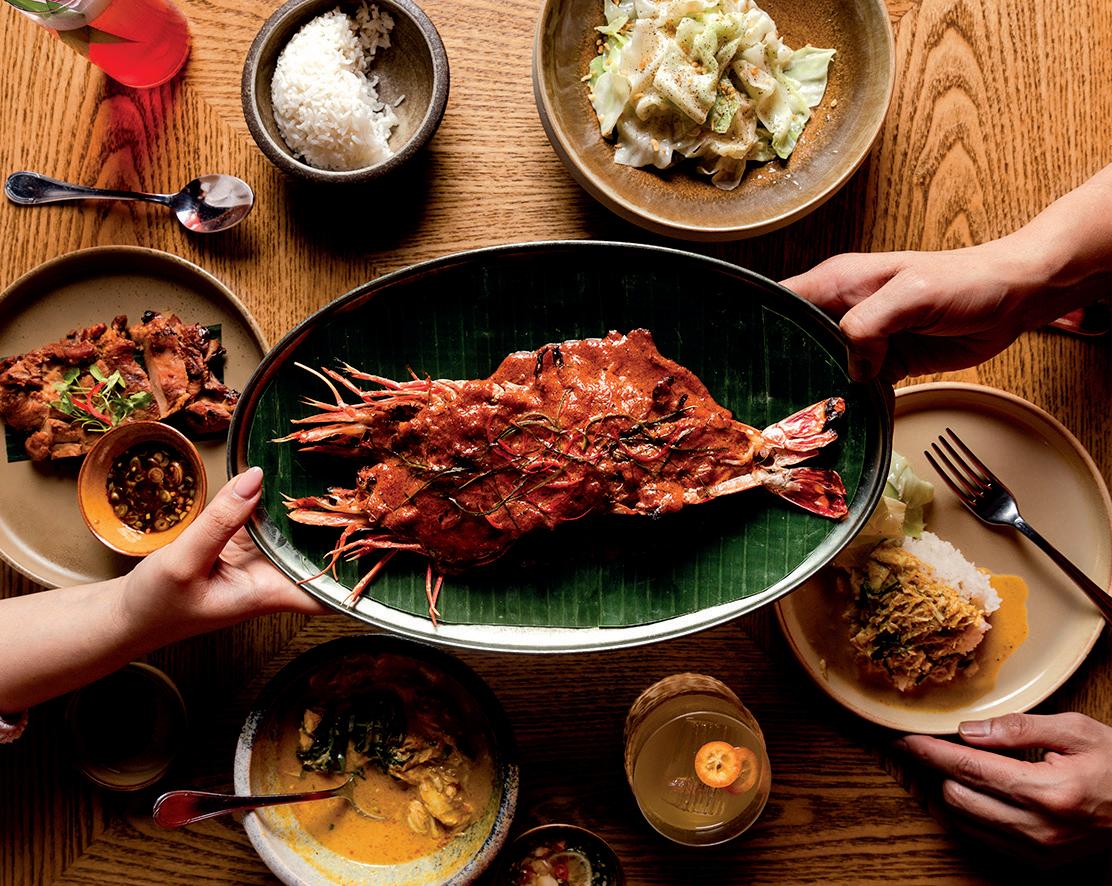
From the team behind Indian Jamavar comes Koyn, an elevated Thai restaurant on Grosvenor Street. A Chang Mai platter excites with roasted capsicum relish and spiced Thai sausage while the green papaya salad lifts with its spicy tamarind and chilli dressing. Don’t miss the signature whole crispy seabass with a ‘special’ sauce. The moody setting makes it an ideal date spot. koynrestaurants.com
One of the most sought-after sites on Chiswick High Road is now recrafted by the peerless JKS team, with dishes like prawn curry, delicious Indian bites such as chilli cheese toast and cauliflower bhajis. The Hound is a one-size-fits-all pub, but there are also plenty of Brit dishes, from black pudding scotch eggs to Sunday roasts. Screens show all the latest sporting action, but there’s plenty of nooks to hide away in and children are welcome. thehound.london
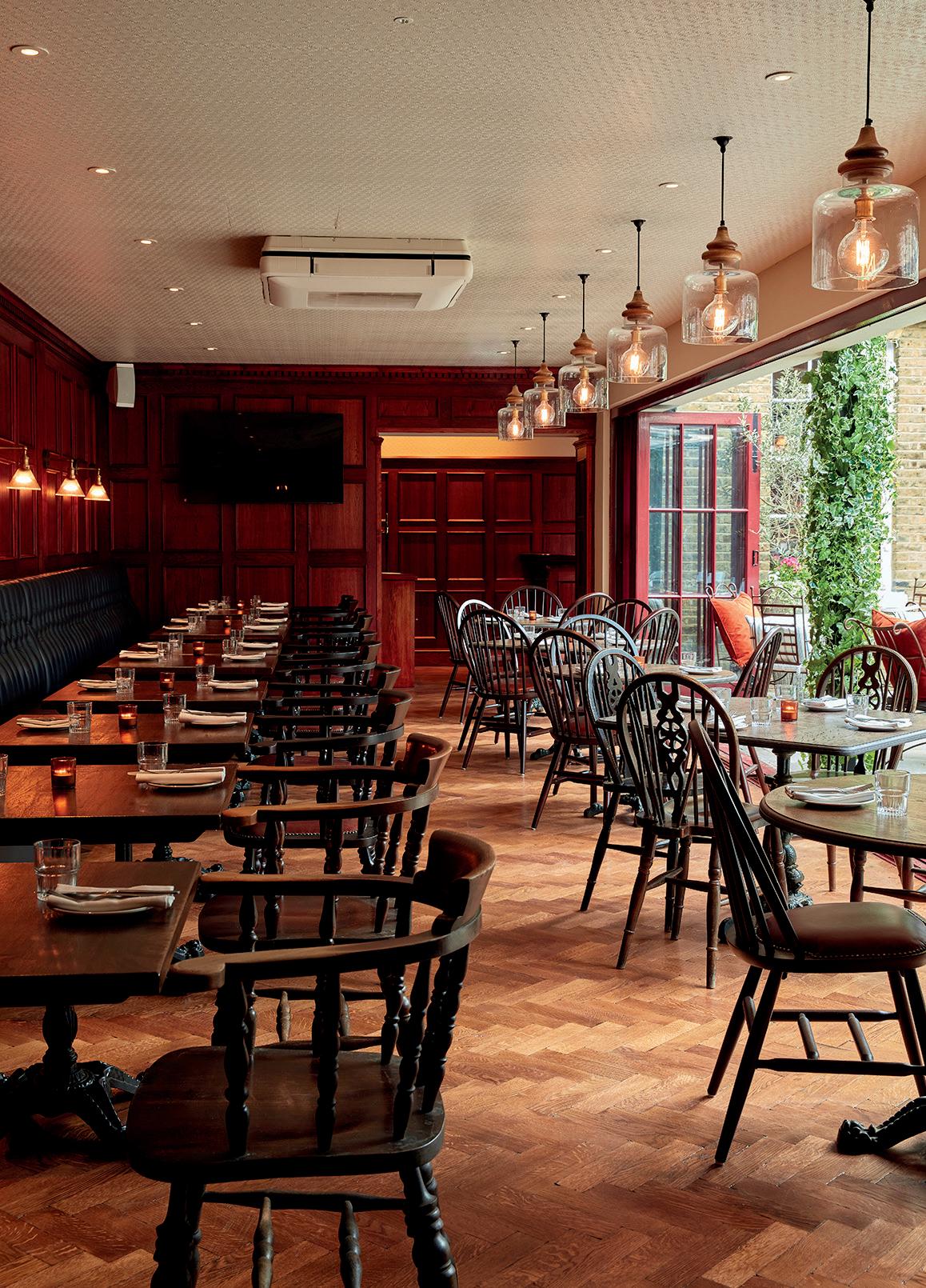








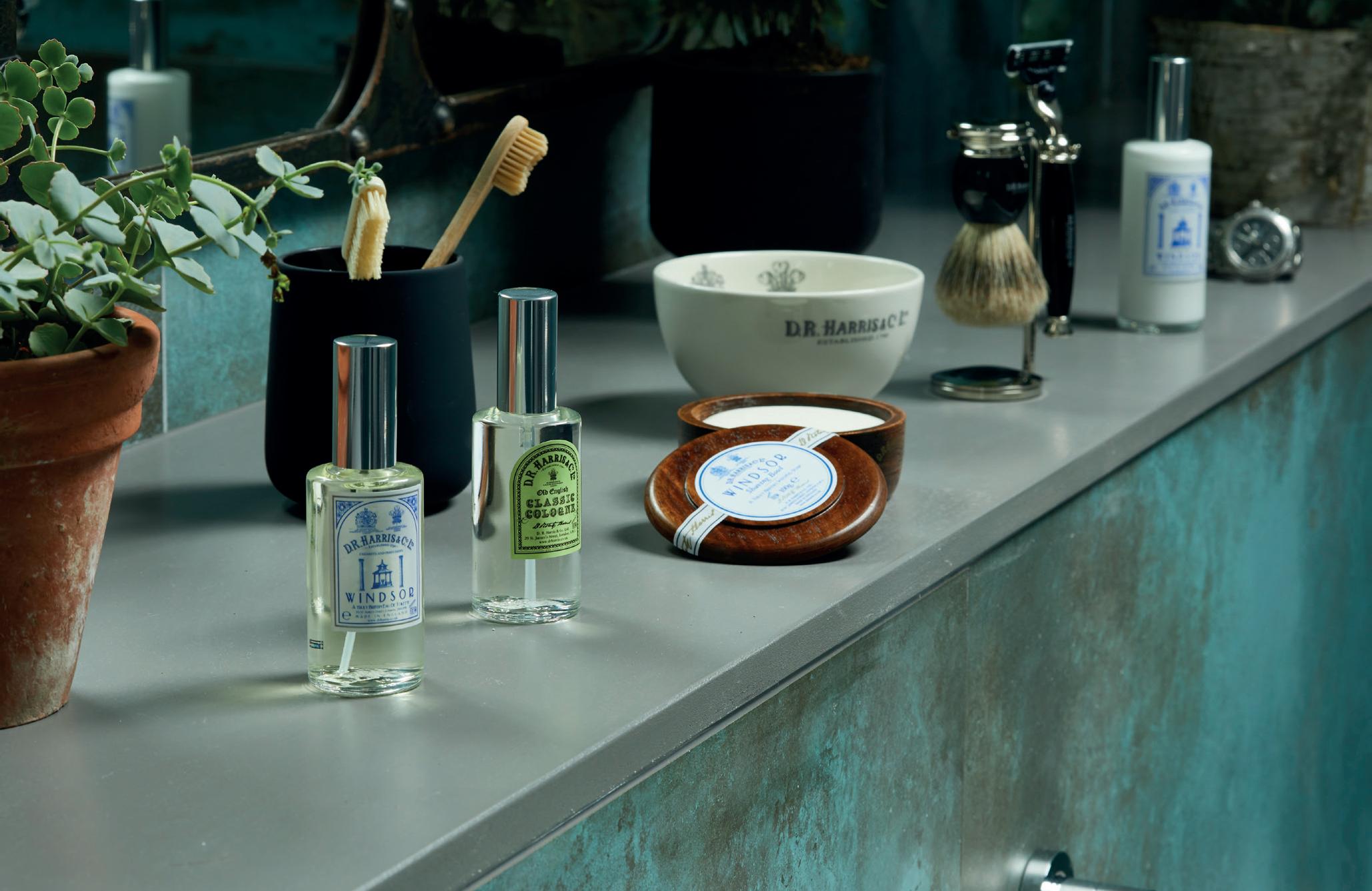
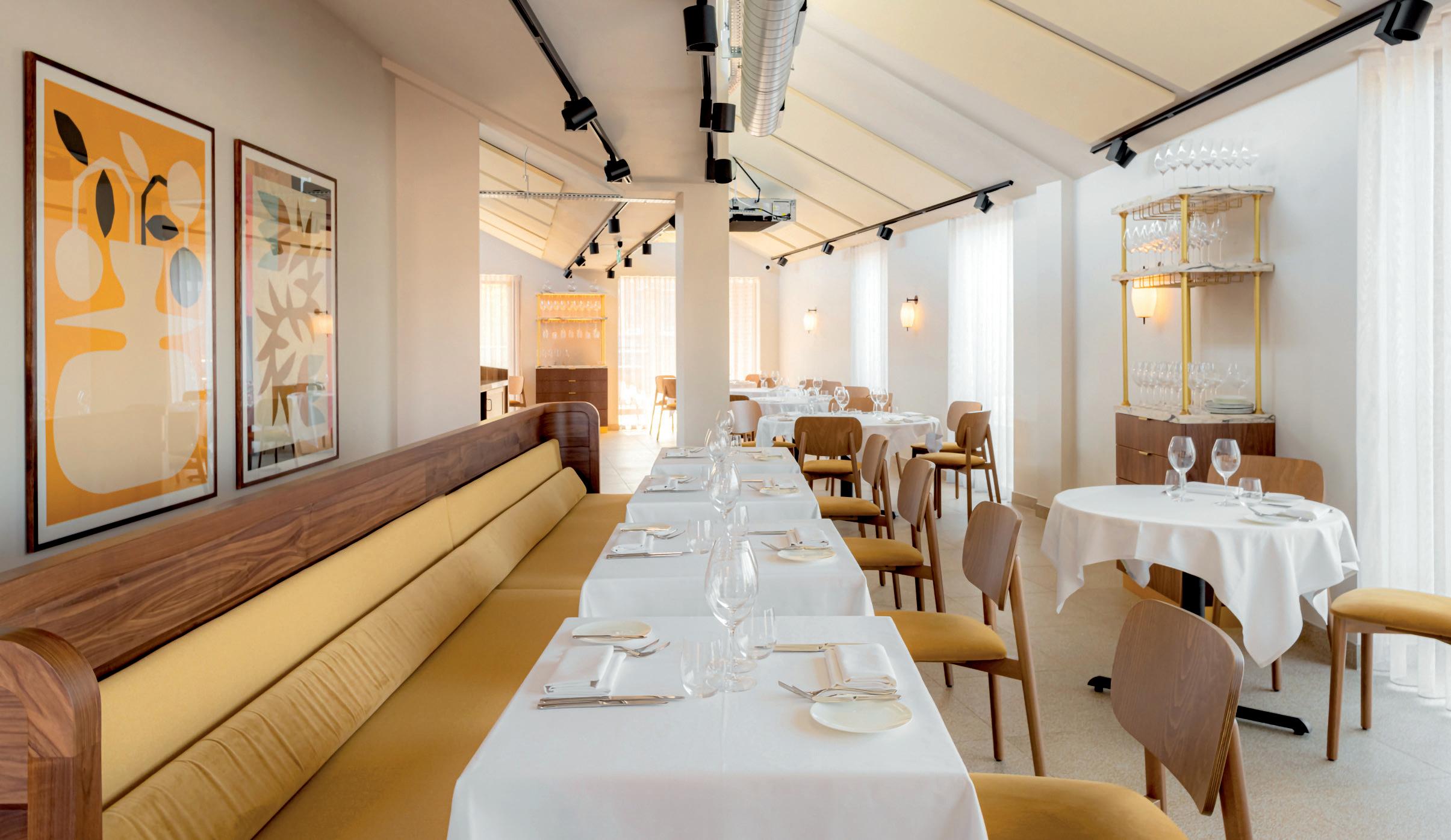
AN APPETITE FOR SUCCESS
Nestled in a quiet alleyway in Belgravia’s Eccleston Yards, this is a restaurant destined for brilliant things and the silken lobster linguine could be one of the dishes of the season. Cornus is from the team behind Chelsea institution Medlar, who are joined by executive chef Gary Foulkes and wine director Melania Battiston, offering finely tuned fare, such as a delicate handpicked Devon crab with avocado, lime and wasabi. Leave space for cheese with oatcakes and walnut sourdough and the divine brown sugar custard tart with blackberries and fig leaf. A stellar wine list uncorks sparklers such as the Petit Clergeot Champagne. cornusrestaurant.co.uk
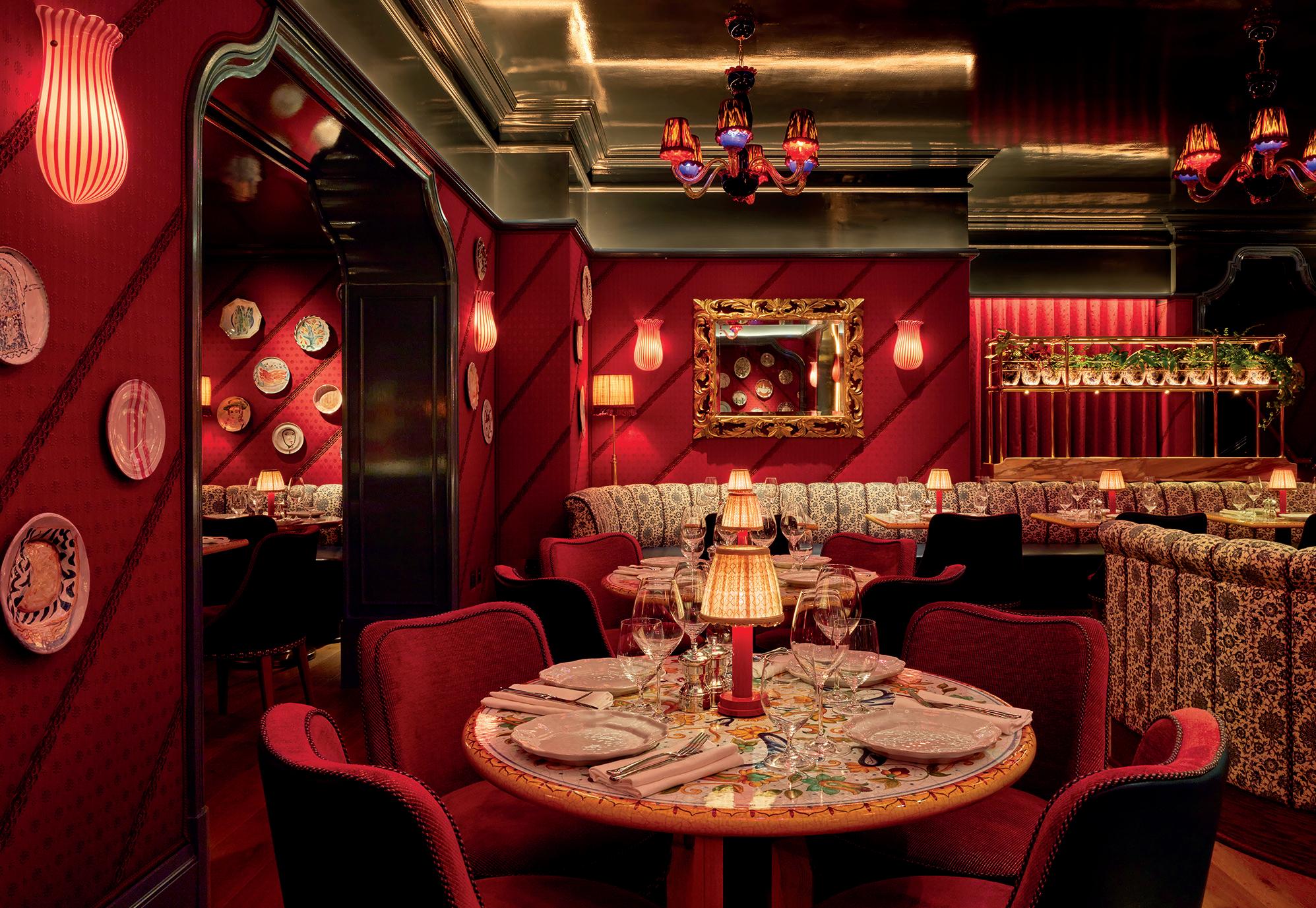
Designer Martin Brudnizki has cast his recognisably flamboyant wand over the Broadwick Soho, a maximalist hotel from founder Noel Hayden. With aesthetic nods to the dens and late-night bars of the district in the form of mirrors, botanical banquets and velvet chairs, red walls are adorned with prints by Andy Warhol and Francis Bacon. Start with a 1970s inspired rooftop cocktail at Flute, such as the Sid and Nancy, made with Bulleit chocolate bourbon distillate, rhubarb and Aperol, before heading to the Dear Jackie restaurant for Italian-style dishes such as yellowfin tuna with sunblushed tomato hollandaise, green beans, quails eggs and new potatoes and orecchiette with Romana courgettes. broadwicksoho.com

Dr. Mostafa Waziri
One of Egypt’s Heads of Antiquities
Dr. Khaled El-Enany
Egypt’s First Minister of Tourism & Antiquities
No one can tour Egypt like this –except for you, when you come and join us!
Dr. Zahi Hawass
World’s Most Famous Archaeologist
VIP tour of the Grand Egyptian Museum, the largest archaeological museum in the world
Private visits to the Giza Pyramids and Luxor Temple for a crowd-free experience
A chance to stand between the paws of the Great Sphinx instead of seeing it from a distance
Private entry to the Great Pyramid of Khufu, with a visit to chambers closed to the public
Private entry to the Valley of the Kings and King Tut’s Tomb
Tours of active excavation sites, including the newly discovered Lost Golden City
Special access to Taposiris Magna Temple, the likely long-lost resting place of Cleopatra
Travel in true royal style – stay in historic hotels, sail on a luxury Nile cruiser and savor the finest cuisine.
And many more once-in-a-lifetime experiences! START YOUR EXTRAORDINARY TOUR OF EGYPT TODAY Enjoy exclusive VIP access to Egypt’s greatest wonders

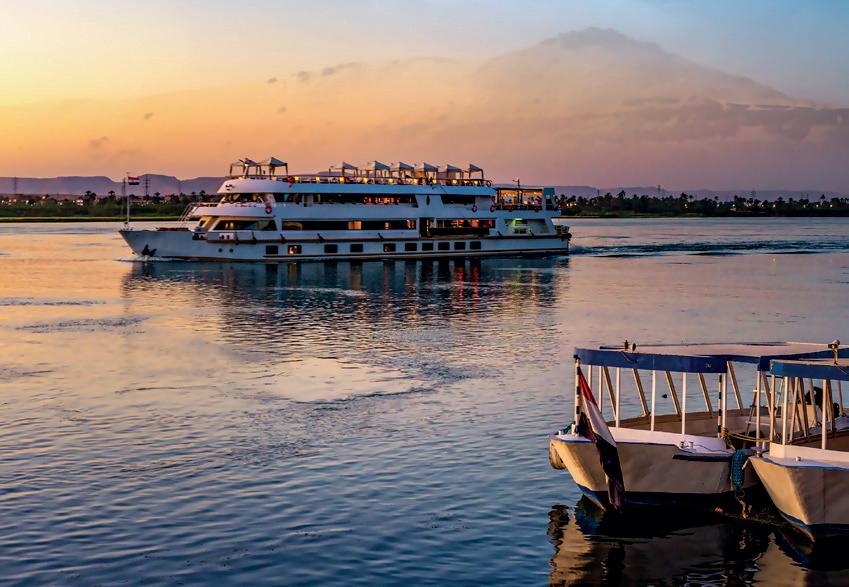


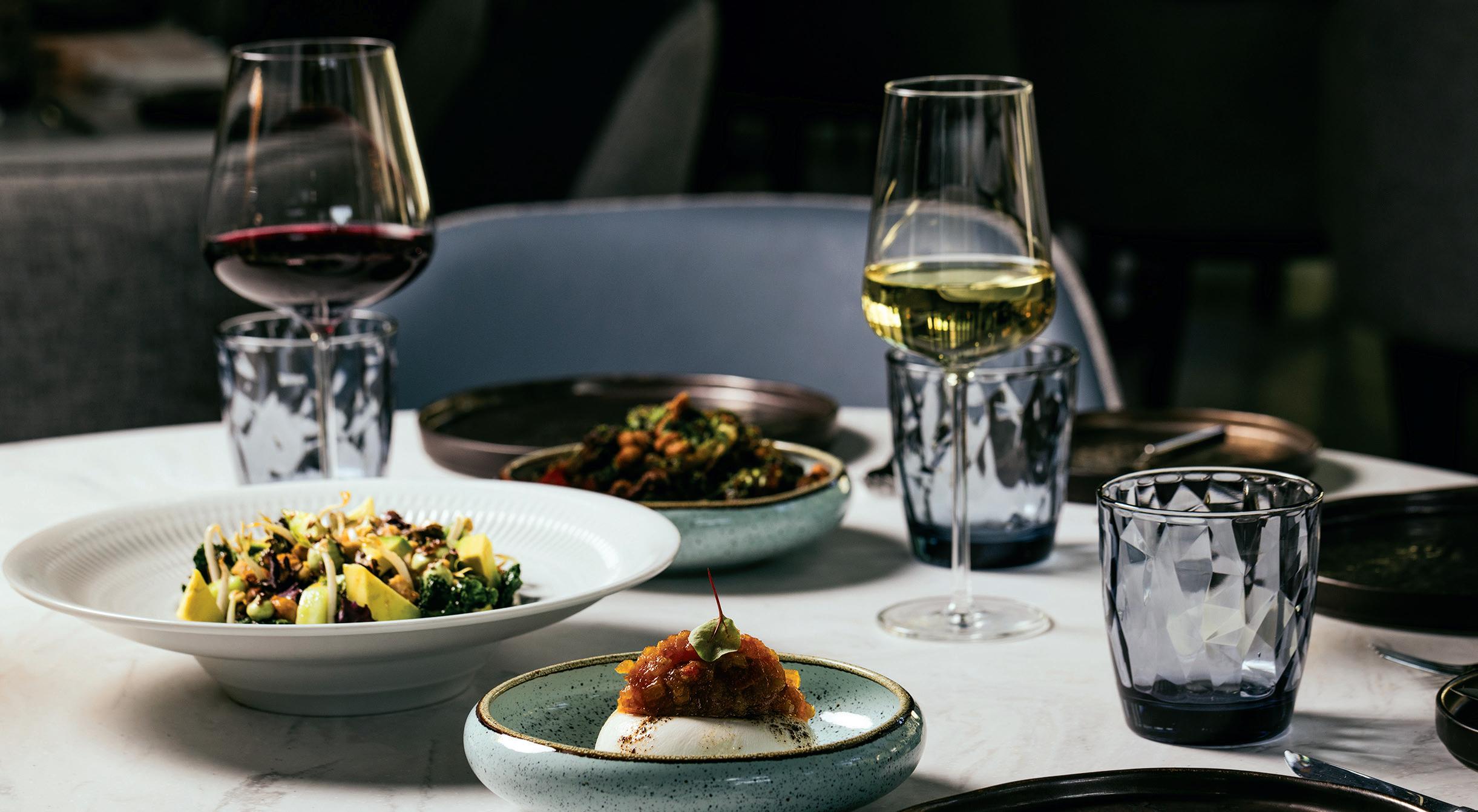
Escape from the bustle of Lisbon at the sleek, chic Martinhal Lisbon Oriente, situated a trot away from the wonderful aquarium. With a toy-filled kids’ club and new spa treatment rooms launching this autumn, it offers a sanctuary for all the family. Rooms from £115, martinhal.com

Its spacious rooms overlook one of the most impressive golf courses in Scotland. The friendly Dornoch Station hotel is awash with golfing and natureseeking tourists all year round who come together in its very convivial bar of an evening to sample its 52-bottle whisky collection. The light-filled main restaurant serves a delicious breakfast spread including homemade granola and locally smoked salmon. Marine & Lawn is expanding in Northern Ireland too with the upcoming launch of the Portrush Adelphi, set to open in February 2025, just in time for the next Open hosted in Portrush. Rooms from £159, marineandlawn.com
The HCA UK Medical Concierge Centre provides transfers to our network of exceptional private hospitals.
Bespoke and quick, we can help with an urgent referral or repatriation following an overseas accident. It’s that simple.
Our team has already safely moved patients from over 60 countries to our extraordinary care.

To find out more, speak to a member of our Concierge team today:
020 3993 0999

The new 50-room Mandarin Mayfair is the thrilling new kid on the block (or Hanover Square to be precise), with its bespoke de Gournay wallpaper, Akira Back and Dosa Korean restaurants and one of the slickest spas in London. Rooms from £1,000, mandarinoriental.com/en/london/mayfair

HEAD TO THE HAMPTONS Summer may be when Ralph Lauren (and the whole of Manhattan) takes over the Hamptons, but you can get away from the crowds as the leaves turn gold and russet. The Roundtree Amagansett offers s’more toasting around a campfire, horseback riding in autumn leaves, wine tasting and pumpkin picking. Rooms from £573, theroundtreehotels.com
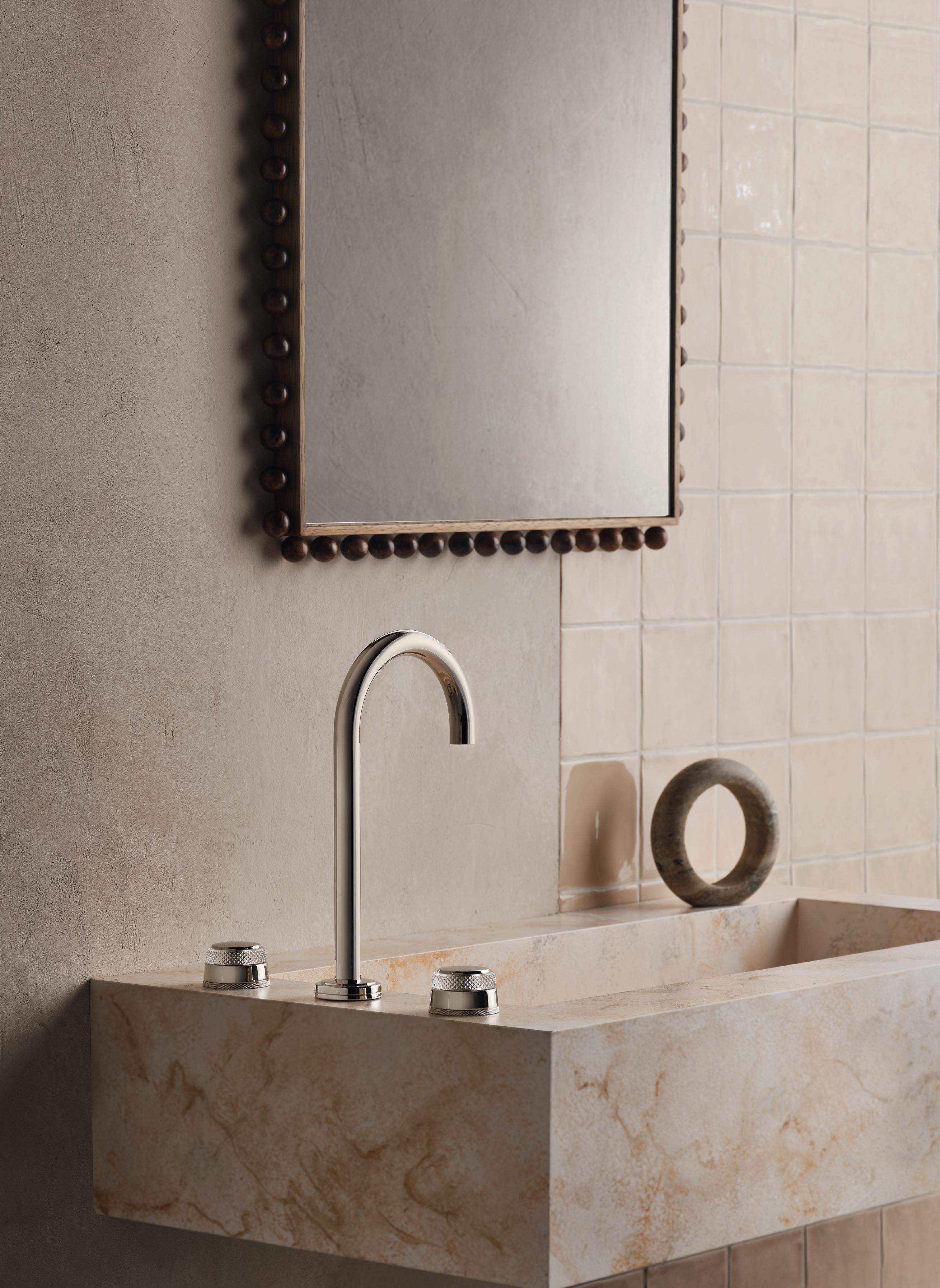
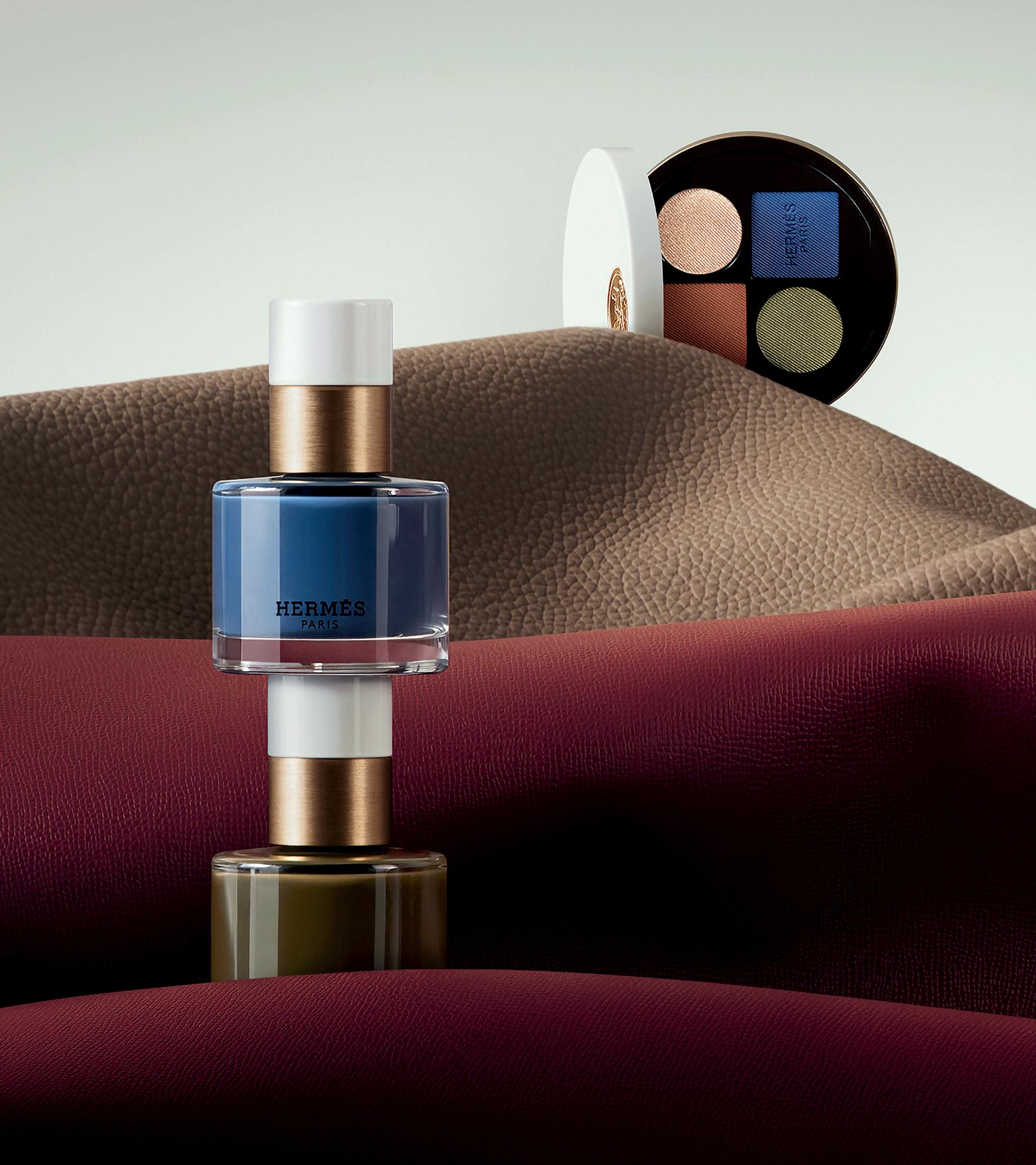
If sun and saltwater – followed by an abrupt return to cool temperatures and city pollution – have left your hair dry and lacklustre, it’s worth investing in a repairing regimen. French beauty brand Nuxe’s first foray into haircare leverages the nourishing power of fermented pink camellia oil, and includes a pre shampoo treatment, 0% sulphate and 0% silicon shampoo and conditioner, and a leave-in cream. From £18, nuxe.com
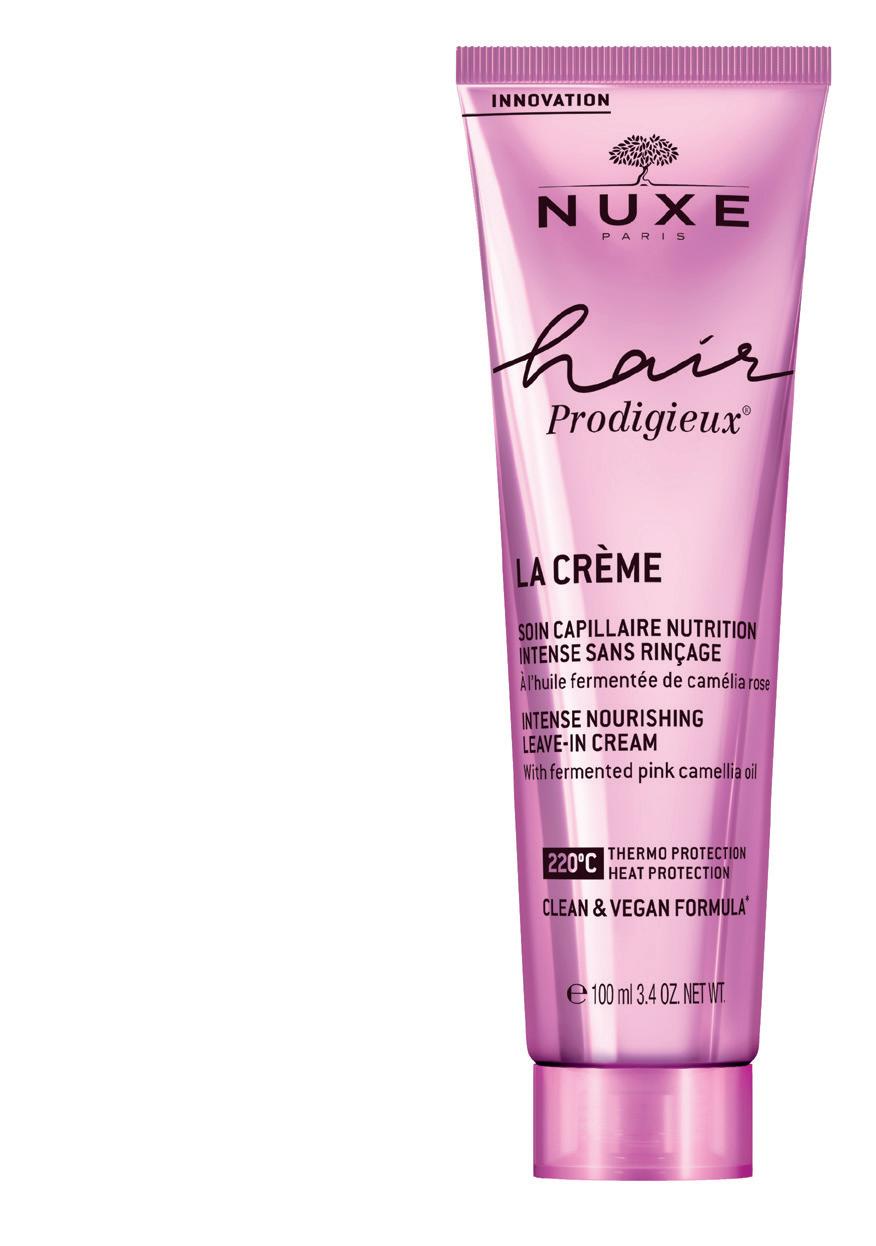
Drawing a link between warm summer days and cool winter breezes, the colour blue and the sensuality of leather are the inspiration for Hermès Beauty’s autumn/winter collection. The capsule has three new lipsticks, two shades of nail polish and an eyeshadow palette, with packaging designed by Pierre Hardy. hermes.com
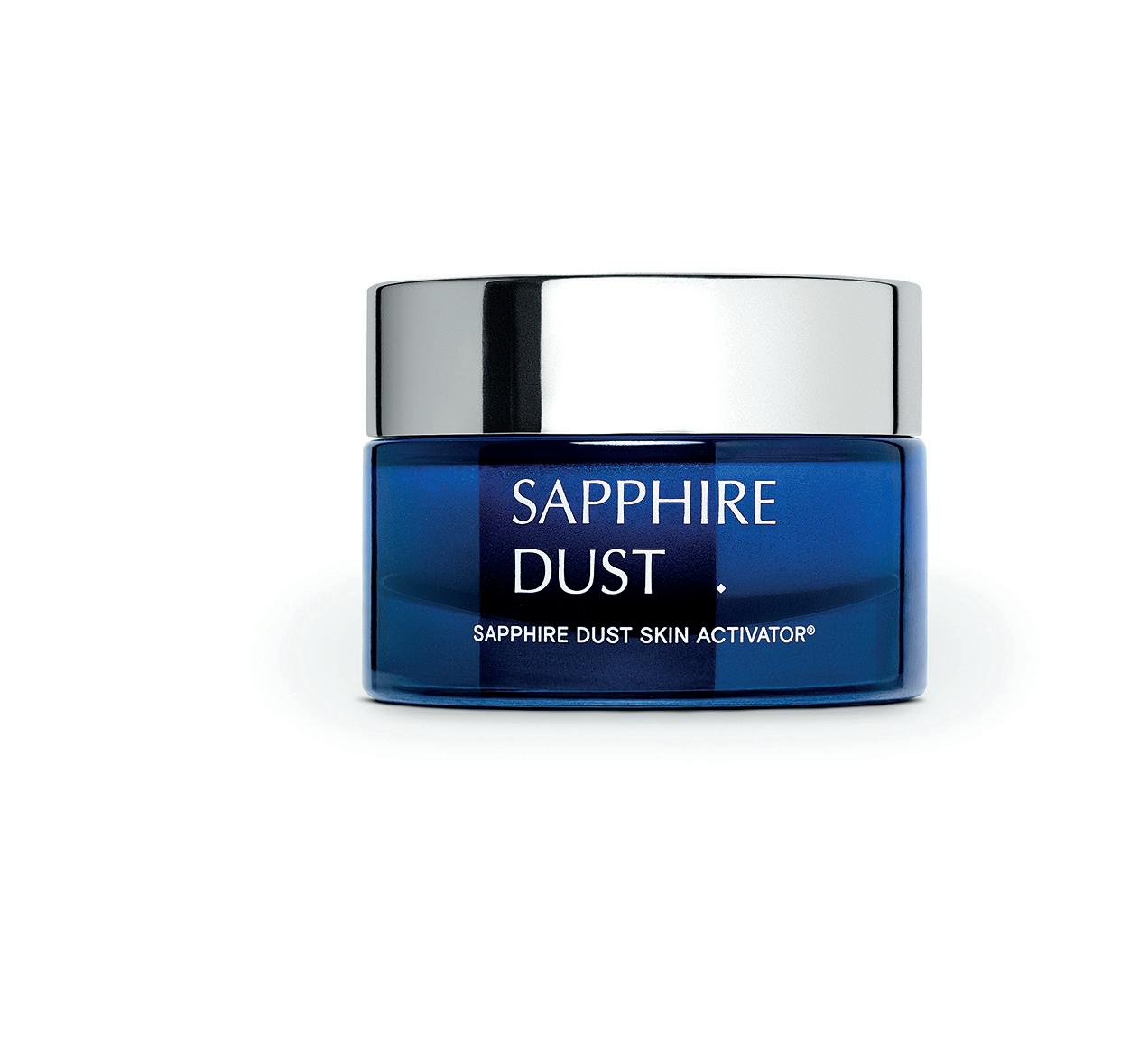
The brainchild of Harley Street aesthetic doctor Dr Dayal Mukherjee, new skincare line Sapphire Dust’s hero product, Skin Activator, combines pomegranate-derived enzymes with sapphire microparticles to exfoliate and accelerate the natural cell renewal process. £95, sapphiredust.com
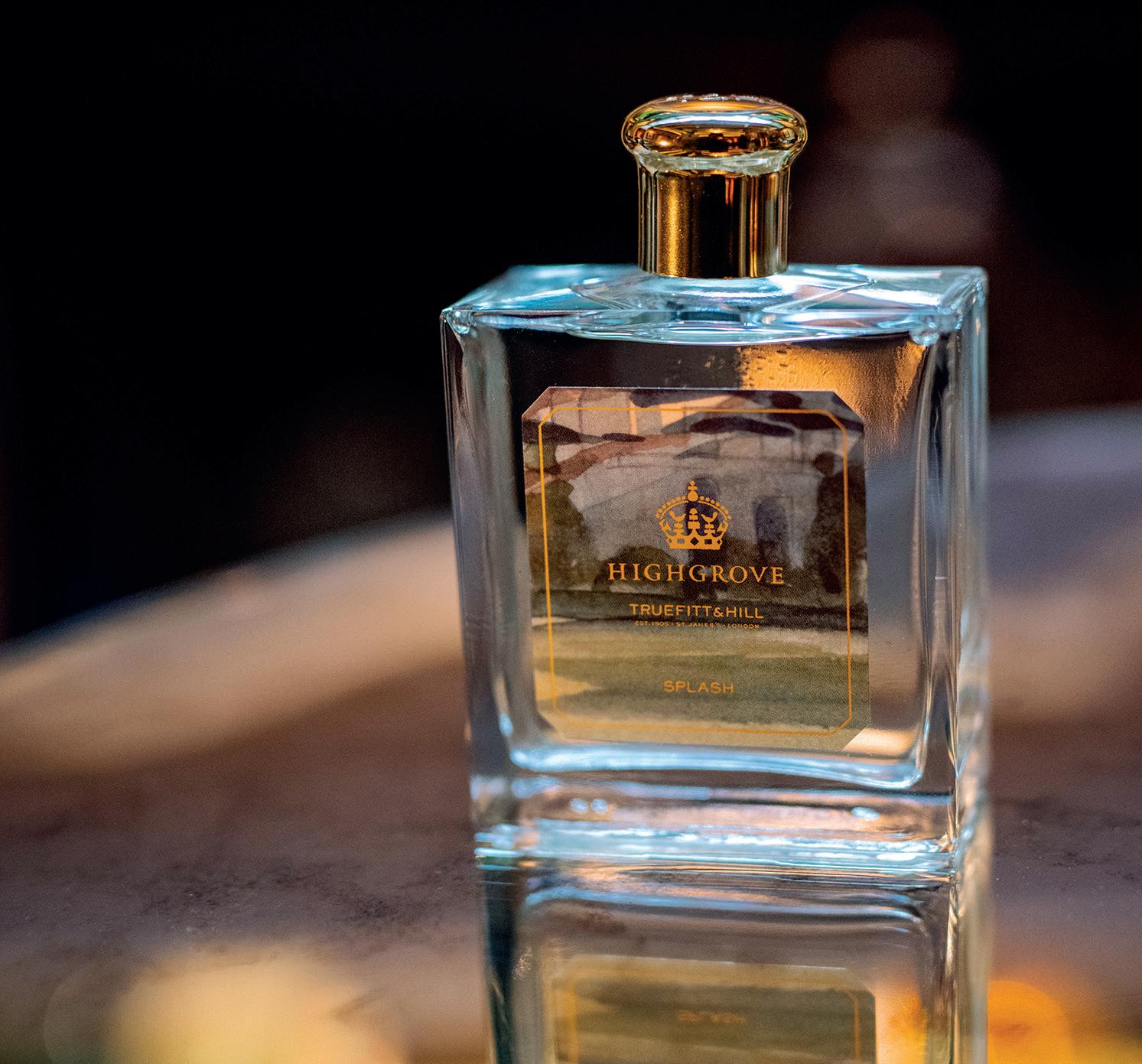
Joining Truefitt & Hill’s Highgrove collection – the range inspired by the King and Queen’s private garden – Highgrove Splash pairs vibrant citrus notes with lavender, vetiver and signature cedar wood. 10% of net proceeds will be donated to The King’s Foundation, which offers education courses for almost 15,000 students annually. £135, truefittandhill.co.uk
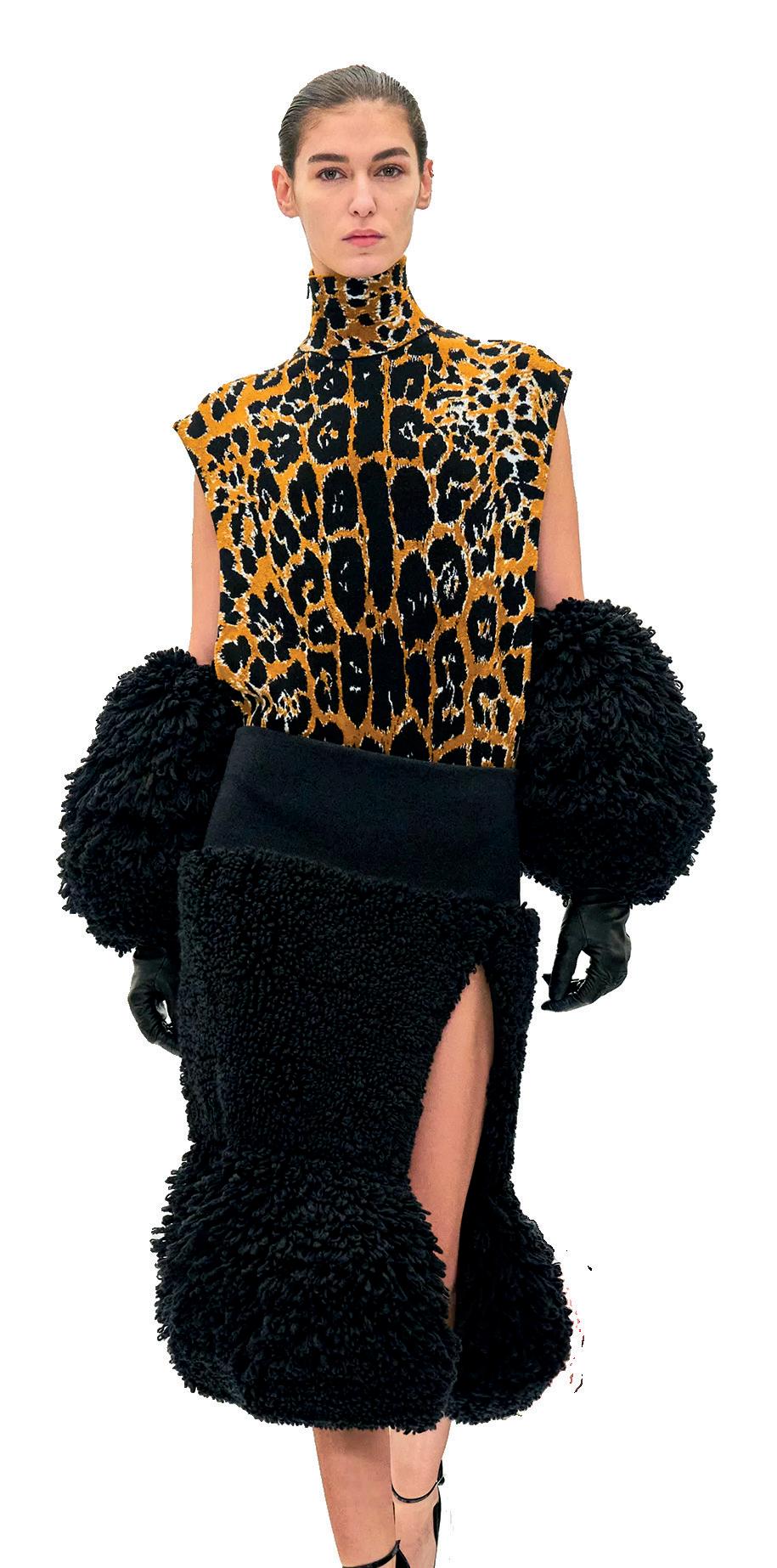
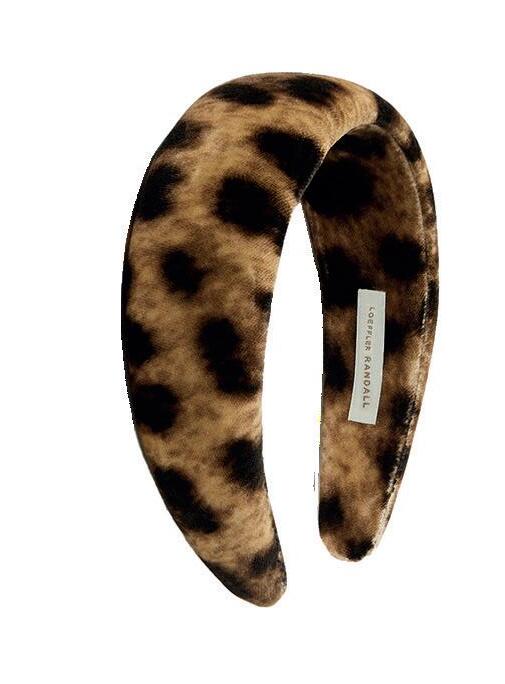
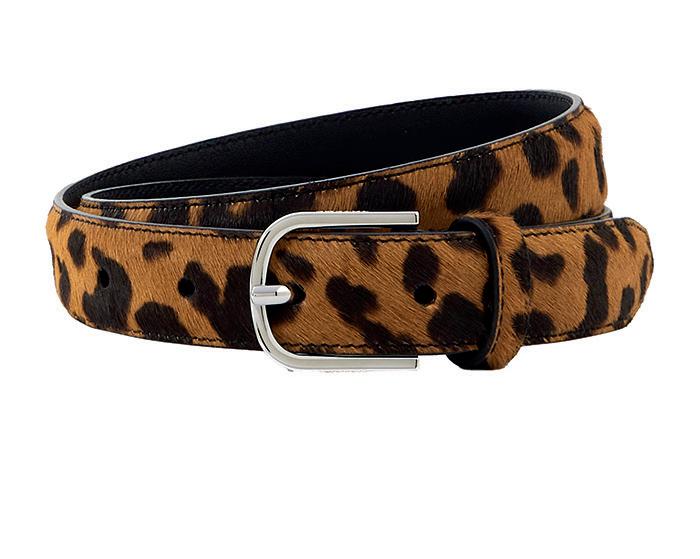

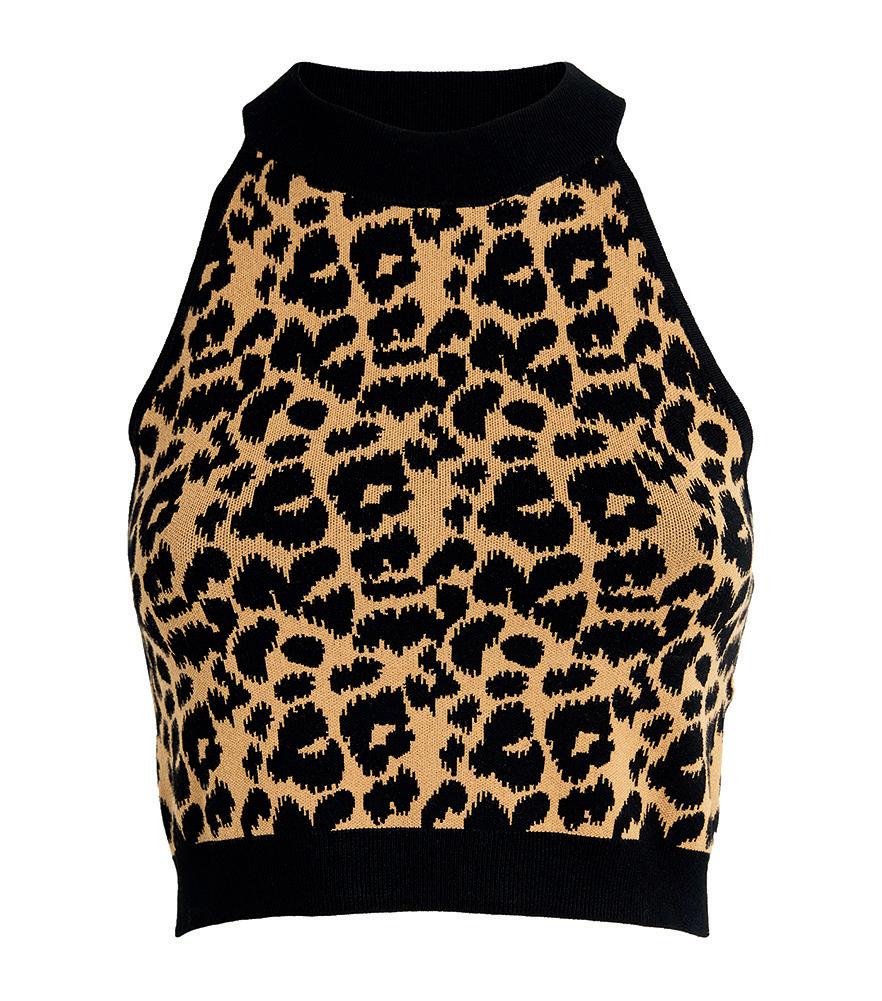
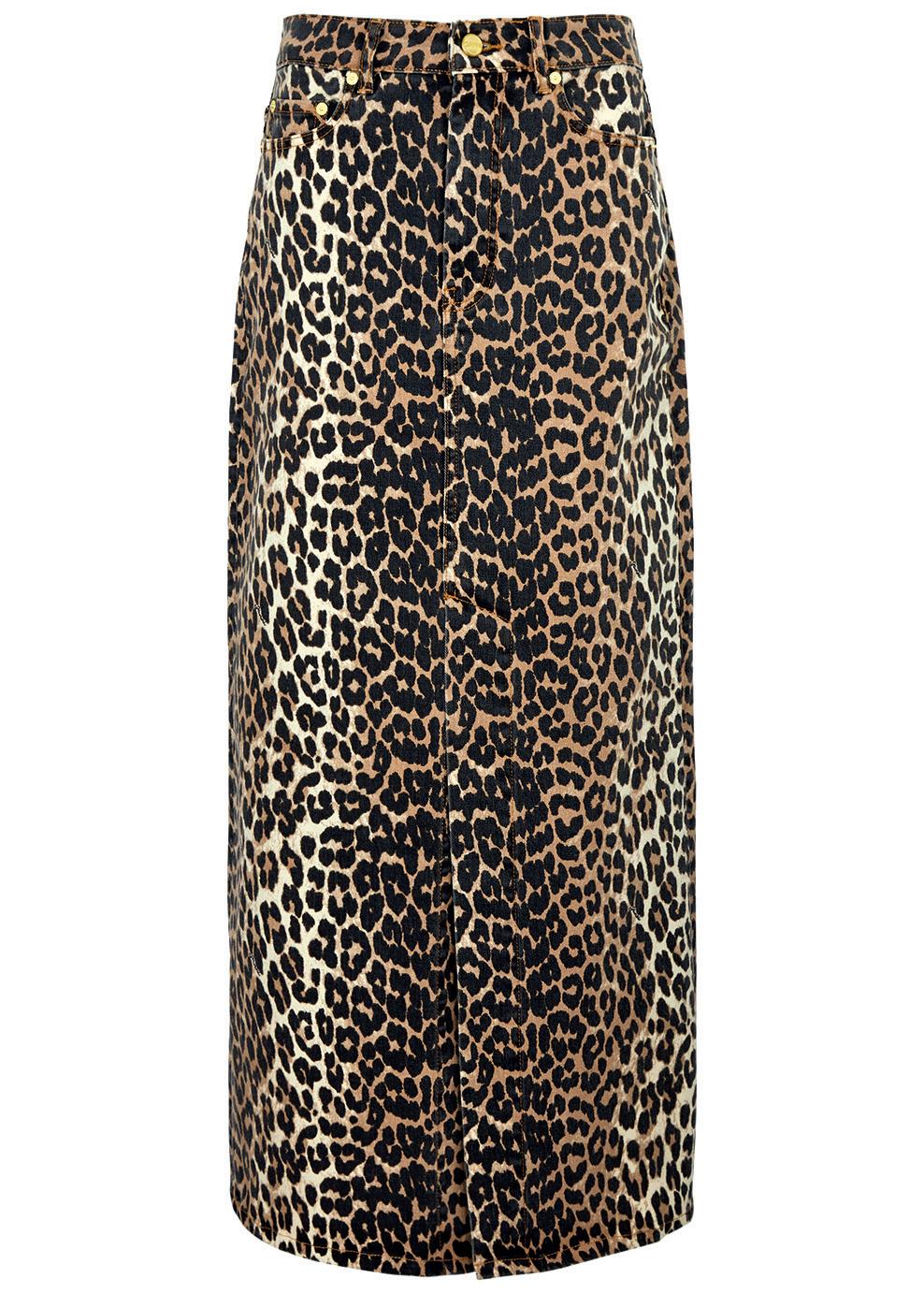

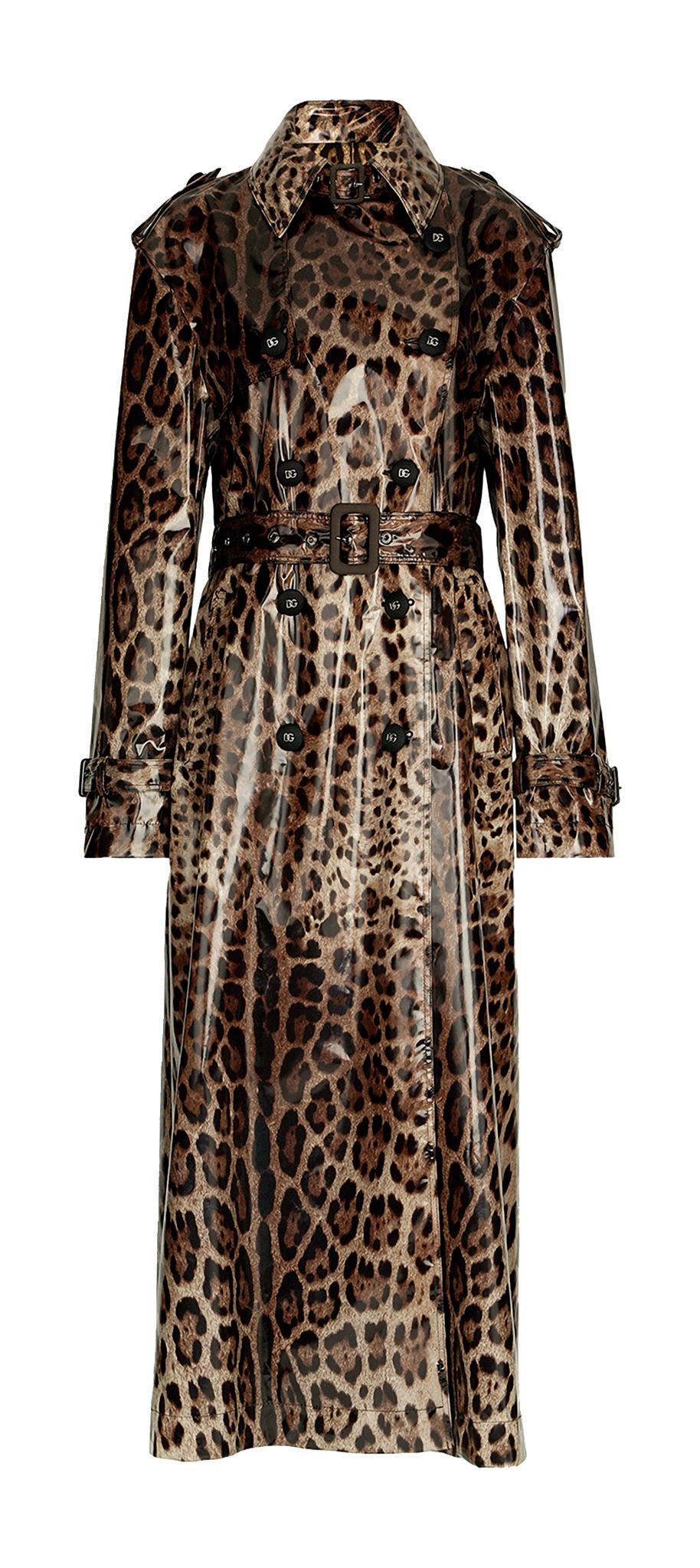


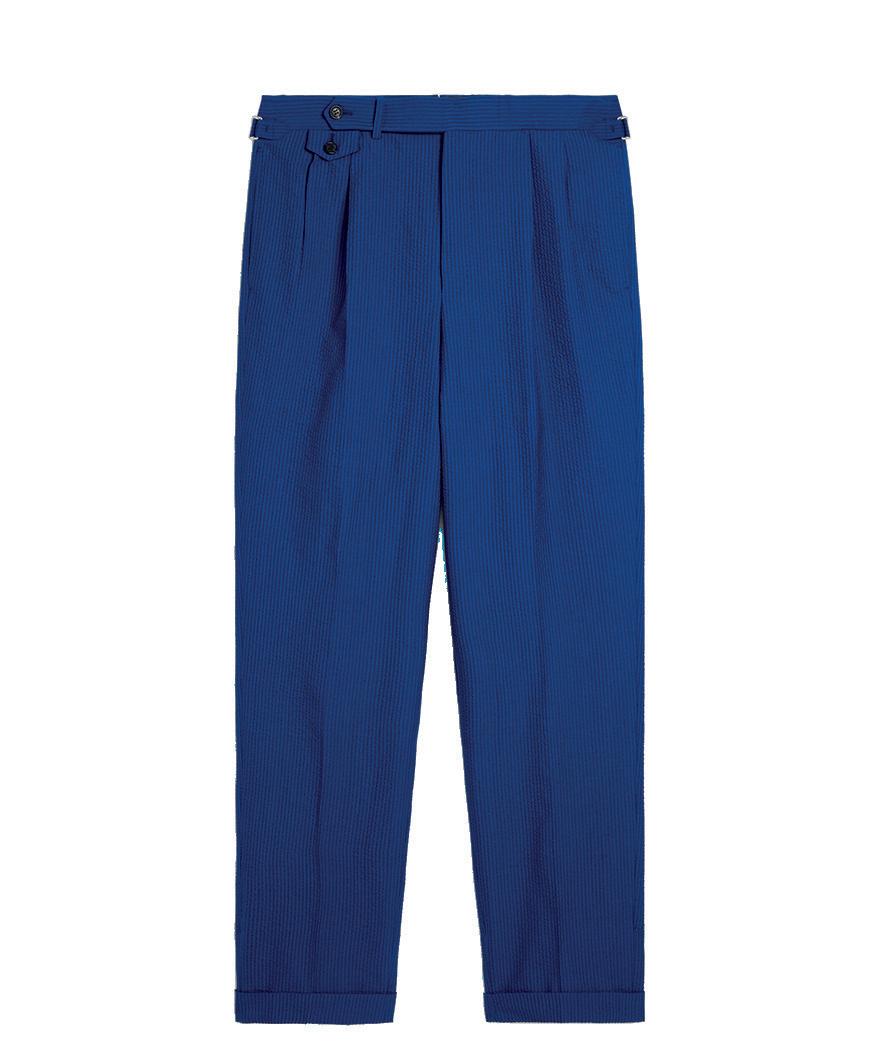
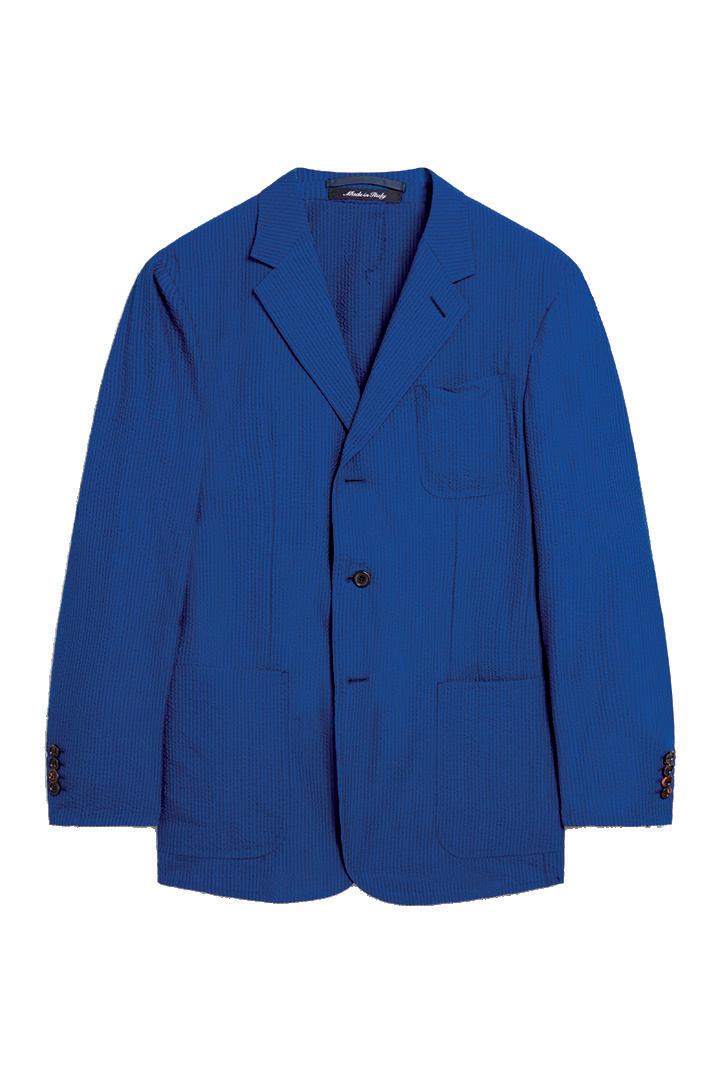
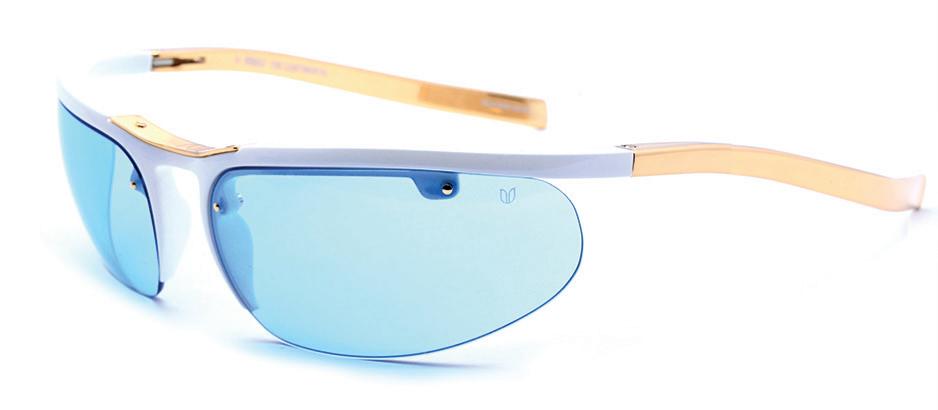

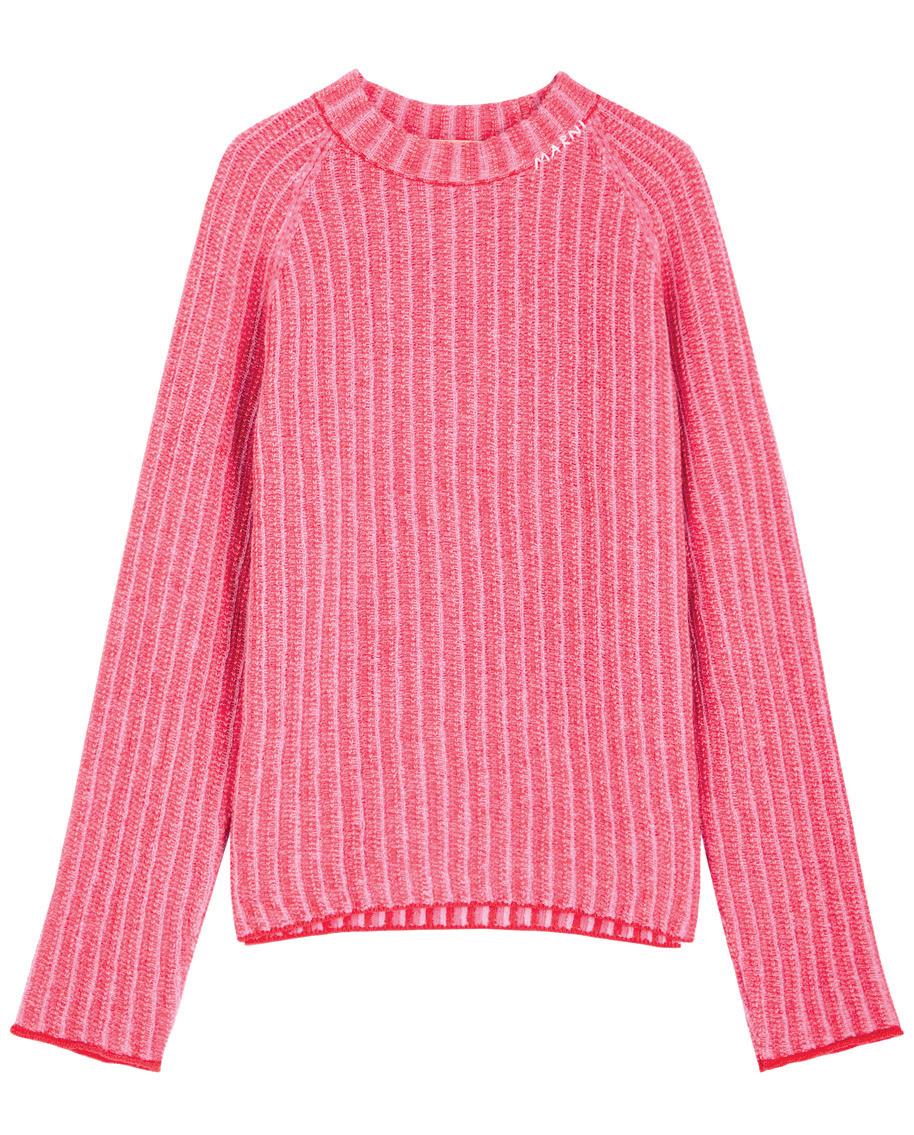
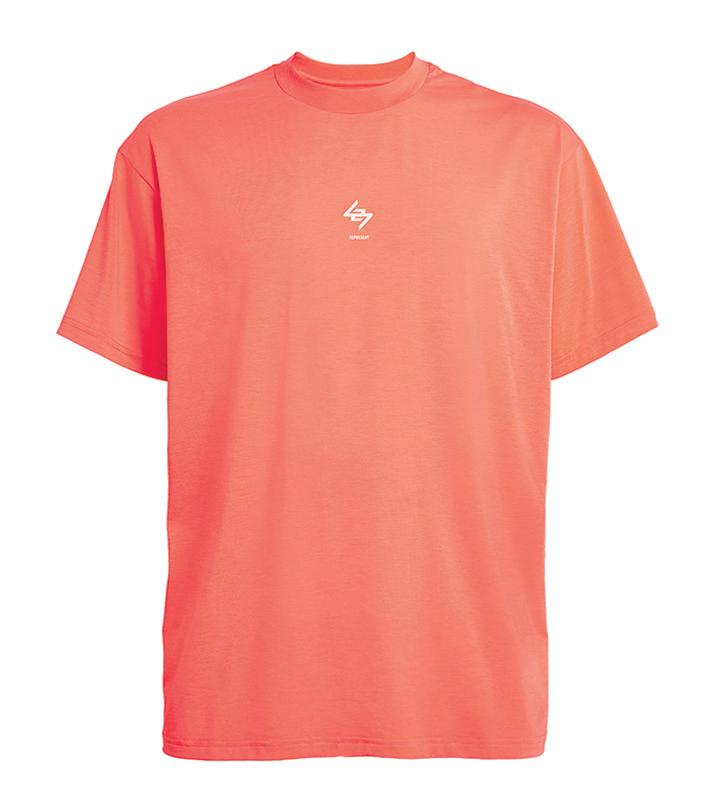
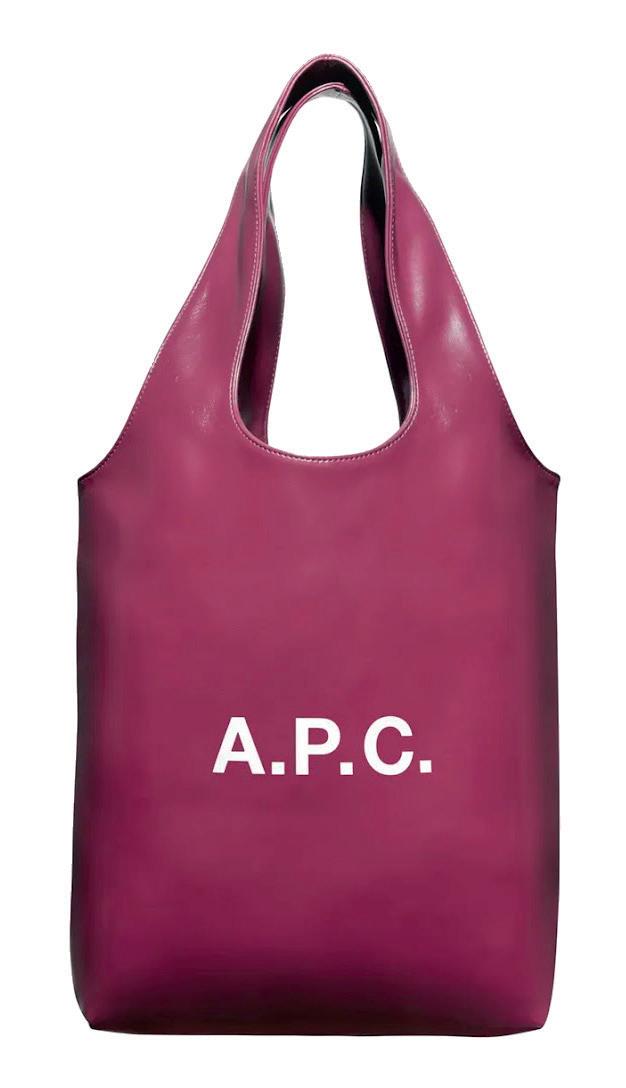
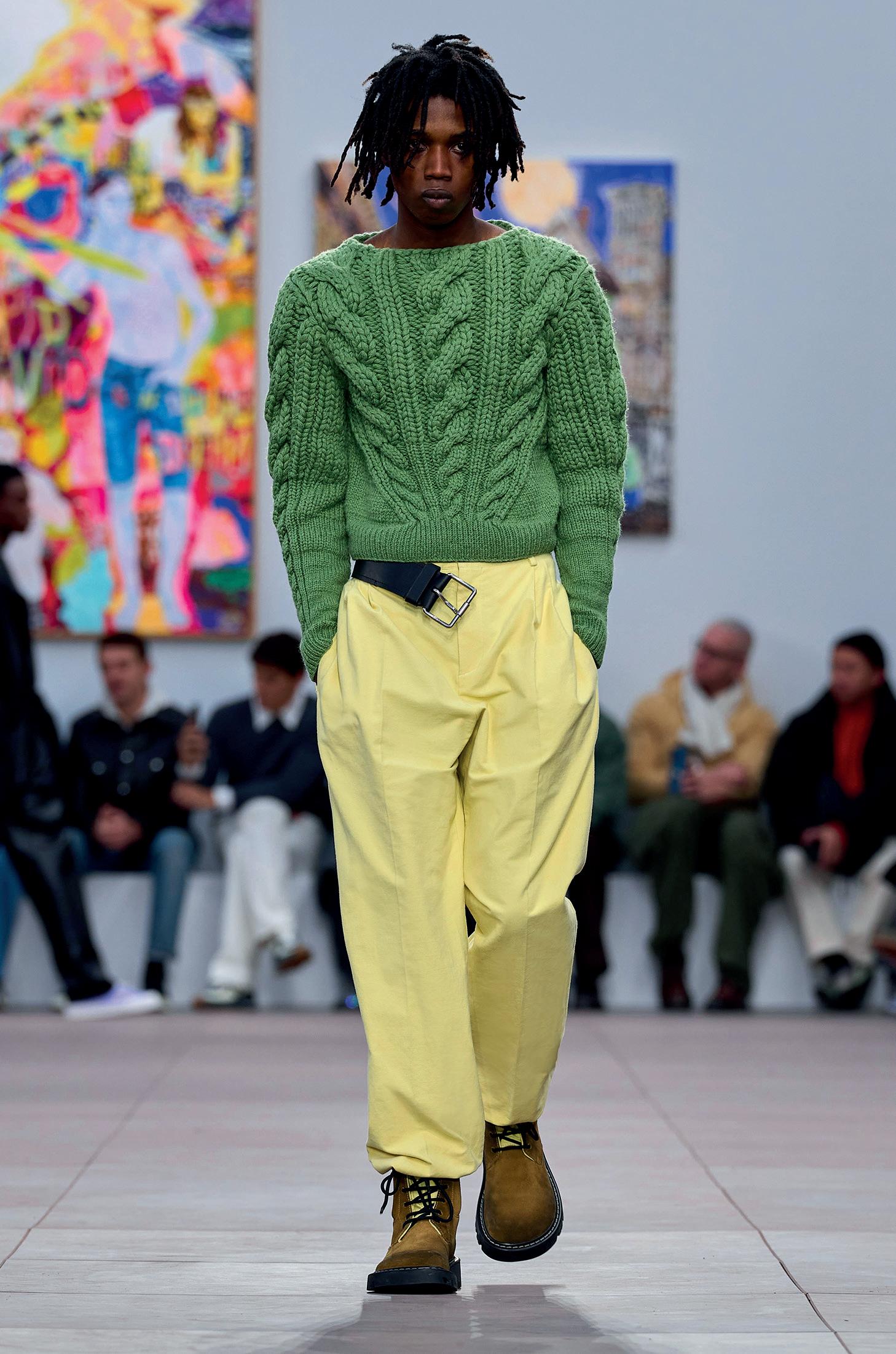

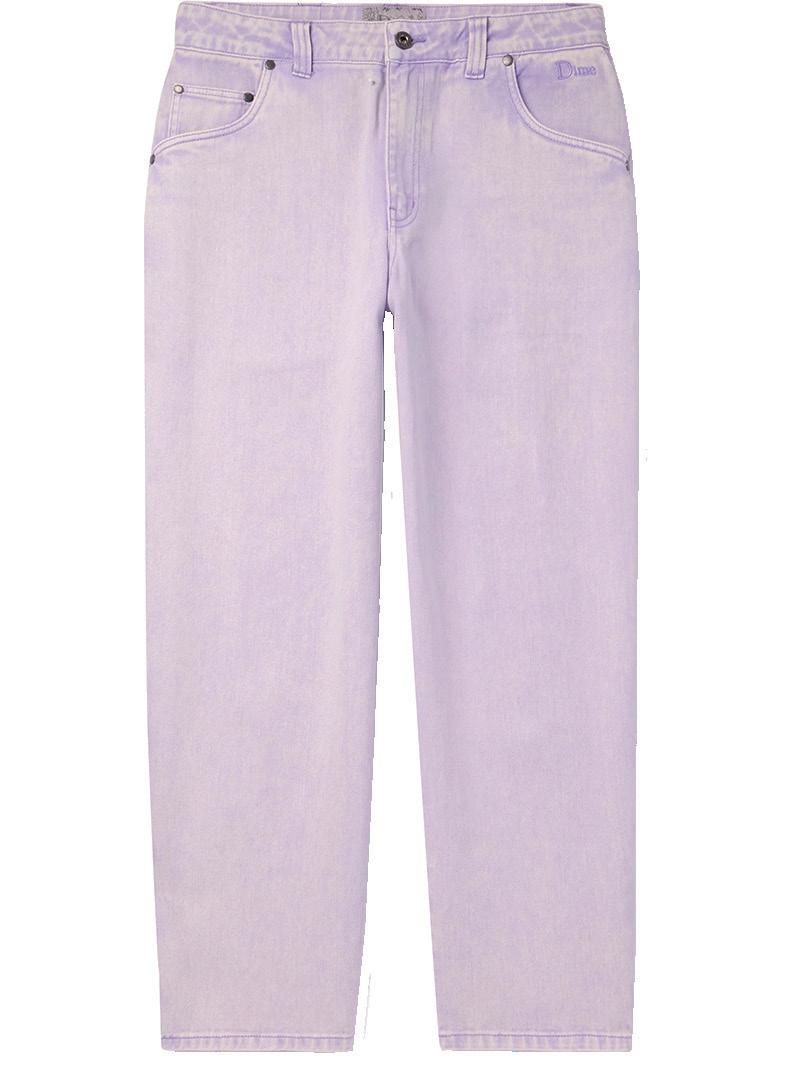
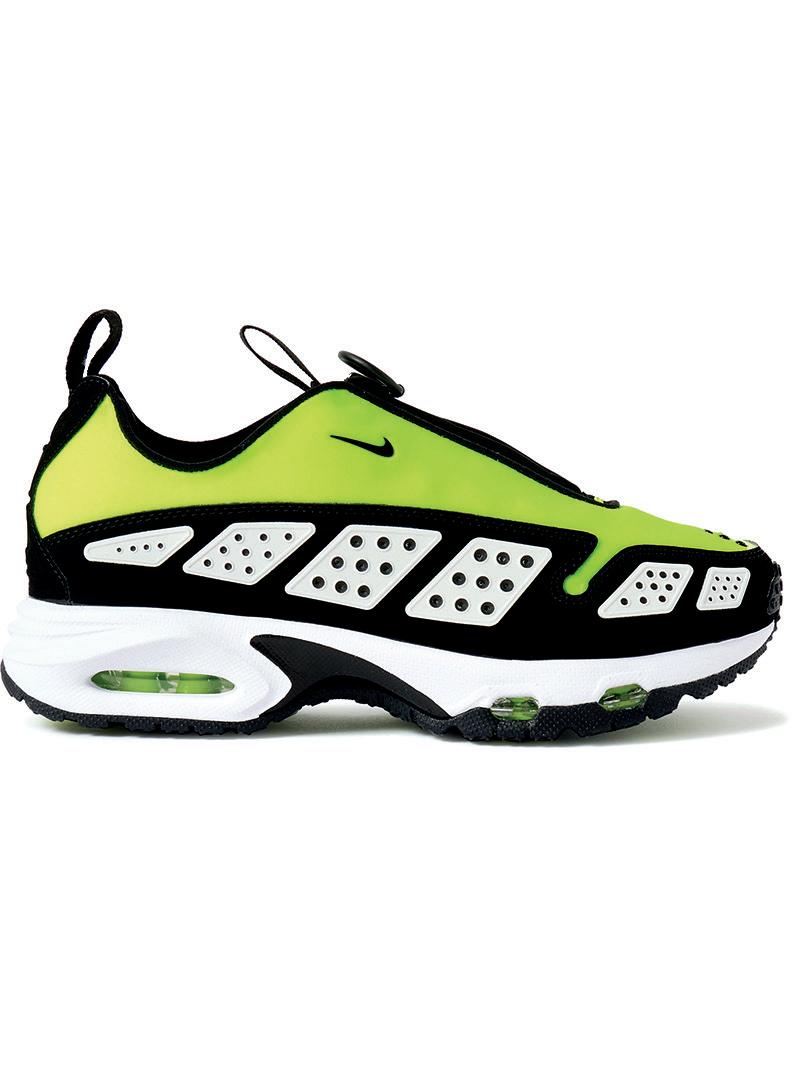

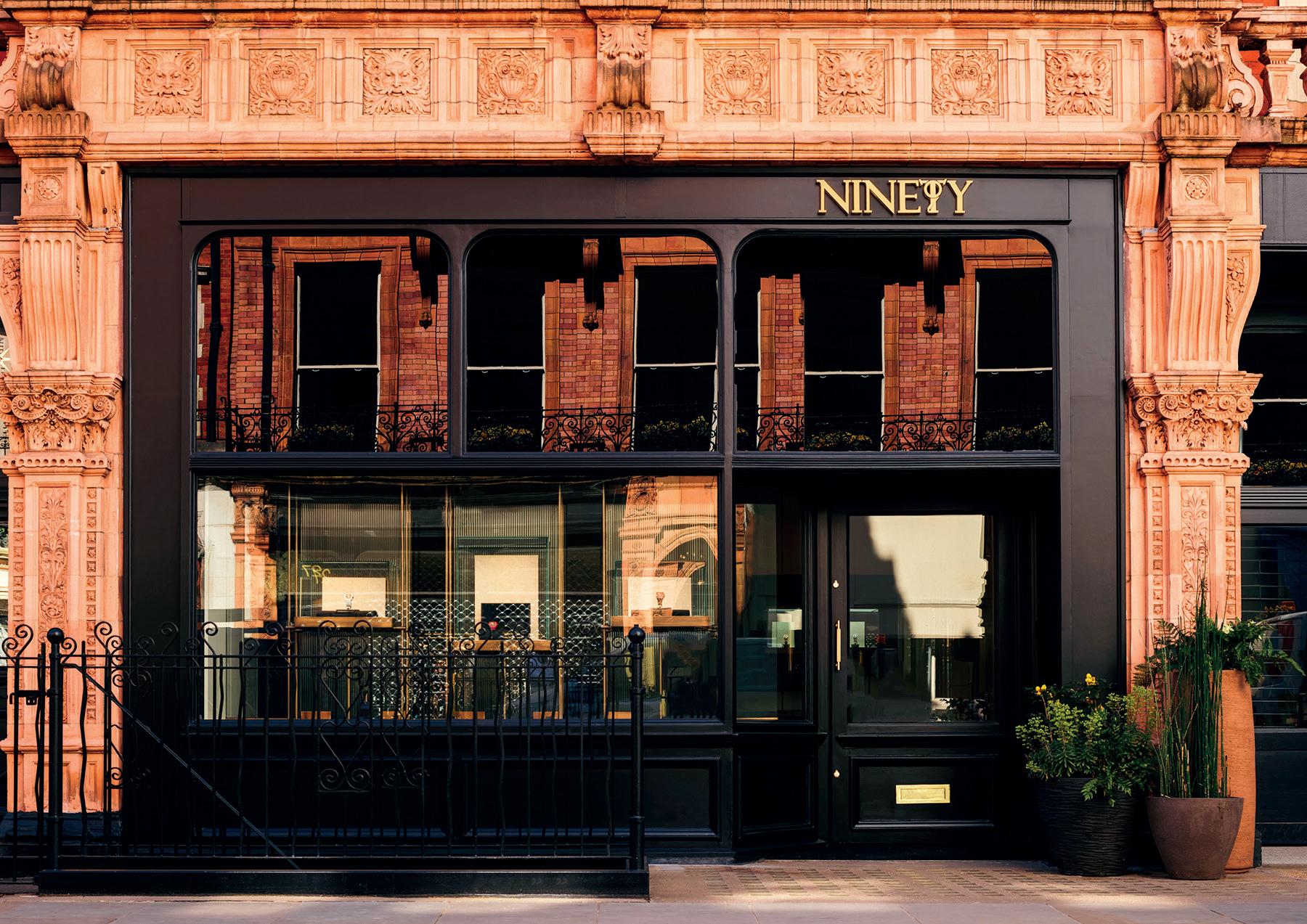
WORDS AVRIL GROOM
You can tell passionate artisans by the pride they take in completing a work or a restoration and how they admit to often being reluctant to let such individual pieces go. Anyone lucky enough to buy a Richard Mille watch from Ninety, the brand’s Mayfair salon for scrupulously restored, pre-owned time pieces, will be glad it has passed through the highly skilled hands of Thomas Mason (pictured), who trained in his craft at Mille’s Swiss HQ and is even qualified to dismantle, repair and rebuild the fiendishly complex tourbillon movement.
It is hard at first to see why even early models from a brand only 23 years old would be viewed as historic. Still, each style is so individual, and the development of materials and techniques so rapid, that early models – as sought-after as new ones – have a devoted following based on rarity and distinctiveness. “I love Mille’s attitude to innovative materials – such as carbon or quartz TPT – however striking but difficult to work with they are,” says Thomas. “They are supposed to be impossible, but we find a way.”
Mille produces a little over 5,000 watches a year, compared with Rolex’s estimated one million, and many of those are very limited editions, so Thomas receives a wide variety to restore. “That makes it interesting,” he
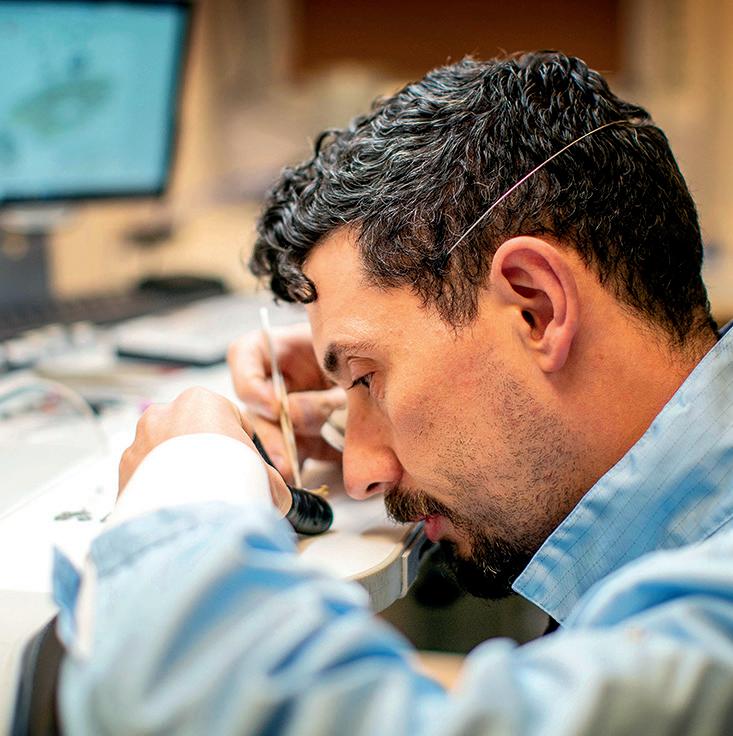
says. “Each design is very different, every part of it is there for a specific reason and sets a unique challenge for the watchmaker.” As he works on them over weeks or months, the movement of each watch is completely disassembled, the parts all cleaned, replaced where necessary and polished to perfection even in areas invisible to the owner, and that’s before he even starts on the dial and case. They become, he says, “like my babies, which is why I’m sad yet happy when they’re sold”.
He has an encyclopaedic knowledge of the Mille oeuvre, recognising the number each model is assigned, though some have a memorable name too. The need for his
restorative hand is not as dramatic as you might expect. Few suffer the catastrophic squashing that, according to legend, inspired the Cartier Crash, but wear and tear exact a toll – a watch makes many millions of oscillations in its lifetime if it is kept running and being worn, which Thomas firmly believes it should be. “If you keep a watch in its box, it won’t stay pristine because the lubricating oils will thicken and hinder its working when you eventually restart it,” he explains.
Of those currently gleaming from the store’s showcases he has two favourites – the RM 002-V2, an iconic 2005 titanium model with a beautiful satin finish, the power reserve subdial and tourbillon well-balanced visually, and classic Mille numerals, and the majestic RM 018 in ribbed white gold, selling for north of £1.5 million. Only 18 of the latter were completed because of the difficulty of making tiny gearwheels in fragile minerals edged with gold gear teeth. Restoration is controversial in vintage circles because it can erase authenticity and devalue the item. Thomas explains that he tries to “return the movement to new condition because it will run better for longer if it’s serviced every three to five years. But a little wear on the case is acceptable. It shows the watch has had a life.”
ninetywatchesandjewellery.com

WORDS JOSH SIMS
It’s the connoisseur’s choice – for those who want a little bit more than usual. And, of course, there’s the rarity factor too. After all, it is that much more exclusive,” says James Fox, marketing director of the esteemed English shoemakers Crockett & Jones. “It’s for those with a real appreciation for materials.”
Indeed, Fox isn’t singing the praises of any particular type of shoe, so much as a certain kind of leather, specifically cordovan. Even more specifically, it’s cordovan produced by the Horween Leather Company, a Chicagobased tannery that is also the United States’ oldest tannery – with which Crockett & Jones has been working for more than 40 years. It’s a material that has been available in just nine core styles from the shoemaker, to which it is now adding a further two – Lanark, a five-eyelet derby in dark brown ‘hatch grain’ cordovan, and Ascot, a split-toe
apron-fronted derby in burgundy. These will be the first cordovan shoes Crockett & Jones has put on a rubber sole, too. But here’s the kicker: customers can expect to pay a cool £250 premium on the equivalent shoes in calf leather. That puts these new shoes at £850 and £830 a pair respectively. That would give pause to anyone.
“But they would otherwise be exactly the same shoe, made in the exact same way,” stresses Fox. “All that premium price comes down to the material alone, because cordovan really does make for a more elevated product. And the fact is that cordovan just isn’t that readily available.”
That’s in terms of suppliers – Horween is, says Fox, the only producer in the world tanning to the standard suitable for its shoes and, thankfully, Crockett & Jones has been able to leverage both cash reserves and its long-standing relationship with the company
to build up strong cordovan reserves. But it’s also in terms of the 12-week, Goodyearwelted, manufacturing process.
Cordovan is a type of horse leather. Since horses aren’t part of the food chain in many places of the world, their skins are in very short supply. Given the processes involved in making cordovan, that’s in even shorter supply. It’s made from shell, a tight, fibrous connective tissue from the rear portion of a horse’s hindquarters. The hide is nourished with waxes and greases, brushed with oils and then aged for another 90 days in a process called currying, before being planed to reveal the shell. These shells are finally stained, dried, waxed and glazed using a glass roller to give a distinctive sheen. This, all before the material is turned into shoes… Yet, as impressive as this is, why pay so much more for it? Cordovan may be an ancient material; the original horse leather,
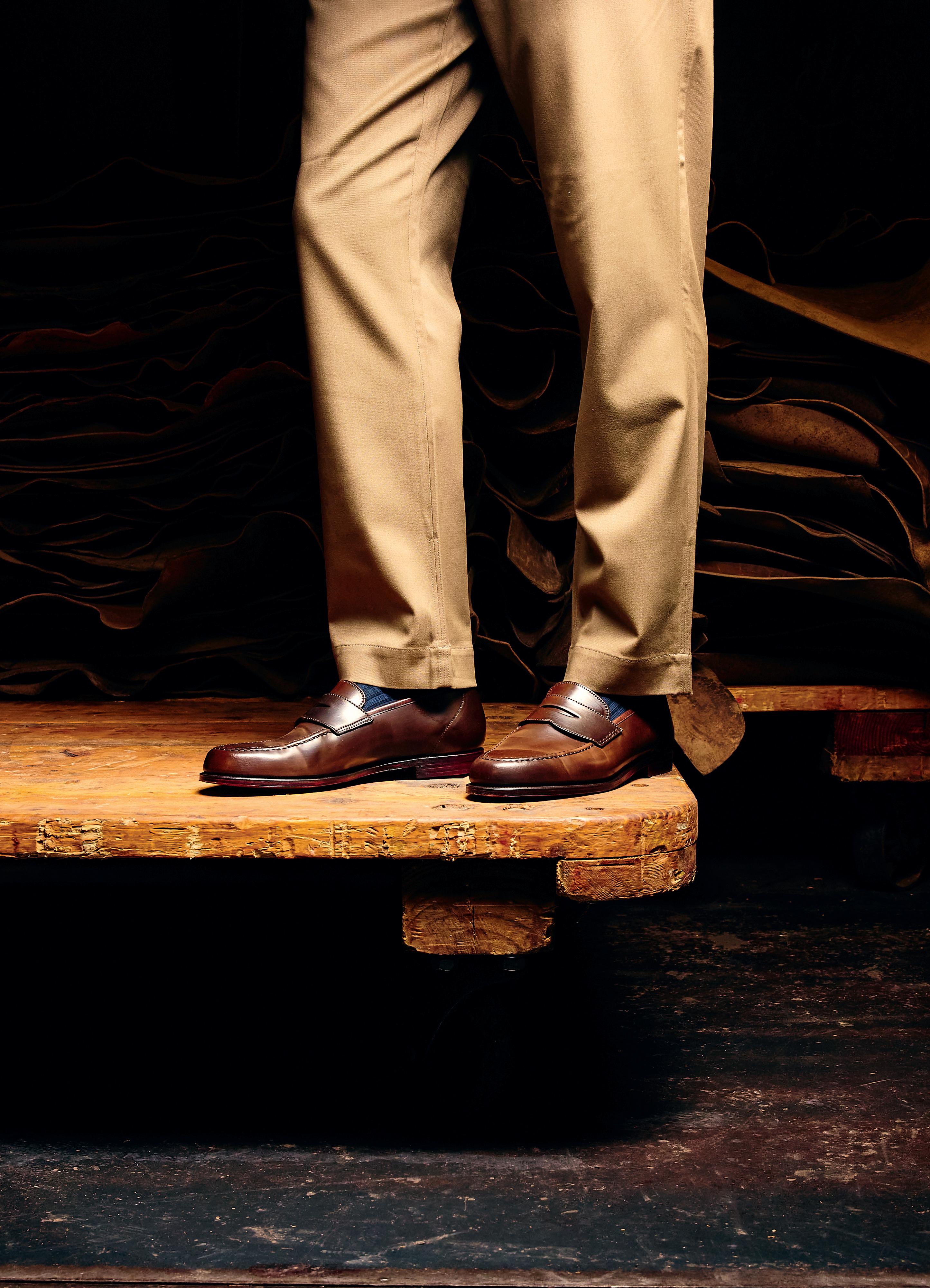
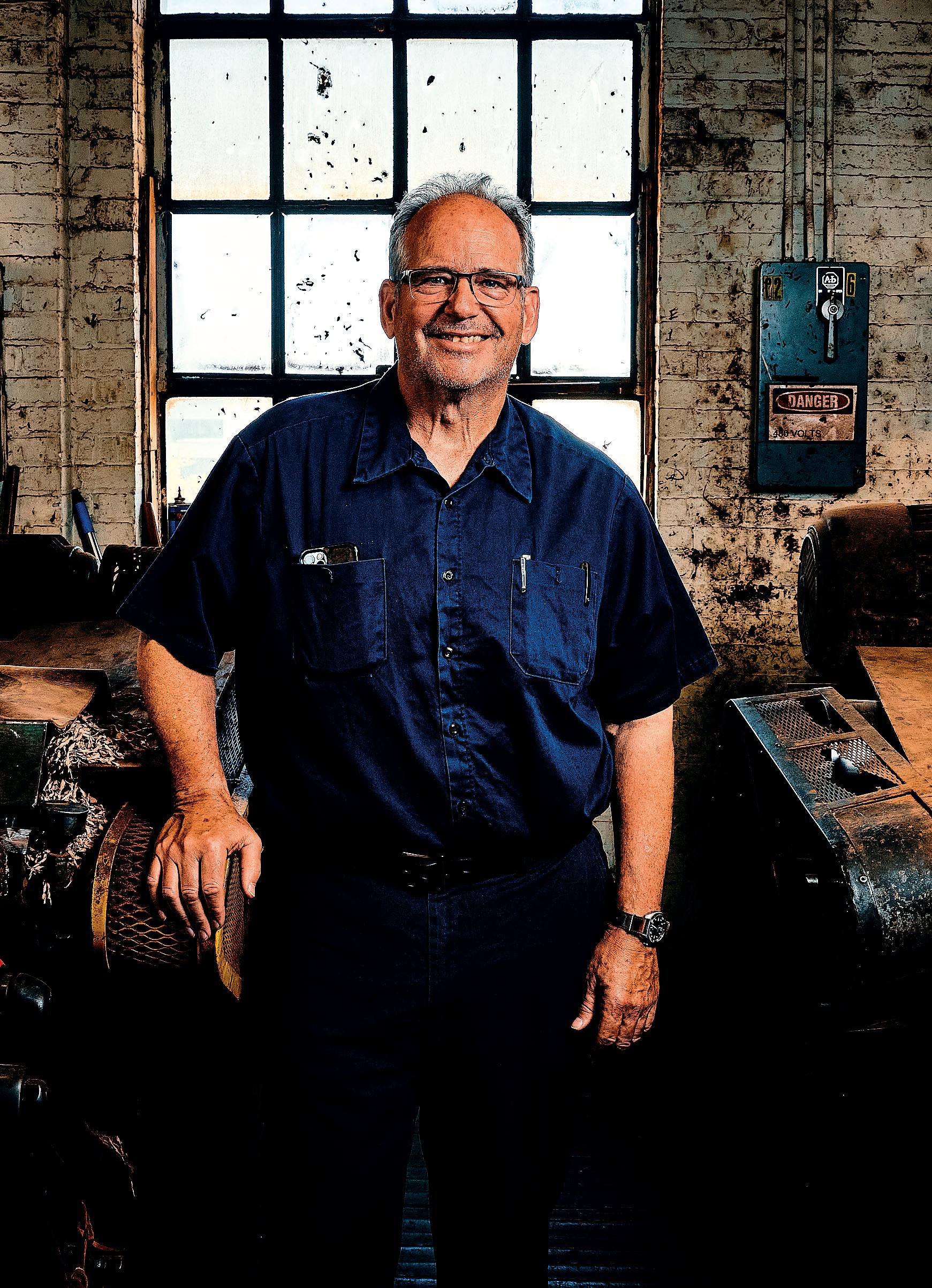
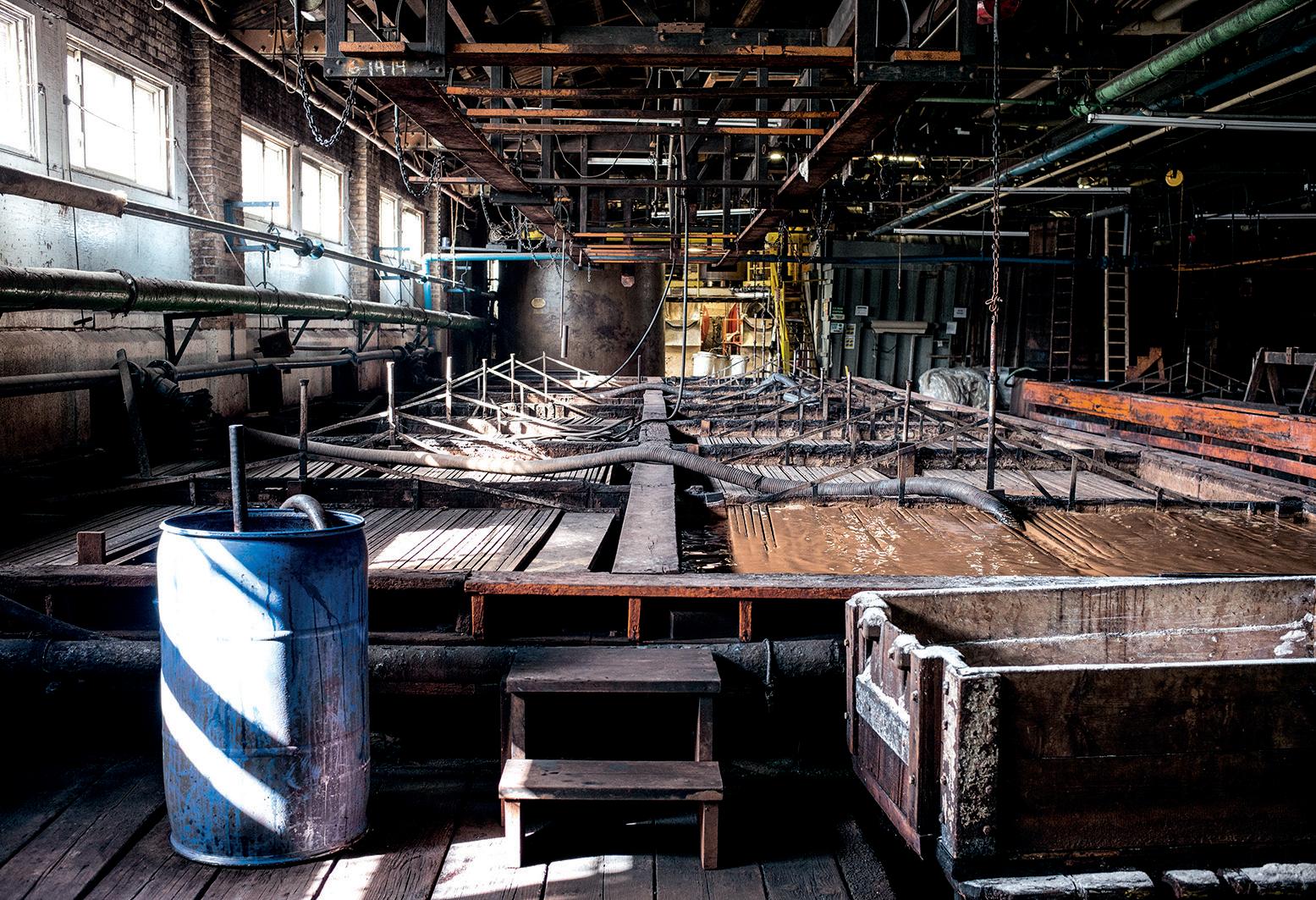
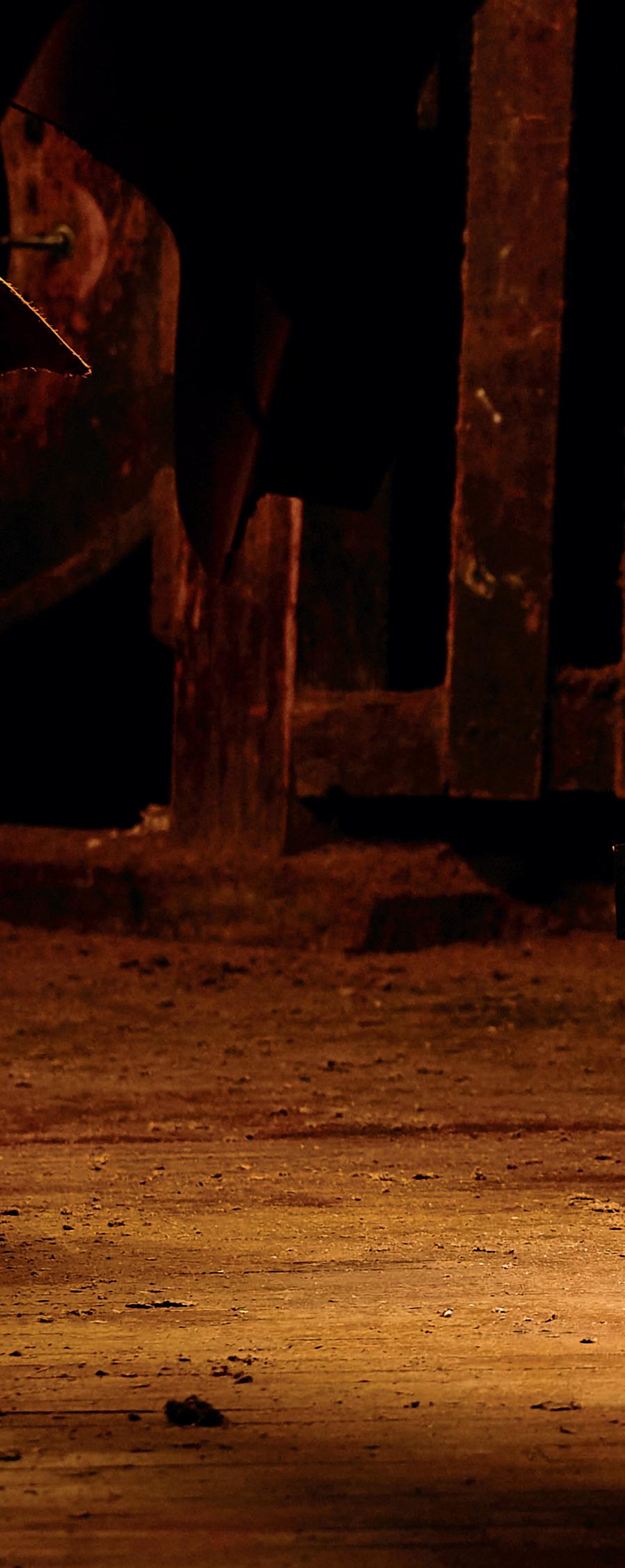
it was first made by the Visigoths in the seventh century and takes its name from the city of Córdoba in Spain, one of Europe’s historic centres for tanning. But then most leather has an ancient history too. How come cordovan is the one type of leather you may know by name?
“Cordovan is extremely hard-wearing– it’s often used for barber’s strops, to sharpen razors,” explains Fox. The Visigoths and Moors even made armour from it. “It’s rich in fats and, once it’s broken in, by the nature of its fibre structure, it is extremely comfortable too. Add it to a Goodyear-welted shoe construction and it makes for a very sturdy shoe,” says Fox. It also makes for hardy small leather goods such as wallets, which Crockett & Jones is also now making in cordovan for the first time, available from November.
But cordovan’s appeal isn’t just about durability or the consequent longevity that
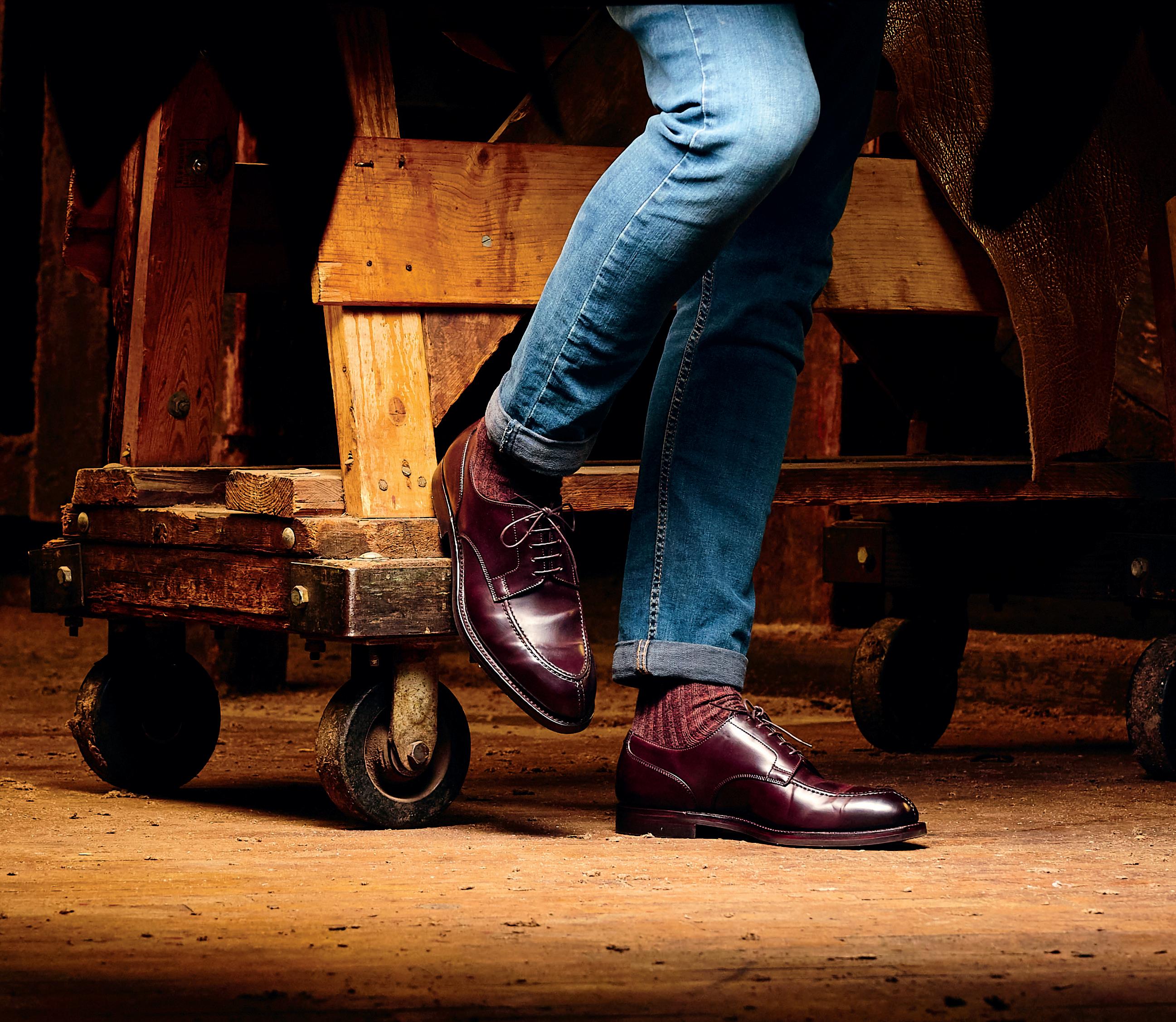
Cordovan has an alluring natural lustre to it, developing a rich patina over time…it shouts class and quality
may result. It’s also about its look, creating, with prolonged wear, distinctive large folds or ripples rather than the natural creasing of calf leather, meaning that it’s crack- and stretch-resistant too. It has an alluring natural lustre to it, developing a rich patina over time. To the trained eye, cordovan shouts class and quality.
That, Fox concedes, can be a challenge –so that’s why they spend time educating customers about the benefits of Shell Cordovan and why this material is so valued and priced. It’s also why Crockett & Jones is very picky about which of its wholesale accounts it permits to stock its cordovan shoes. “Often customers who visit one of our
shops have heard about cordovan – word of mouth is important here – or have read about it and, while they may not know what it is exactly, they’re curious,” Fox explains.
And then there is the name of Horween, which, remarkably for a tannery – typically considered the messy, somewhat unpleasant front-end of the shoe manufacturing story, but also because so many tanneries have been absorbed by the luxury goods giants over recent years – is becoming a prestige brand in its own right. Indeed, investigate the best cordovan products and has to be Horween Cordovan.
“Horween’s phenomenal operation, using these age-old processes, means that really
the brand and cordovan go hand in hand. Horween has become an assurance of quality for cordovan,” says Fox.
That doesn’t mean you can’t trump a Crockett & Jones Horween cordovan shoe. You can, with a special edition Crockett & Jones Horween cordovan shoe, such as the two limited-edition models launching for pre-order in October. These include a derby boot in both dark brown hatch grain and dark brown smooth cordovan. Or you might go for a classic penny loafer in – and, since cordovan doesn’t take dye easily, this is extra-special – either navy or deep green. Or, if your enthusiasm for the king of shoe leathers really catches fire, in both.
“After all,” says Fox, “there’s always the opportunity to make your Horween cordovan shoe even more exclusive. Some of those connoisseurs demand nothing less.”
crockettandjones.com
How luxury brands are powering up sales and appealing to a new generation with cleverly curated accessories
WORDS SIMON BROOKE
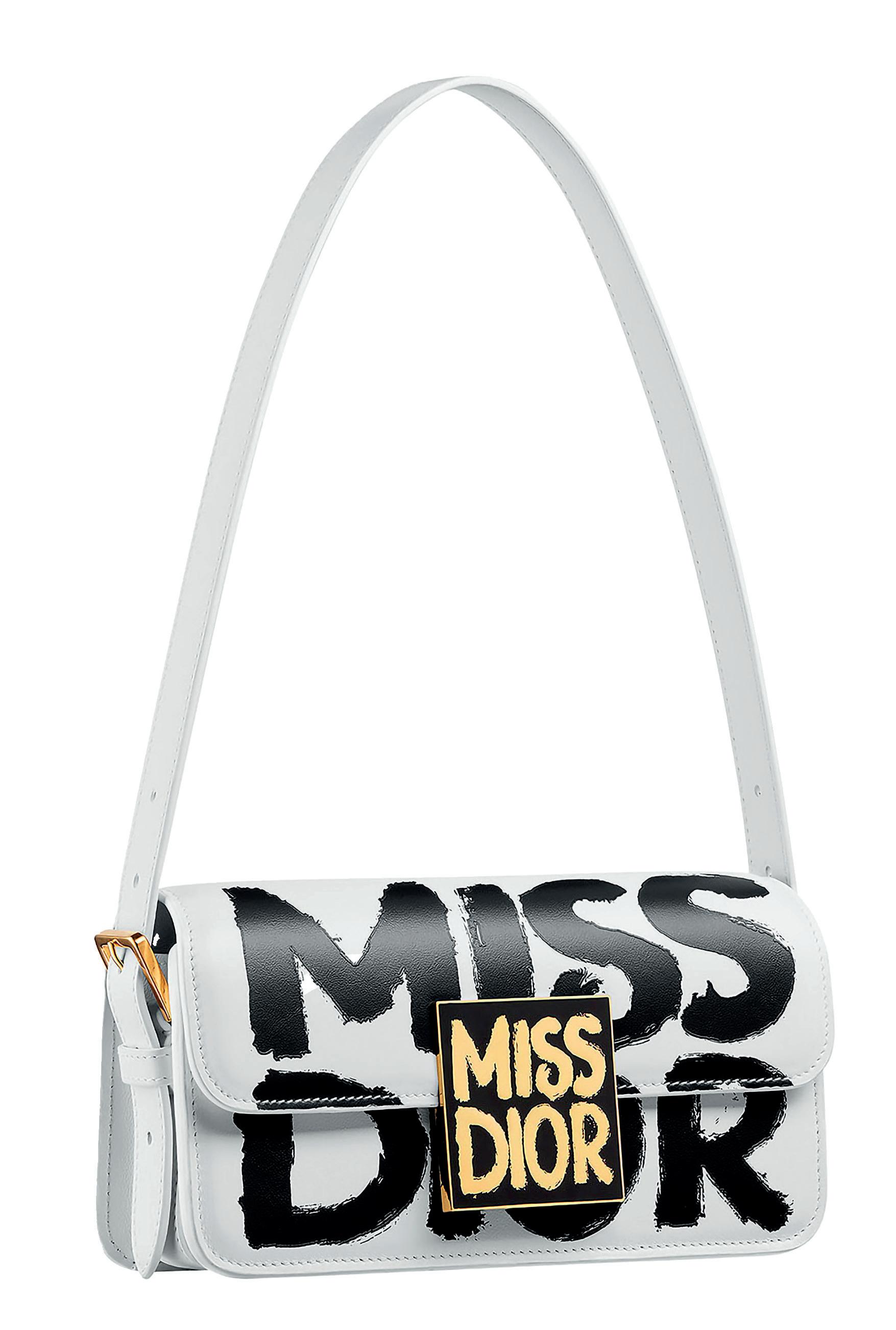
With so many creatives moving around over the last 12 months or so you’d be forgiven for missing the appointment of Mary Katrantzou by Bulgari earlier this year. The Greek-born, London-based designer is Bulgari’s first-ever creative director of leather goods and accessories. Celebrated for her colourful, highly patterned designs, in her new role she’s creating products ranging from accessories such as leather handbags to unique pieces and fine jewellery.
Chief among these is Bulgari’s signature Serpenti theme, reflected in bags and other items. According to Ms Katrantzou, “The
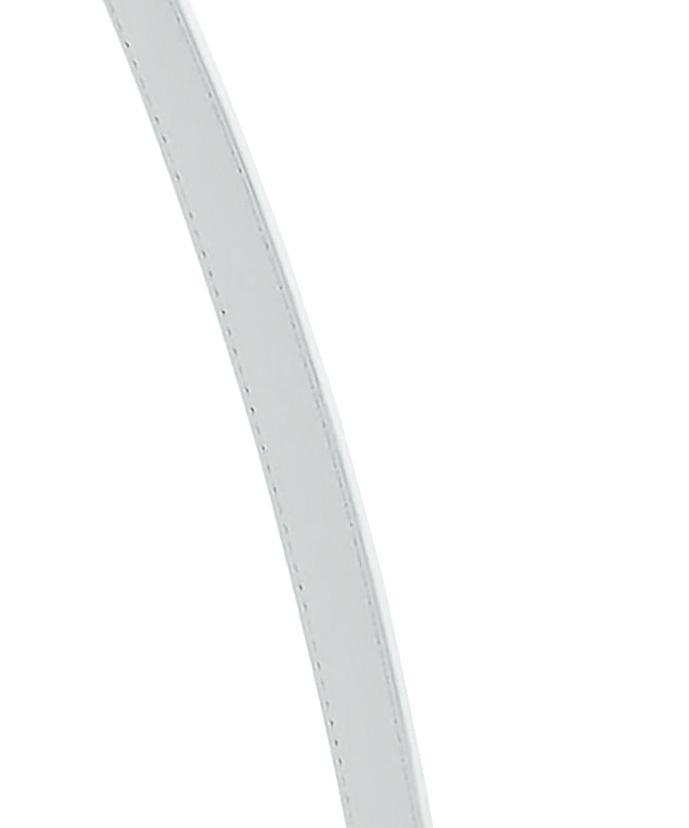
inspiration behind this collection was to interpret Serpenti through my eyes. A snake sheds its skin to allow for further growth. I wanted to highlight the importance of its symbolism. I was drawn to the idea of metamorphosis, adapting to continual evolvement and growth.”
Bulgari isn’t alone with this new focus on accessories alongside its apparel collections. Over the last few years, an increasing number of luxury brands have diversified their product ranges to target a broader consumer spectrum and to make more of the power of their brand.
Fendi and Dolce & Gabbana have ventured into home décor and this Autumn/Winter season, the smartest skiers will be sporting
new lines from Chanel, Armani and Prada, all of whom have recently launched skiwear collections.
Chanel’s skiwear is technical but fashionorientated and unmistakably Chanel. LilyRose Depp, the French American actress, and daughter of Johnny Depp and Vanessa Paradis is the face of Coco Neige, a smart choice of ambassador that blends a youthful sense of fun with the brand’s chic French heritage. The much celebrated logo with its interlocking Cs is playfully displayed on earmuffs and woolly hats which are matched with furry boots that seem to say, “Skiing’s fun, but I’m really here for the après-ski”.
Luxury carmaker Ferrari has diversified
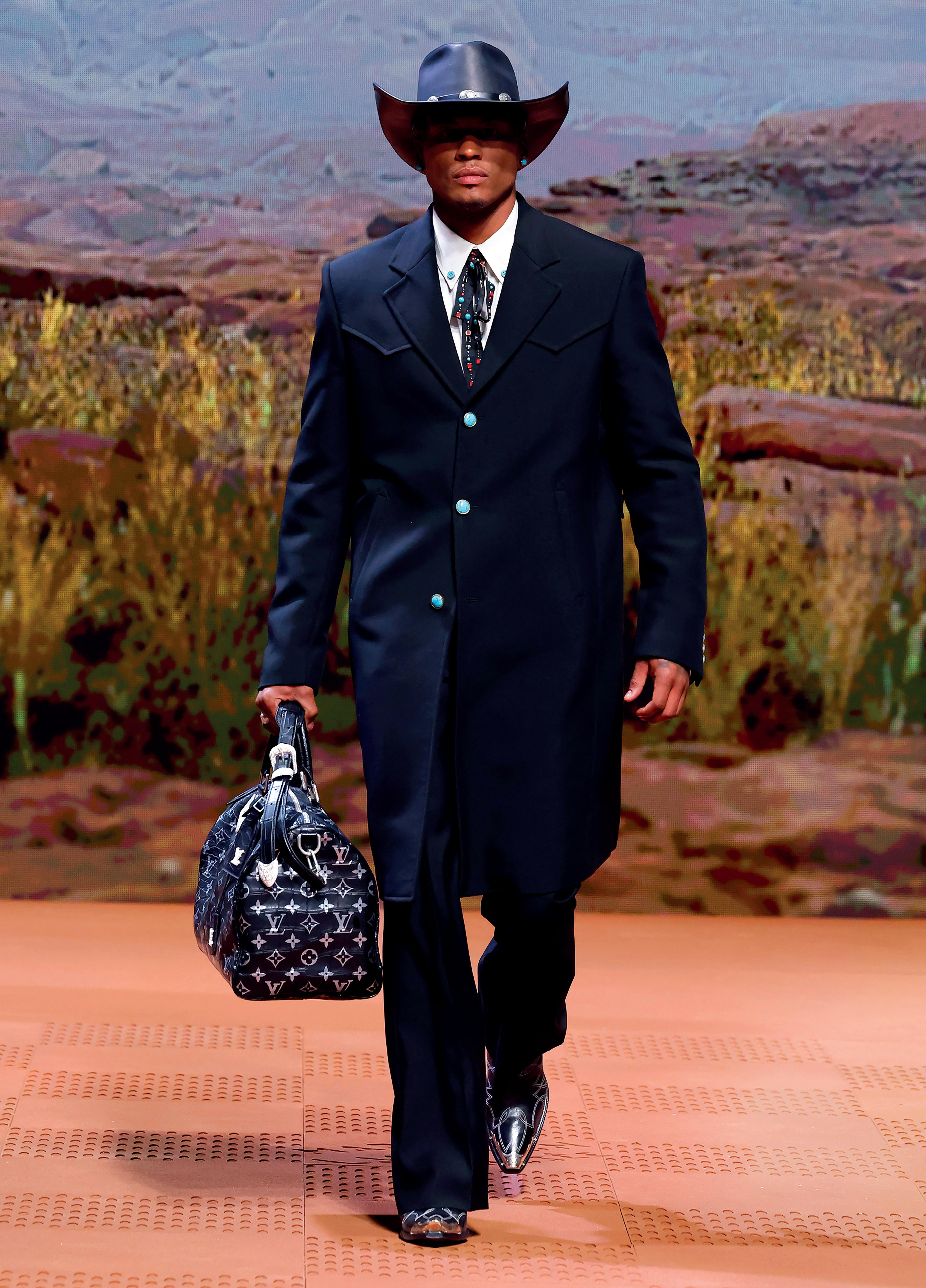

into high fashion with a range of dresses, skirts and scarves in silks, celebrating the brand’s signature red and yellow palettes. It has also launched collections of sunglasses and handbags.
Accessories are still the largest personal luxury goods category, growing by a quite respectable two per cent to four per cent in 2023, according to consultancy Bain & Co. The increasing emphasis on this category among the world’s best-known luxury brands is also pushing the creative envelope and raising its status in comparison with apparel.
Bags might have been part of most luxury houses’ accessories portfolios for decades, but now the introduction of the celebrity-asdesigner is providing fresh new inspiration.
Consider Pharrell Williams and the Louis Vuitton Speedy bag. According to the brand, the Speedy, which was originally created way back in 1930, was one of the first luxury bags bought by the musician-turned-designer as a young man. Last year, he reimagined this classic to include several chic, high-end details.
The new version is crafted in super softgrained calfskin and lined with lambskin leather. It includes an exclusive plaque inside that features the bag’s season, size and a quote from Pharrell. The monogram is printed with the Sergé effect, using a high-end silk screen printing technique and the left leather echappe also features a dove stamped on the back, a symbol of peace and hope, according to Louis Vuitton. Christian Dior is also taking a more daring approach to its accessories. Its Miss Dior bags shout the brand name in rough, textured writing or heavy gold attachments and studs, suggesting that for Dior, anyway, the logo is back – with a bang. Similarly, shoes are very much statement pieces with gold studs and heels supported by gold spheres with the Dior name prominently displayed.
These Chanel, Dior and Louis Vuitton accessories ranges enable less affluent consumers to buy into the high-end luxury sector and experience the brand without the need to pay tens of thousands of pounds for apparel and haute couture.
The challenge around accessories for luxury brands will be to showcase their creativity, break into new markets and gain new customers while at the same time keeping their all-important brand integrity
Dior’s collection illustrates how canny luxury houses are increasingly using their accessories to promote their brands generally in a way that exudes wit and confidence. It’s a dual strategy – you’ll see the logo on stylish young people in bars, high streets and airport lounges while an older, more affluent clientele buys the clothes on Sloane Street, Avenue Montaigne and Fifth Avenue and wears the labels more discreetly.
The growing accessories range at Dunhill shows how brands can inject these collections with quirkiness and a sense of fun more easily than is possible with their main apparel lines. This season’s Dunhill accessories, for instance, include a pocket square in Prince of

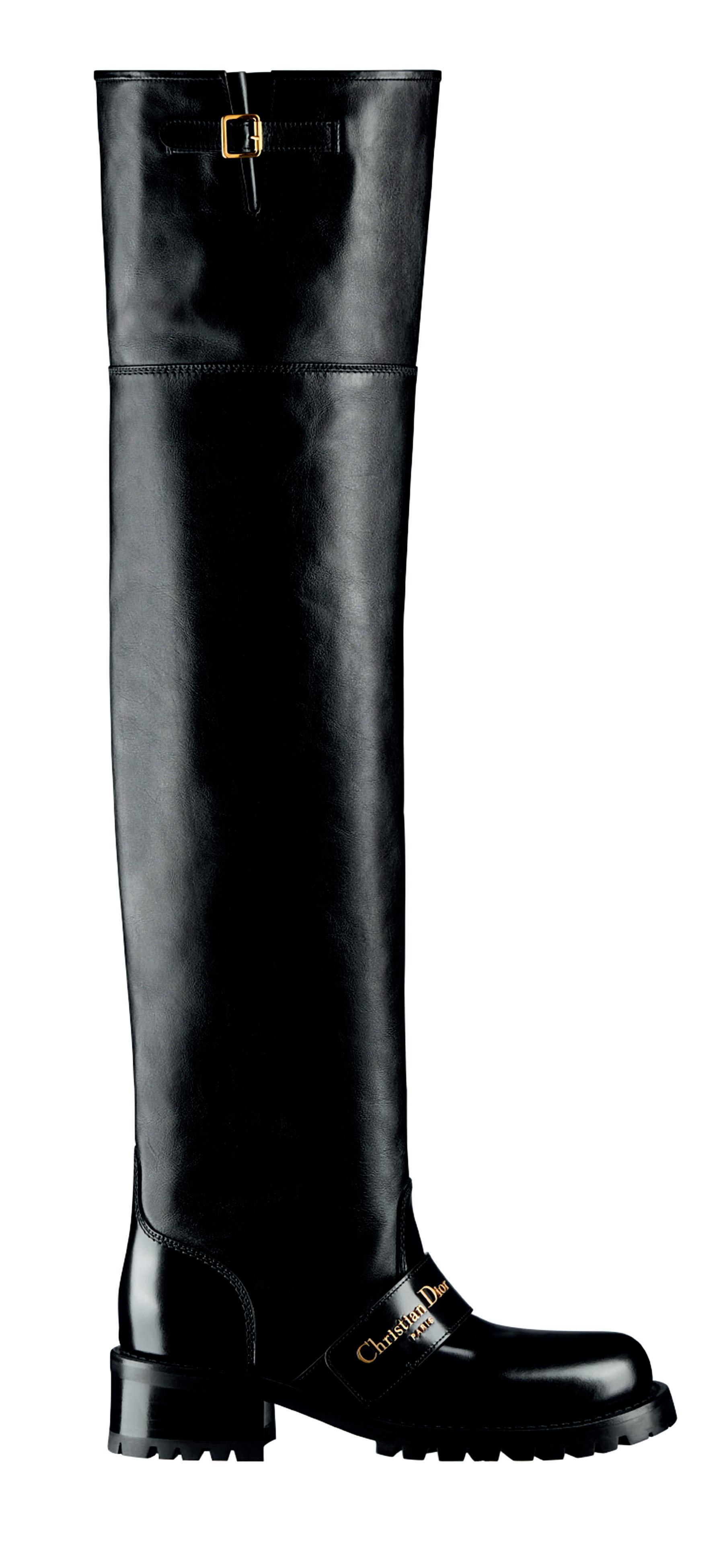
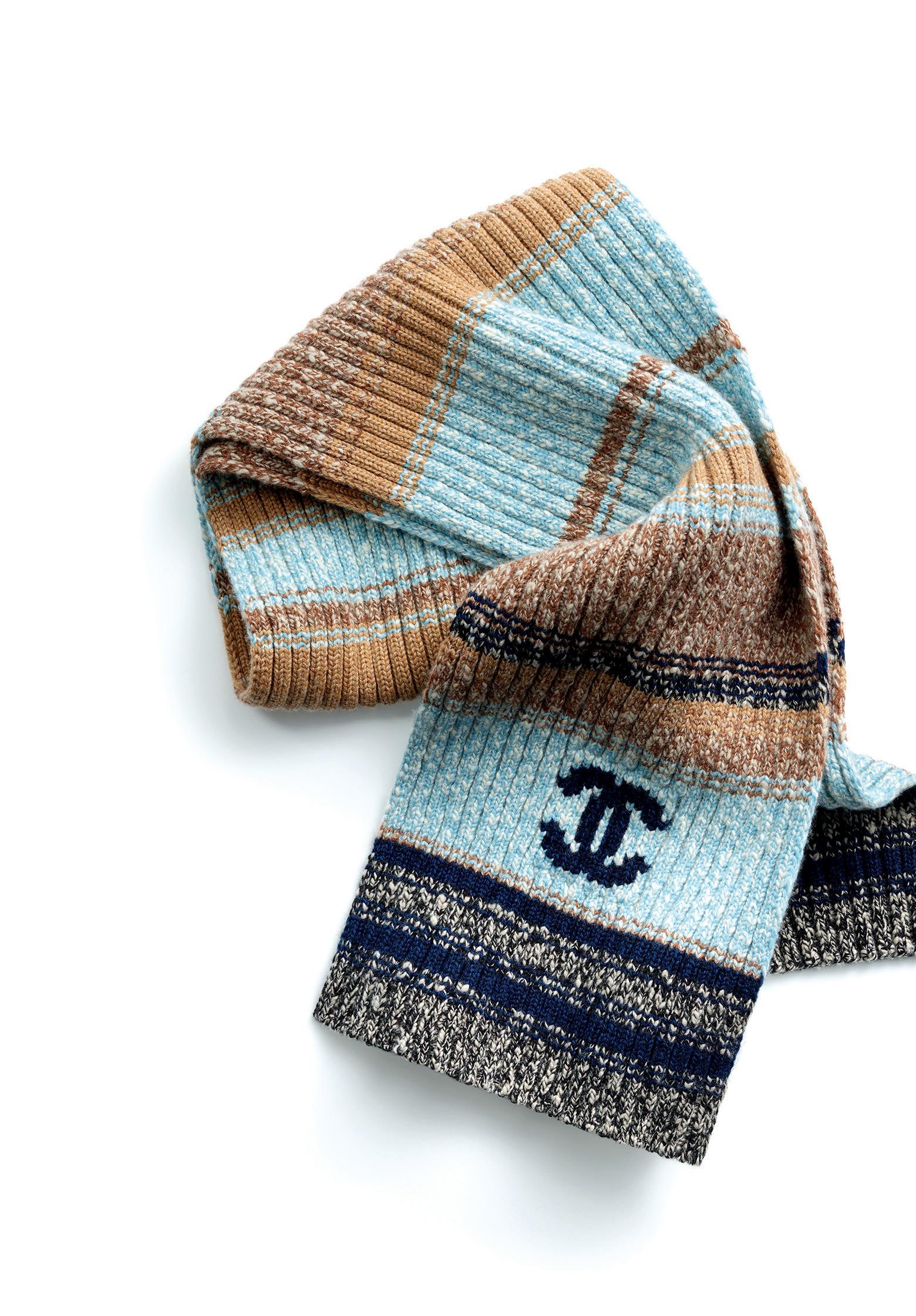
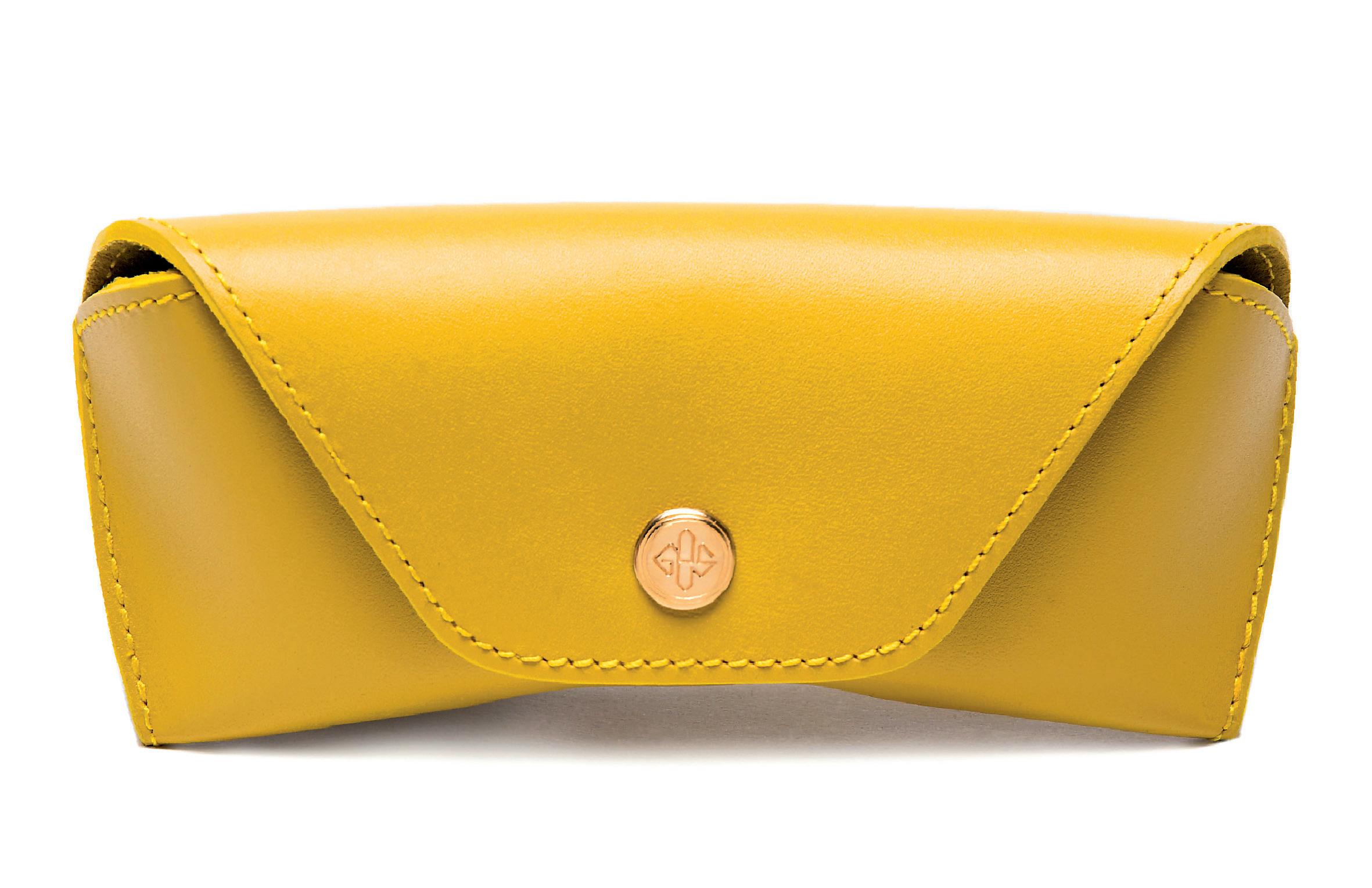
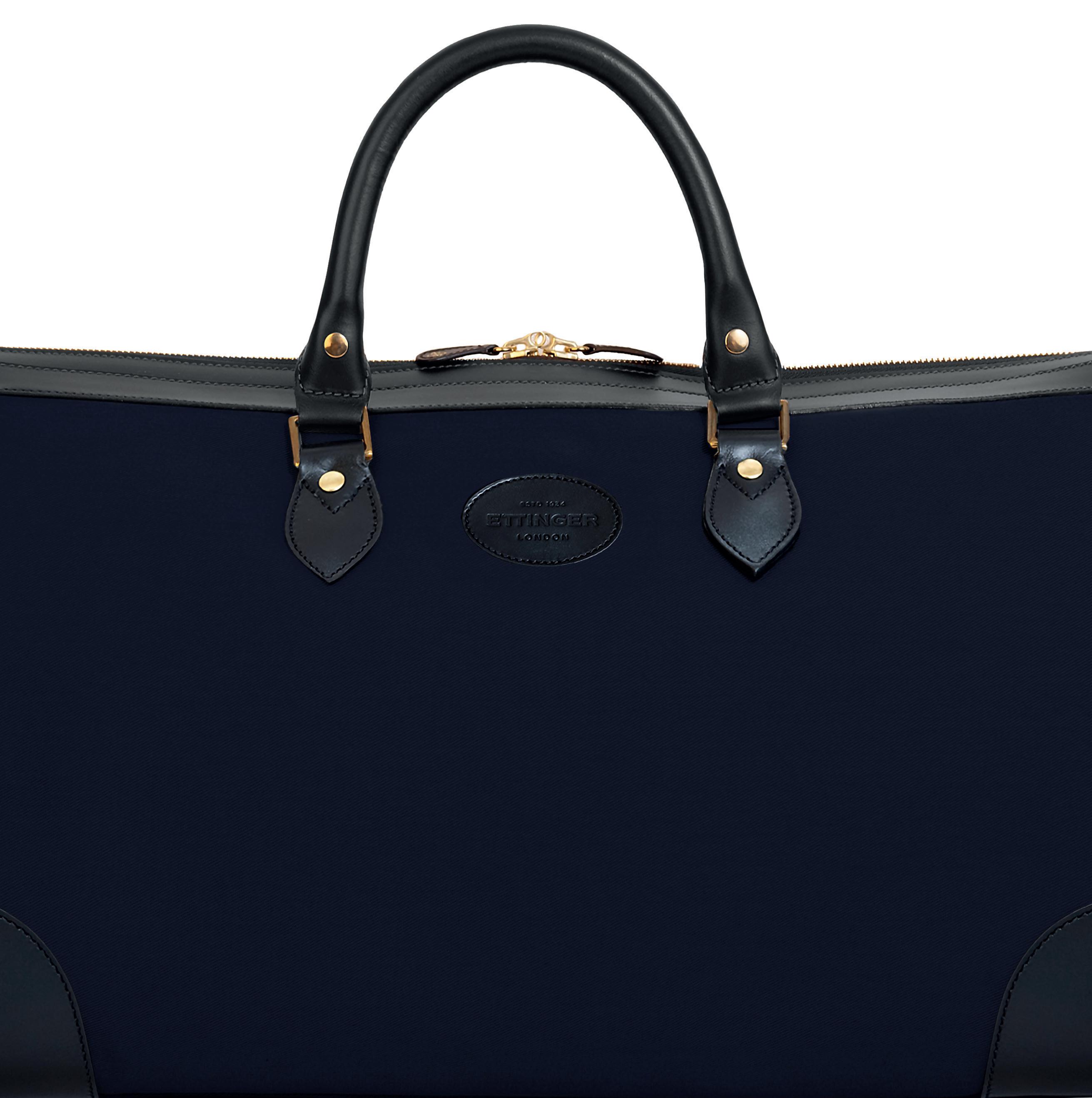
Wales check, subverting the traditional image of the block colour handkerchief contrasting with a patterned suit fabric.
Luxurious velvet slippers feature images of dogs or vintage cars – playing into the brand’s heritage of hearty British masculinity. These accessories contrast with the brand’s Autumn/Winter season clothing, which features peaked-lapel, double-breasted jackets with a decidedly Italian swagger. It’s an interesting example of how luxury houses can use accessories and apparel ranges that contrast with but complement each other to demonstrate the full range of the creative director’s style and creativity.
The accessories lines at luxury leather goods company Ettinger have grown rapidly over recent years, but the company has also seen demand from customers for more sustainability in the accessories space, according to chief executive Robert Ettinger.
“They want a product that’s sustainable and that can be repaired if needed,” he says. “Our new repair unit is getting products back that are maybe 15-20 years old that just need restitching. It gives a product another lease of life.”
Personal accessories aside, Laura Hammett, founder of luxury homeware brand Laura Hammett Living, is finding something similar. “With sustainability being so important, customers are looking to invest in more timeless and less trend-driven pieces which are well-crafted and made to last,” she says. “I see more emphasis on investing in high-quality staples that are timeless, allowing clients to build a personal collection of items and artefacts.”
Luca Solca, sector head of Global Luxury Goods at Bernstein Research, is optimistic about the sector’s future prospects. “I expect the accessories market to continue as one of the leading drivers of luxury market growth,” he says. “Leather goods and jewellery are likely going to stay very relevant to consumers.”
As it faces a significant downturn and continuing headwinds, the luxury sector is clearly excited about the opportunities for brand extensions. However, brands should recall their experience of the 1990s. Back then you could buy everything from keyrings to boxes of tissues with a well-known luxury logo on them as licensing exploded.
It might have boosted luxury houses’ sales in the short term, but it did long-term brand image damage. This was something that Tom Ford understood when he began to reduce licensing by Gucci and then the other brands that he worked on, even buying some licences back. Other companies followed suit.
Today, the challenge around accessories for luxury brands will be to showcase their creativity, break into new markets and gain new customers while at the same time keeping their all-important brand integrity.
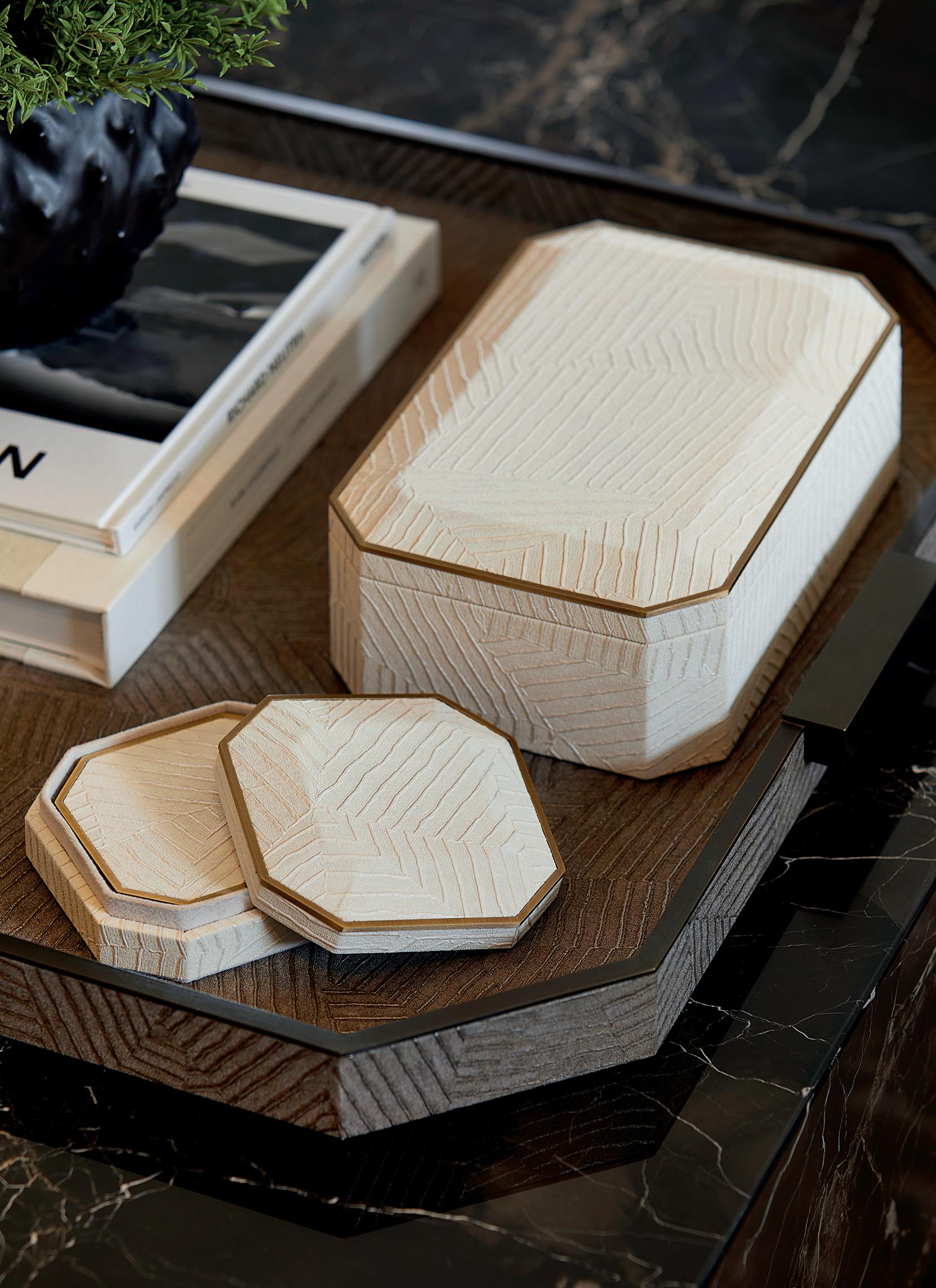
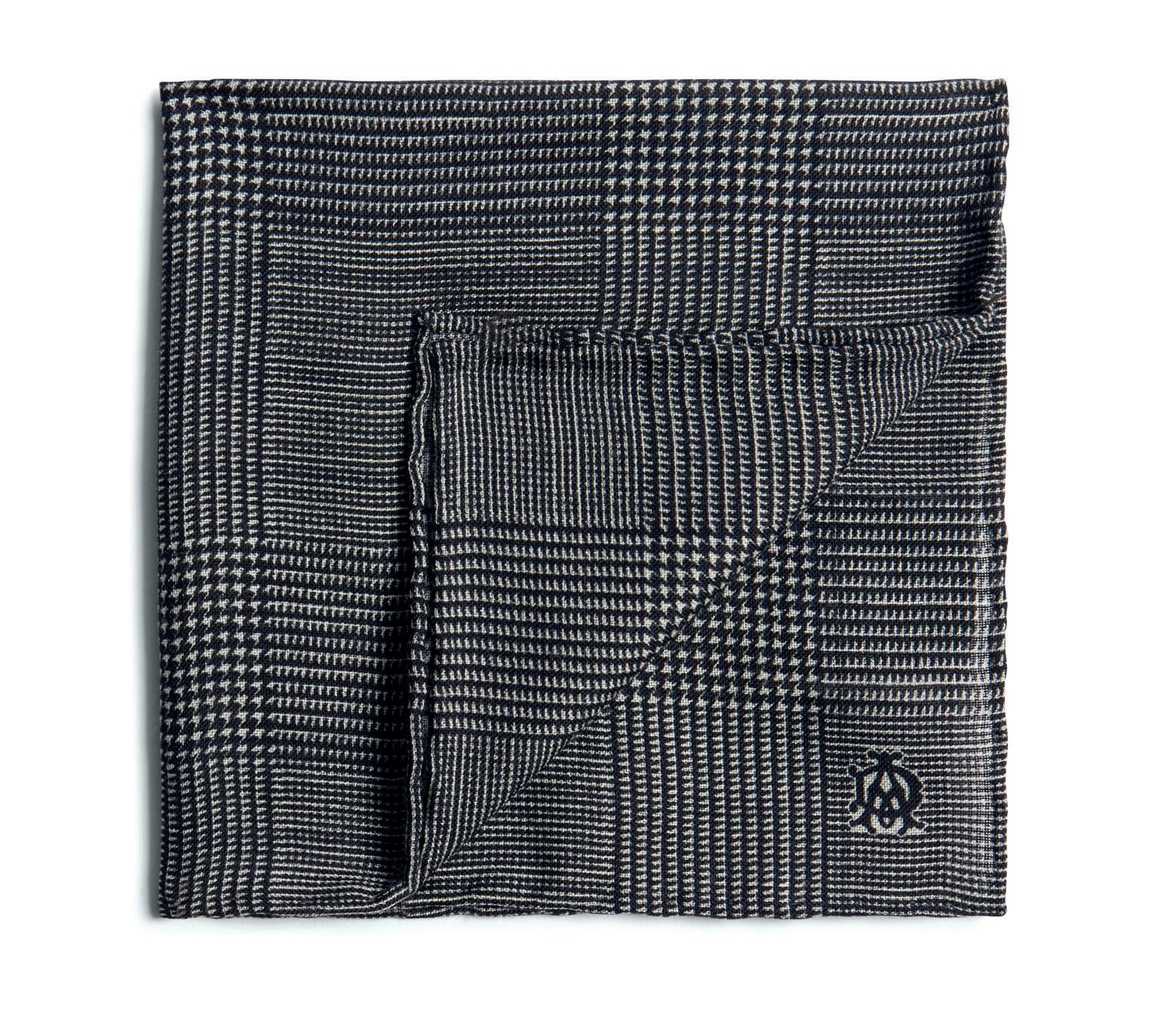
If you want to know the secret of a happy marriage,” Lord Bamford tells me, “It’s both having your own work and interests keeping you busy.” Sage advice, given that Lord and Lady Bamford are due to celebrate an impressive milestone 50th anniversary this year. And when it comes to drive, passion and businesses, Lady Bamford has plenty of handmade plates spinning. As she wisely notes, “I’m passionate about it, so it’s not a job to me.”
The ‘it’ encompasses Daylesford Organic farmshop and multiple cafés, Bamford skincare and clothing, a wellness club, her growing number of pubs and restaurants, several charity projects, publishing (her third title, Daylesford Living: Inspired by Nature, was released in July, and she also edits Seed magazine) not to mention a shared venture with her husband – the stunning Château Léoube vineyard in Provence.
The latter is an organic, small batch ‘winemaker’s wine’ with vines right by the
sea, a low-key spot in the South of France –and is now available on an exclusive hire basis for others looking to celebrate special occasions in typically barefoot luxe style. “I had my grandson’s christening there. The local choir sang Imagine [by John Lennon],” explains Bamford, who like fellow winemaker Romain Ott is a fan of drinking rosé –preferably Secret de Léoube – all year round.
We meet the day of Michelin-starred chef Tom Aikens’ guest supper club at The Wild Rabbit in Kingham in the Cotswolds – the first of the now-expanding Bamford pub empire. Aikens and Carole, as he familiarly calls her, are old pals. The pair first met 20 years ago when Aikens worked for the family, initially as a private chef, but latterly helping with the establishment of the Daylesford Organic we know and love today. He still credits her as the one to instil in him the importance of sourcing quality ingredients.
The pair share a mutual work ethic, as well as a passion for seasonality and sustainability.
“Many ladies in Carole’s position would do
nothing with their time, but she was so passionate [about organic farming] at a time when nobody knew anything about it,” shares Aikens.
It’s an admirable quality and one she’s passing down to the next generations. “I’m very proud of my grandson, he wanted some golf clubs, and I said, ‘Come and work in my shop, and you can buy your own!’ So now he’s got his uniform and he’s cleaning tables.”
Cleaning, not-so-funnily, is what led Lady Bamford to found Bamford in 2004, having already established Daylesford Organic in 2002. I’m surprised and saddened to learn she suffered – and thankfully recovered –from Guillain-Barré syndrome. “It’s terribly frightening,” she says. “I was paralysed and couldn’t walk for three months. I always go back to Ayurveda and was told to get all the toxins out of my system.”
She applied the “you are what you eat” philosophy further, to you are what you put on your skin and spray in your home. The result was certified, natural, animal test-free
There are yachts, and then there are Sanlorenzo yachts. Only 1,000 of these design objects of beauty have been created in just over half a century. Rick Jordan steers a course to discover more about the ultimate limited-edition
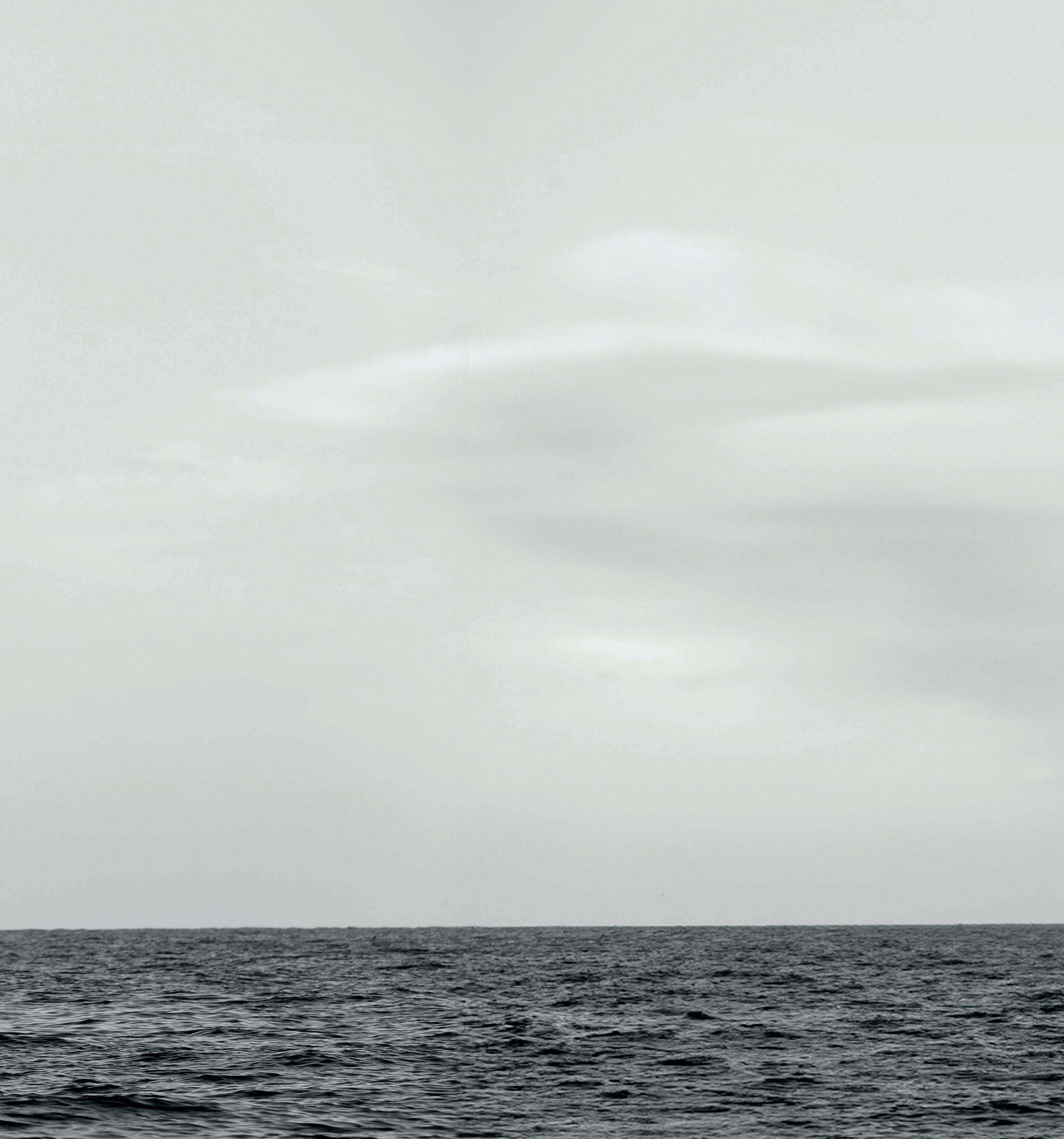
1,000 in its six decades of existence – is completely unique.
Much of the yacht maker’s creativity is steered by architect Piero Lissoni, its boundary-pushing art director since 2018. Sanlorenzo was the first to look outside the shipping industry for inspiration, inviting names such as Christian Liaigre’s Studio Liaigre and the Spanish designer Patricia Urquiola to bring a fresh perspective to its fleet. Lissoni’s commitment to individual
creativity has even led Sanlorenzo to take an active role in Art Basel and the Venice Biennale – commissioning original works of art each year and establishing a new cultural hub, Casa Sanlorenzo, which is due to open in Venice in 2025.
But the most important designers are the owners themselves. Prospective clients have an array of vessels to choose from, ranging from the SL series of planing yachts and the SD series inspired by 1930s trans-Atlantic
liners to the SX hybrid series, which merge classic flybridge yacht with intrepid explorer ship. What they all have in common is a supremely elegant profile, with greyhoundsleek silhouettes straining forward in the water, their decks layered with a pâtissièrelike perfection – one day, perhaps, this is what spaceships will look like. Prices start at around six million euro and rise up to… well, that all depends on how you want to customise your ship. Some owners may want
a hot tub on deck; others may want to add toys such as jet skis and hoverboards.
The only element that remains unchanged is the hull shape and profile: having designed a boat that’s classically beautiful and wholly individual, Sanlorenzo understandably doesn’t want to rework its external design. But step inside and everything can be customised. Interiors are a blank canvas for the owner to realise their dreams, with the help of the shipyard’s expert designers. It’s where Sanlorenzo stands apart from every other yacht maker, ramping up the level of customisation to cover everything from the smallest cupboard handle to reimagining the kitchen galley. As for finish and materials, the look-book that owners are given to choose from is almost limitless – like an infinite coral reef of myriad colours and textures.
“To give an example, one recent client opted for an SL96A model, which we launched in April this year,” explains Nick Hatfield, sales manager at Sanlorenzo Yachts UK & Ireland. “By the time the contract was signed, he had listed 411 custom modifications, which later grew to over 600.” Instead of being tied to the builder’s specs, as with other makers, clients have the freedom to choose freestanding pieces of furniture from renowned Italian brands such as Minotti, Zucchetti and Paola Lenti. In the case of the SL96A, the client chose Minotti ‘Connery’ sofas, a chaise longue and handcrafted tables by Sanlorenzo’s own artisans, along with a dining table that morphs into a coffee table.
“Most builders offer interior furniture in a choice of just three or four veneers with a matt or gloss finish,” notes the owner. “When I asked for Sanlorenzo’s menu, the answer was ‘any sustainably produced veneer available anywhere on the planet’.” Any surface can be spray-painted in any colour or covered with leather or mirrors with any surface effect you desire.
The yacht-making team often takes its creative cue from the owner’s home on dry land, noting its style and interior design aesthetic. After all, there’s no reason why your yacht shouldn’t resemble a Manhattan loft on the inside, with a double-height atrium and panoramic views over the ocean rather than the city, or a modernist Greek villa, with steps leading down to the beach –or in this case the yacht’s beach-club deck. The owner can also decide on the cabin configuration – how many for crew and how many for guests – and add specific personal touches, such as having a private hallway to the master cabin.
Any potential client is taken to the shipyard in La Spezia on Italy’s Ligurian coast to view the range before diving into specifics.

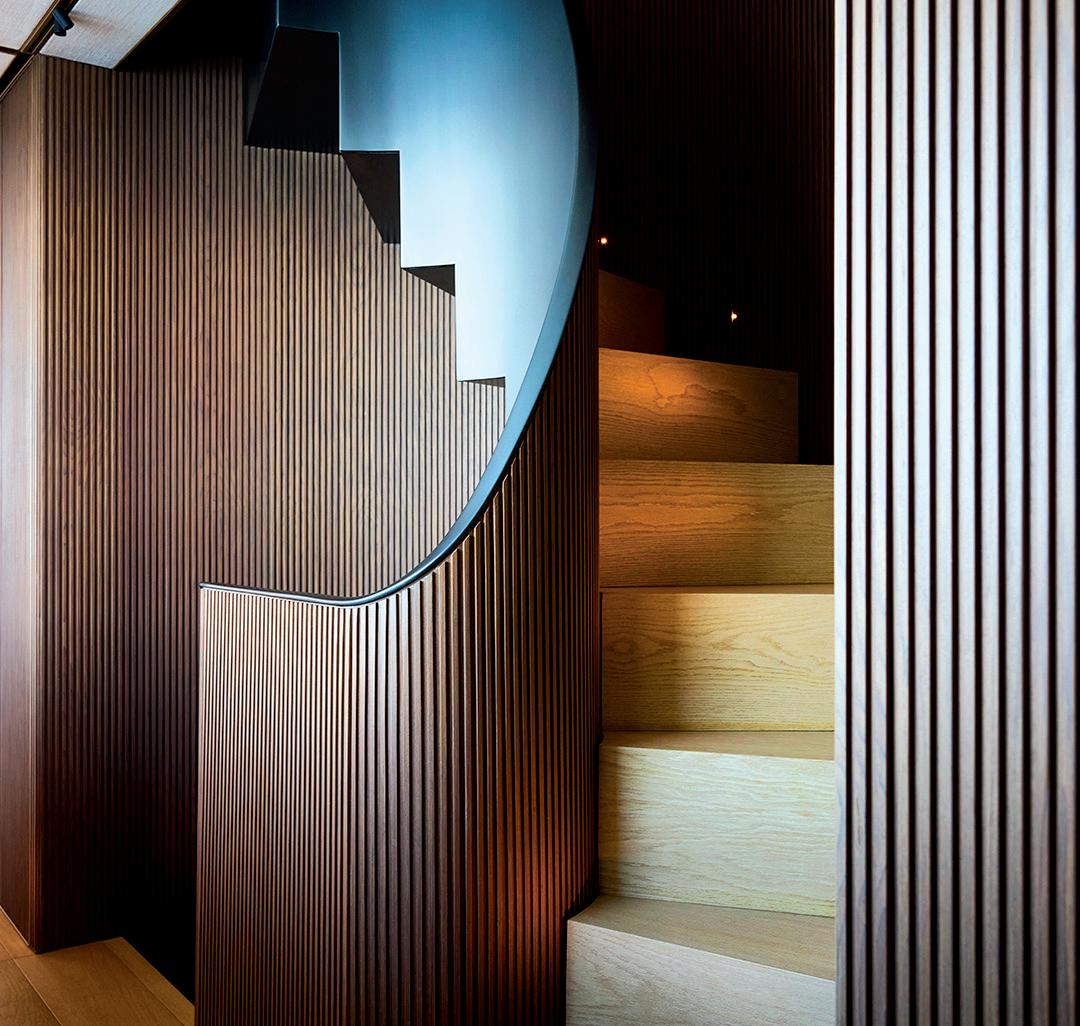
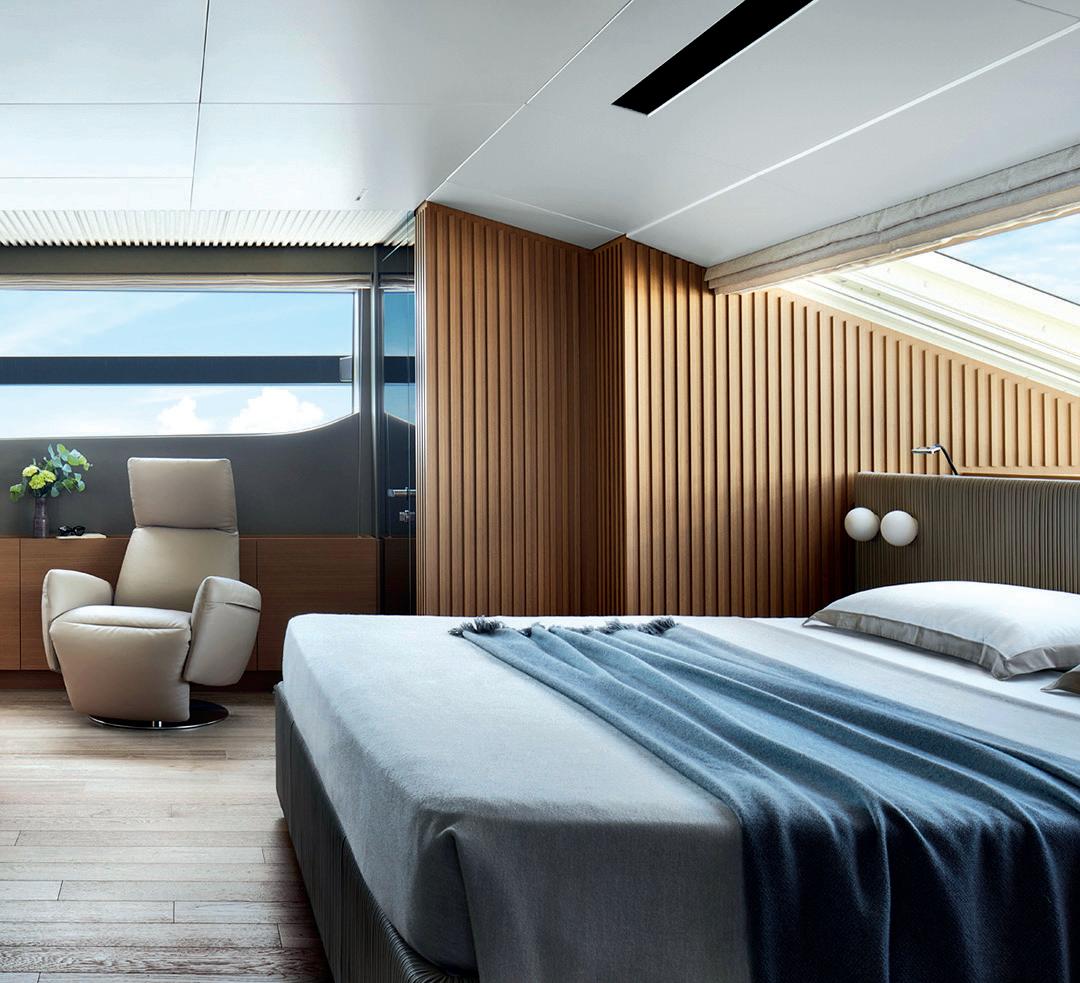


It will be 12 months before the yacht is completed, but there’s a busy timeline leading up to the launch date. The team keeps the owner fully informed on progress, with drawings and updates sent for approval.
“A lot of the design decisions come down to asking the client how they actually intend to use their yacht,” says Hatfield. “Do they want it for spending time with their extended family, embarking on long summer voyages, for example, or as the ultimate floating office for remote working, connected to the outside world via Starlink? Do they like to sail slowly or zip across the water? One of our owners, who’s now onto his fourth boat, runs it as a family yacht, spending weeks at sea in the Mediterranean. Another one uses his as a floating hotel, with a chef and stewards for
onboard entertaining – for him, getting food quickly from the galley to the flybridge was a major design criterion, so a butterfly-wing serving hatch was added.”
Scudding across the waves, the signature sound of a Sanlorenzo yacht is the sound of the ocean itself. With most noise and vibration removed by careful attention in construction, and with bulkheads thicker than any other brand, these are some of the quietest vessels afloat. And, increasingly, some of the most sustainable. Sanlorenzo has partnered with forward-thinking companies to reduce its carbon footprint through innovations in yacht and propulsion design, using hybrid and renewable fuels. Its first superyacht to be powered solely by green methanol is slated for launch in 2030.
While Sanlorenzo yachts are beautiful enough to warrant being displayed in a design museum, the open sea is, of course, the best showcase for them. Look carefully next time you’re in the Mediterranean, and you may spot a Sanlorenzo marque nosing elegantly out of the harbour at Hvar or nudging around unspoilt coves of Mallorca or Corfu. After all, owning a yacht isn’t just about the specifications or design, or how many sun loungers you can fit on deck: it’s about the unbridled freedom it gives. The freedom to spin the wheel and map out a fresh voyage any time you like. To explore the world on your agenda, or to simply switch off and leave the world behind – the ultimate off-grid escape.
sanlorenzoyachts.co.uk
How
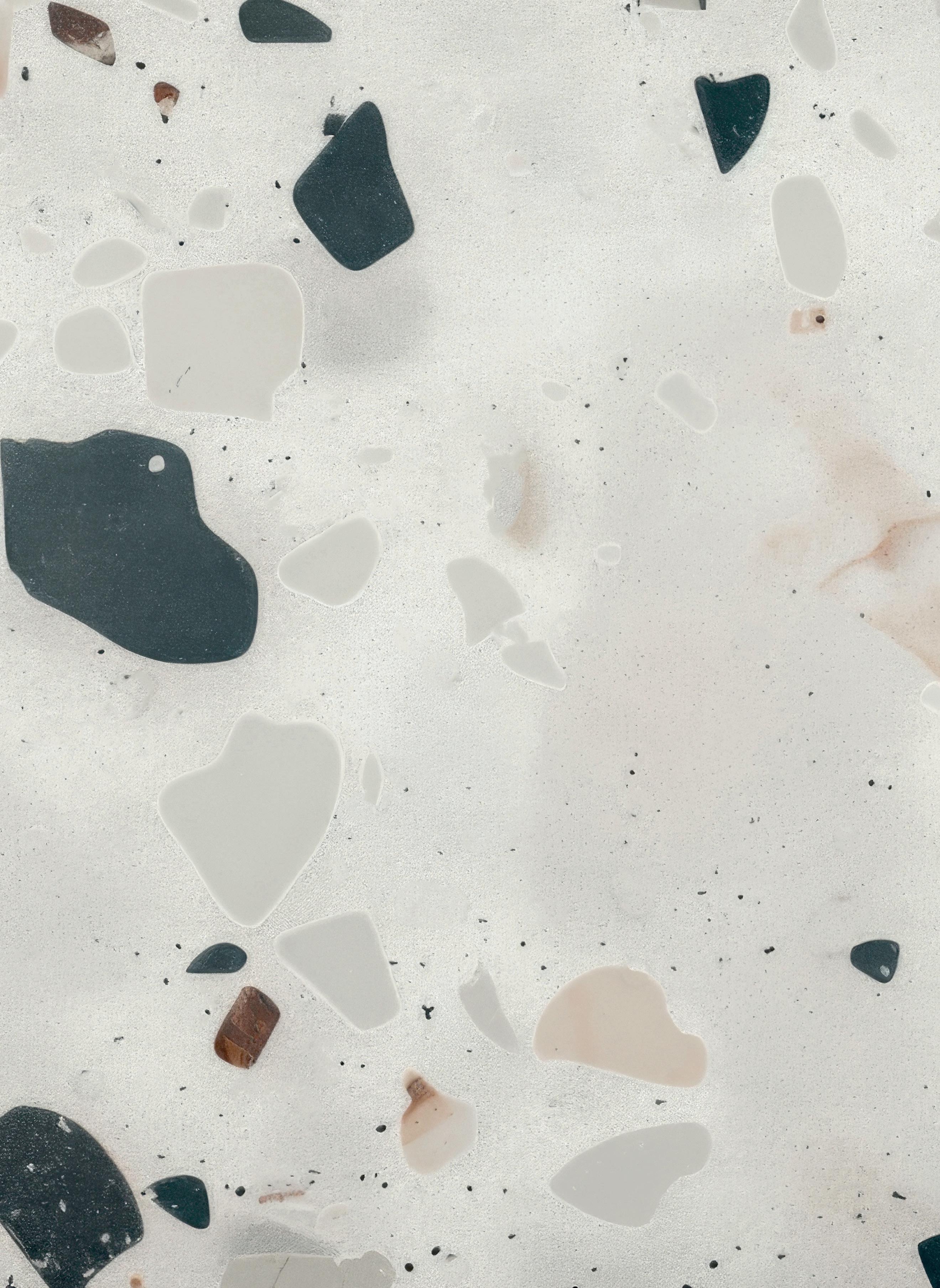


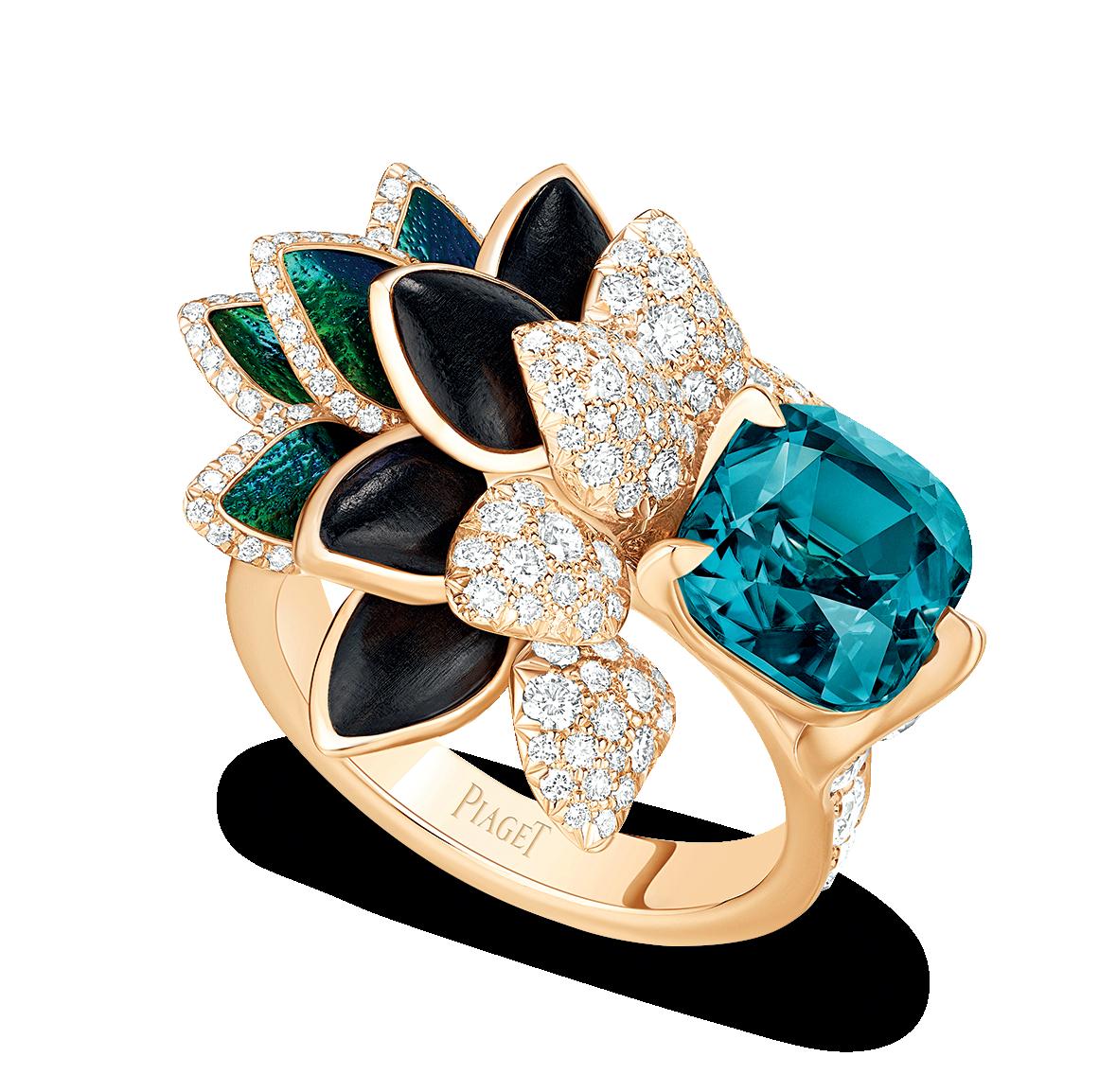
Among the sumptuously sparkling jewellery on display at the most recent haute couture week in Paris – jewels are as much of a catwalk show today as the extravagant, handmade gowns that the event is really about – were pieces in the vanguard of a new, or perhaps resurrected, movement in high jewellery design. For over a decade, design has been ruled by geometry, with complex, closely repeated patterns that can be aided by computer drawing but demand superlative skill from the craftspeople who
must cut every angle of the setting with complete precision and set each tiny stone at exactly the right height and distance from its fellows, creating a modern, tougher version of the Art Deco style that is one of jewellery’s classic inspirations.
The newest look is the aesthetic opposite. It’s all about shape and the more irregular the better. Wine-gum-sized or larger stones with hummocky surfaces but excellent clarity are mixed together and framed in golden bezels that mirror their odd shapes, or mixed sizes of the same stone are arranged into a surface

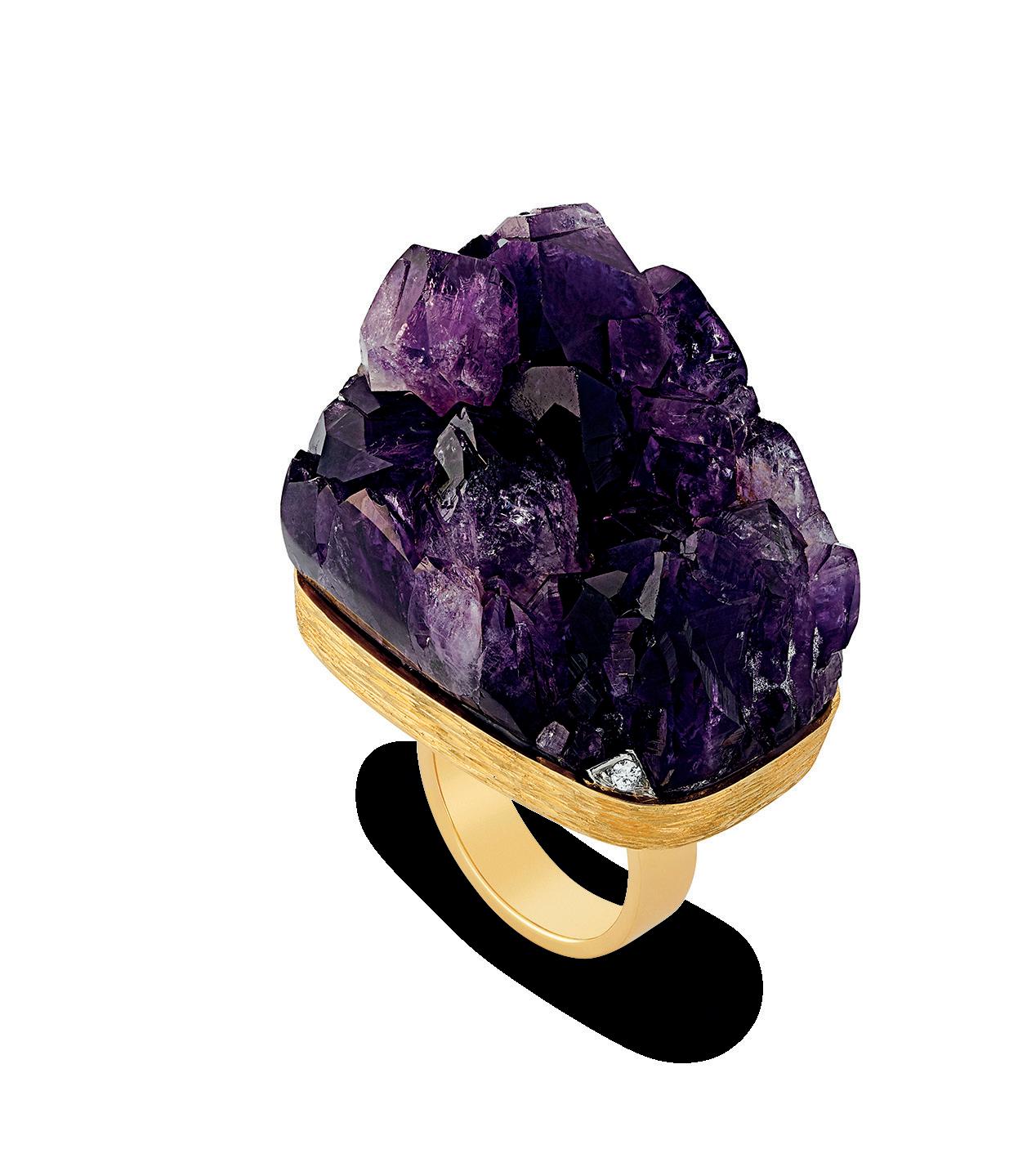
conventional oval – see the extraordinary half-moon Colombian emerald cabochon that David Morris has set in the contrasting geometric Manta ring – and look as if they might have been tumbled in the ocean for aeons; others are layered and sharply cubic like rough gem crystals skilfully polished to bring out their luminosity.
Most are what were once called semiprecious gems, now with wholly precious
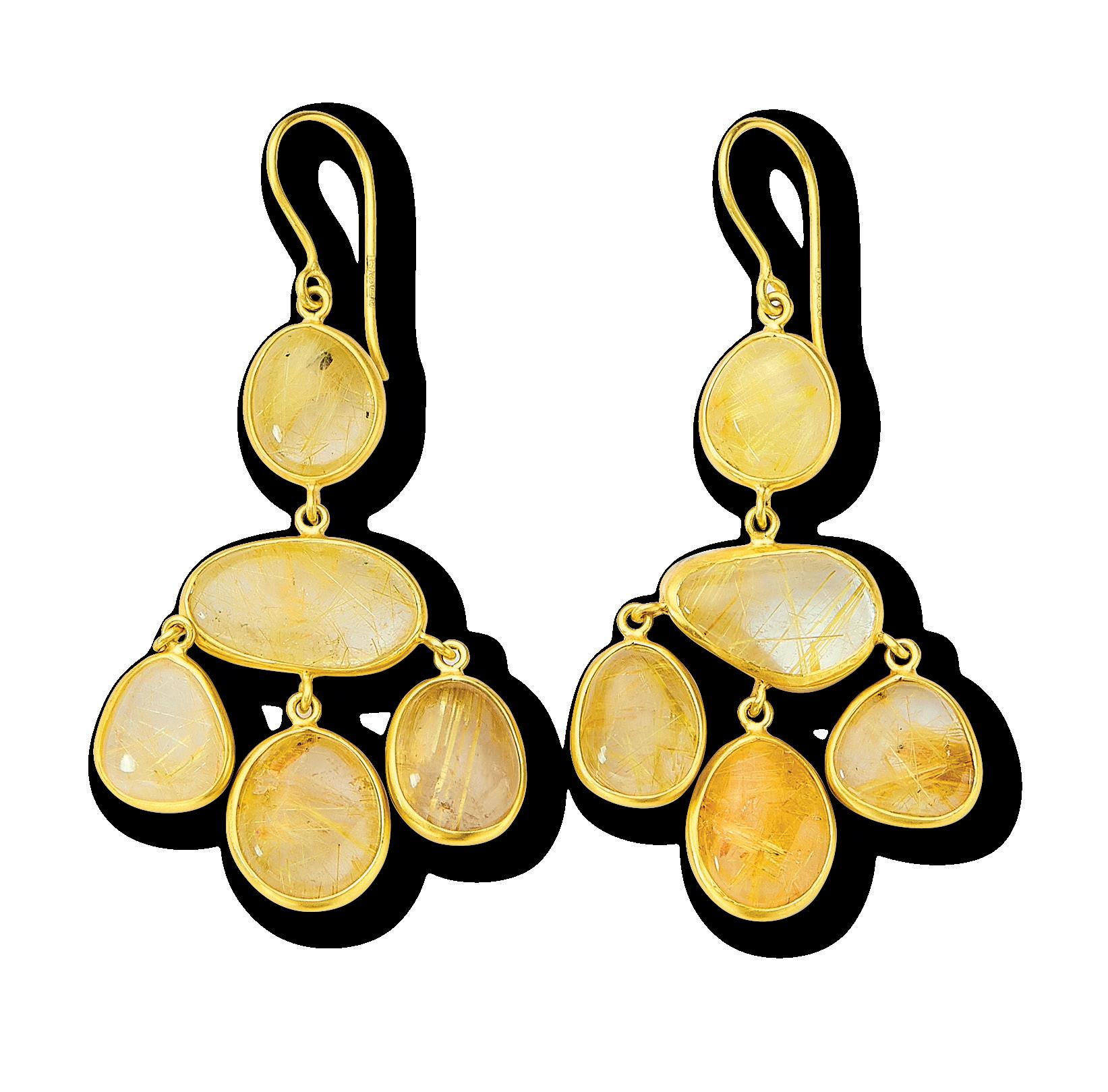

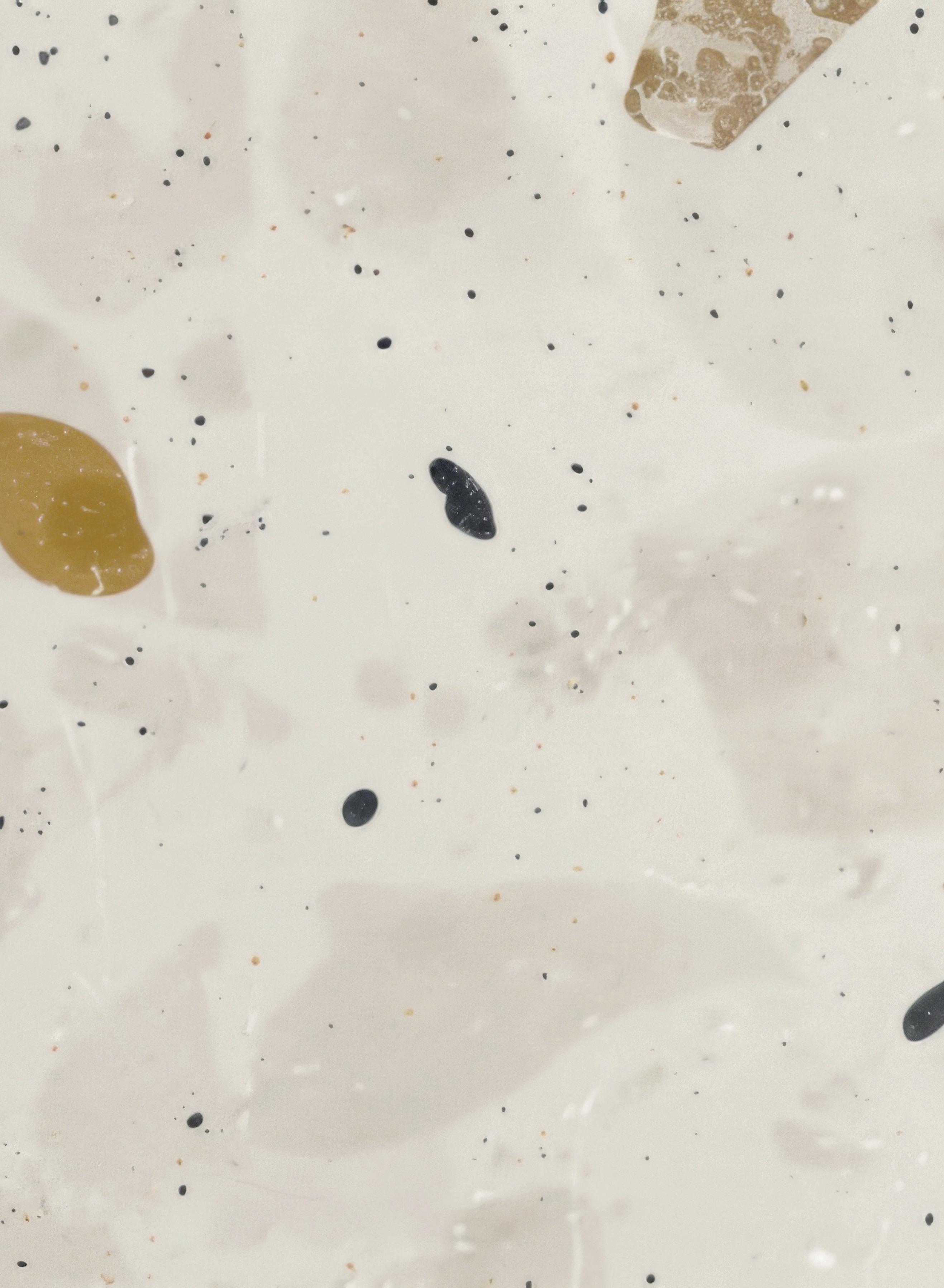
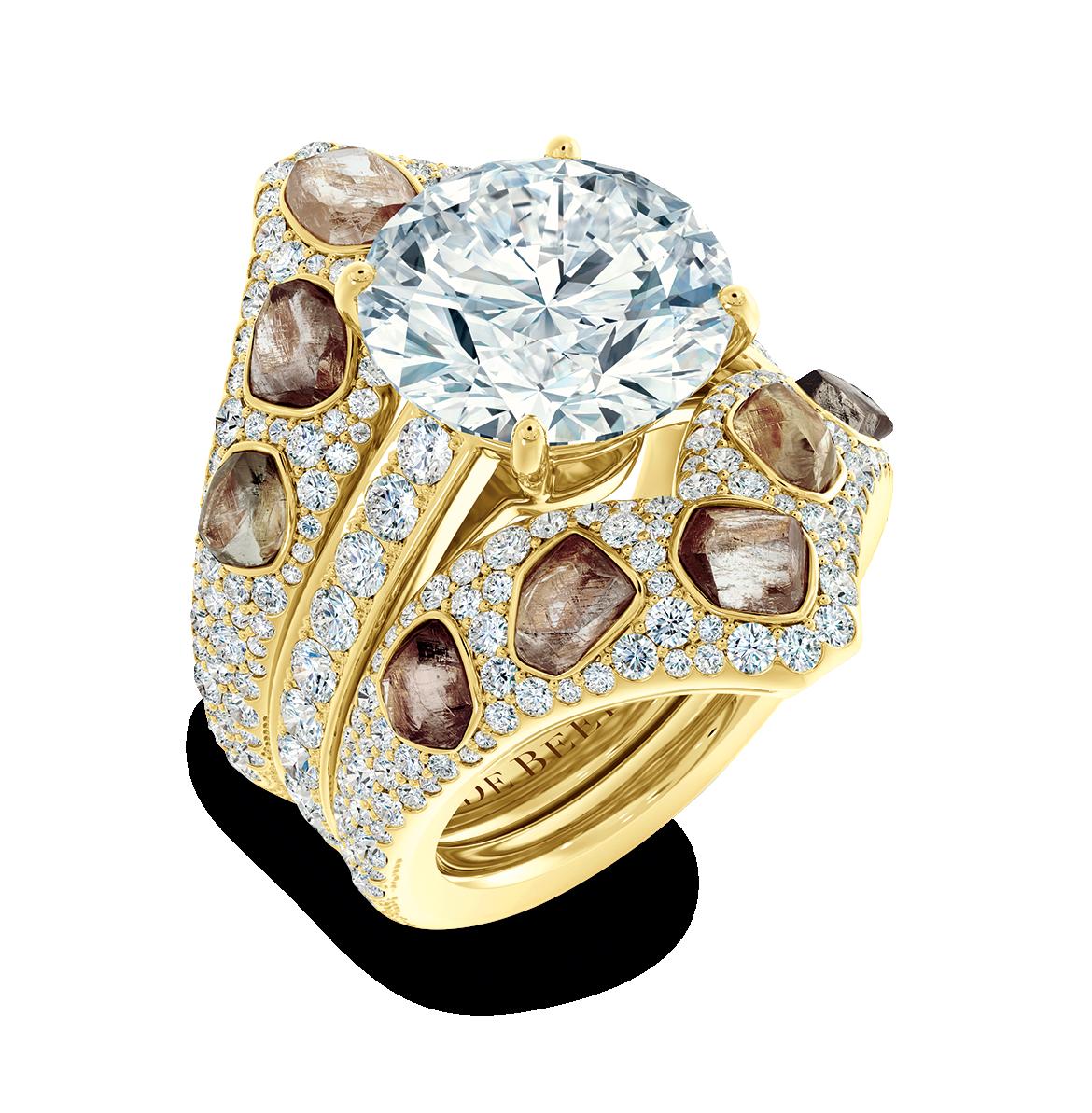
star items in any auction lucky enough to house one. Happily, Piaget does a few new versions each year, plus smaller items.
Italian goldsmithing brands have an honourable history in this area too. Pomellato was founded in Milan in the late 1960s, when the first wave of irregular stones hit and which, linked to their signature gem-set chains, became their bread and butter. Now they are back, with some of the biggest, boldest current designs: necklaces featuring a mix of Paraiba tourmaline, rubellite, tsavorite, aquamarine and mandarin garnet simply set in gold or with a broad “halo” of toning pavé for extra glitter. Huge tanzanites stud a chain of blue and violet sapphire pavé that captures the shades of the main stones which are, the brand explains, “roughened to achieve their shape, not simply polished, to try to leave the stones as close as possible to their original appearance. The cutter can quickly replicate what happens in nature when rocks and water polish stones over thousands of years”.
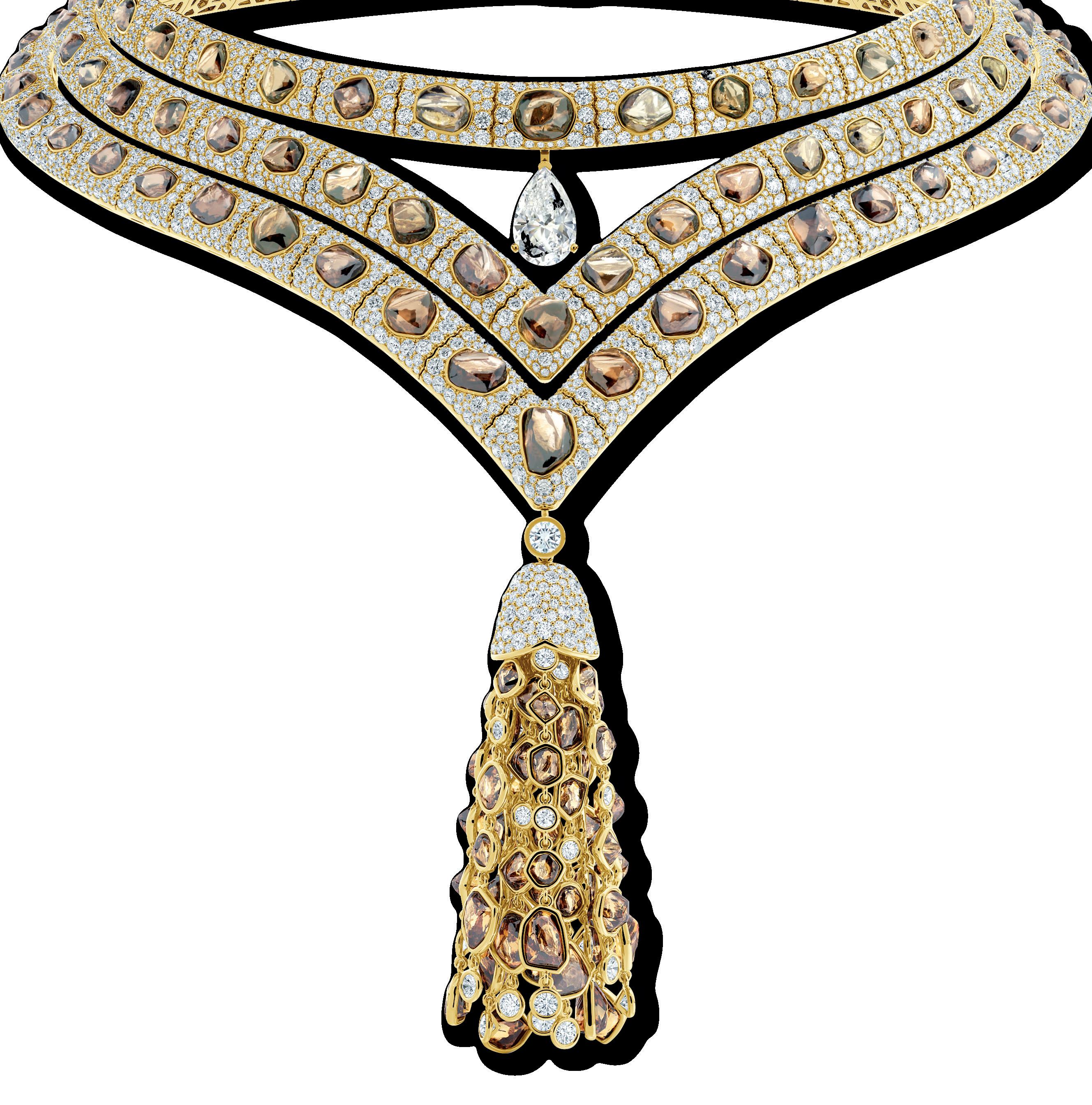
Wine-gum-sized or larger stones with hummocky surfaces but excellent clarity are mixed together and framed in golden bezels that mirror their odd shapes

Fellow Italian goldsmith Damiani is celebrating its centenary so has witnessed many jewellery movements and the fantasy cuts in its latest collection are right on target – a cuff entirely paved with multi-sized, rounded but irregular Mozambique paraibatype tourmalines, centred with a rectangular pink-brown diamond, or limpid Australian opals set in an all-diamond cuff. Opals often come in organic shapes and large sizes and are a favourite of Parisian jeweller Lydia Courteille, who puts them in the centre of ornate cuffs and rings of carved gold, featuring nature and culture motifs from the remote places where she loves to travel. Meanwhile, some of the hand-carved gemstones that Cartier has traditionally used are now created with a softer, more naturalistic profile.
Across the Pond, Tiffany has one of the


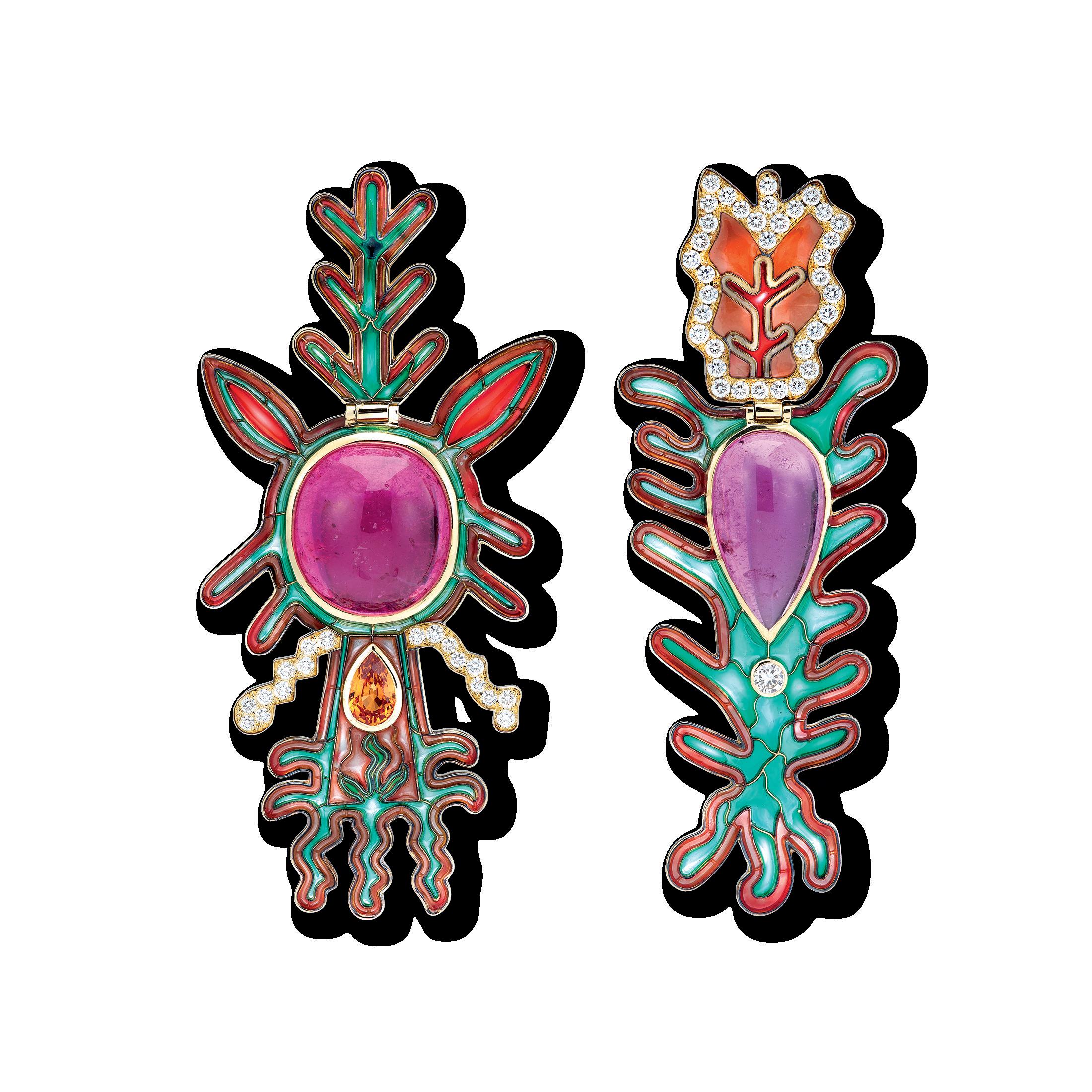

greatest heritages of unusual stones and their best-known gemmologist, George Kunz, gave his name to the beautiful pink kunzite gem. Though equally known for stunning formalcut gems, a timely allusion to that history of unearthing natural wonders appears in the richly hued but distinctly fantasy aquamarines which adorn their new Iconic Star suite. Fellow industry giant Gemfields produces angular slices of Mozambique ruby and irregular cabochons of Zambian emerald that attract independent designers including Bina Goenka and Shachee. And the recently opened Fuli peridot mine in China has processed very clear, uniform stones into irregular cabochons that catch the imagination of designers as diverse as Sun Chin and Britain’s Pippa Small. Pippa’s work is founded on a love of natural stones. Her latest collection includes rutile quartz with its shining interior of golden needles. These cuts, points out Gemfields’ product and sales analyst, Michael Hing, “go back to Medieval times before anyone knew how to cut facets, but faded out once they knew how. They became fashionable again in the late 20th century and have benefitted from technical advances, including synthetic diamond polishing grit and tumbling with a vibrating ultrasonic motor that is quicker than traditional methods”. It also produces clear, bright stones, unlike the frosted appearance of most naturally tumbled gems.
De Beers works only with diamonds and kick-started a now-popular style almost 20 years ago with its Talisman range, using rough diamonds with their natural octahedral structure, in colours more associated with industrial diamonds, to create relatively affordable pieces in textured gold which referenced the 1970s but has now reached the highest levels with the new Forces of Nature high jewellery collection. An array of large roughs in rich, earthy and even green shades are deep, translucently mysterious and surprisingly smooth. The revival of rough gems runs parallel with a trend towards large, sculptural crystals as collectables sought as much for their spiritual properties as aesthetics.
Francesca Grima still sets beautiful pieces of natural crystal in simple torques or rings, including some that her father collected such as forest green dioptase, while light, aqueous crystals like frozen waves adorn Massimo Izzo’s rings carved with mythical sea creatures. Closest to nature are Ruth Tomlinson’s rings encrusted with gold and Scottish agate, gleaned as tiny pebbles from beaches around Dundee by the London-based designer. These unique, miniature masterpieces mix the roughly natural with partial smoothing into shiny facets, a subtle blend of nature and artifice just as astonishing as those big, glowing cabochons.

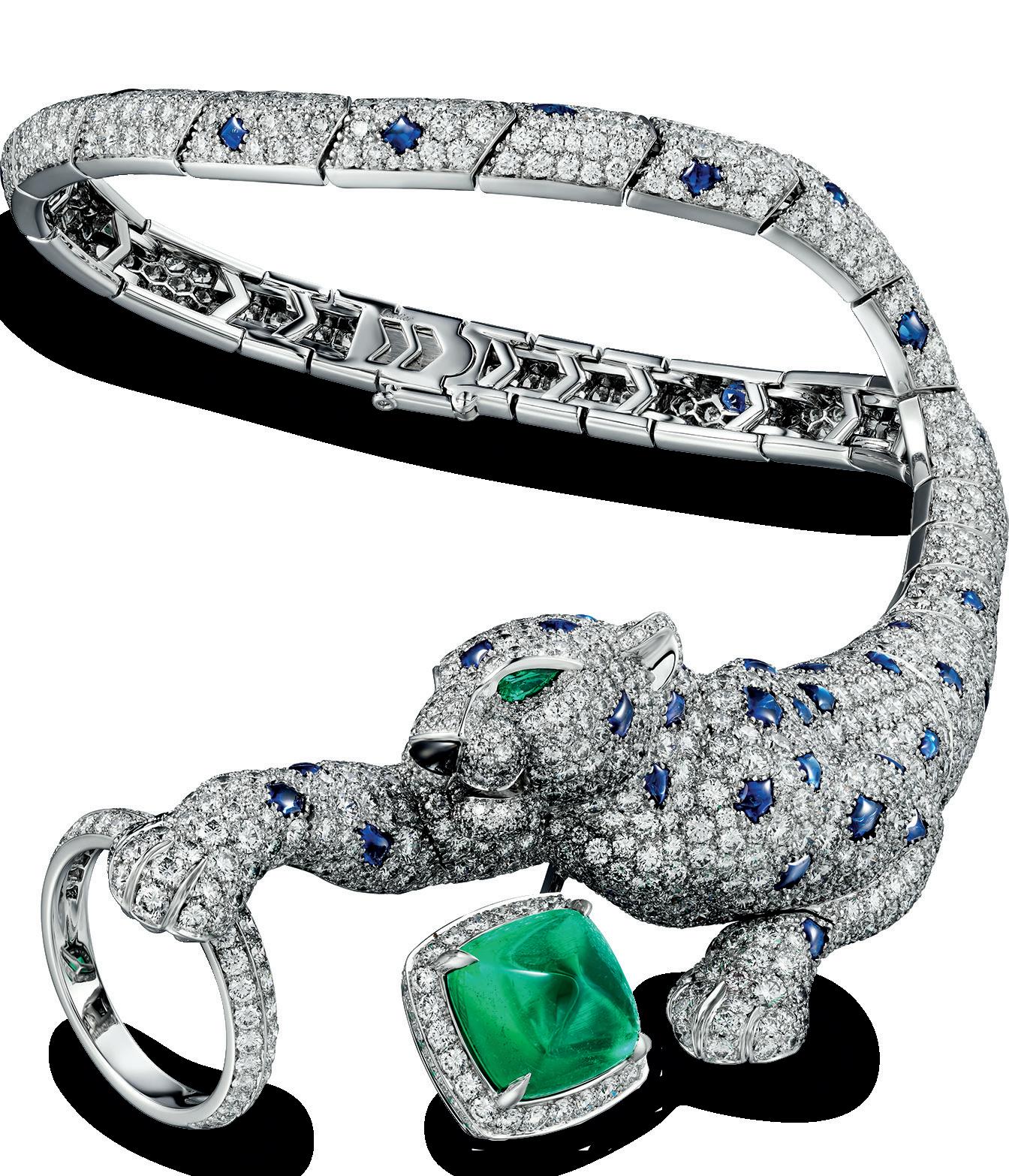
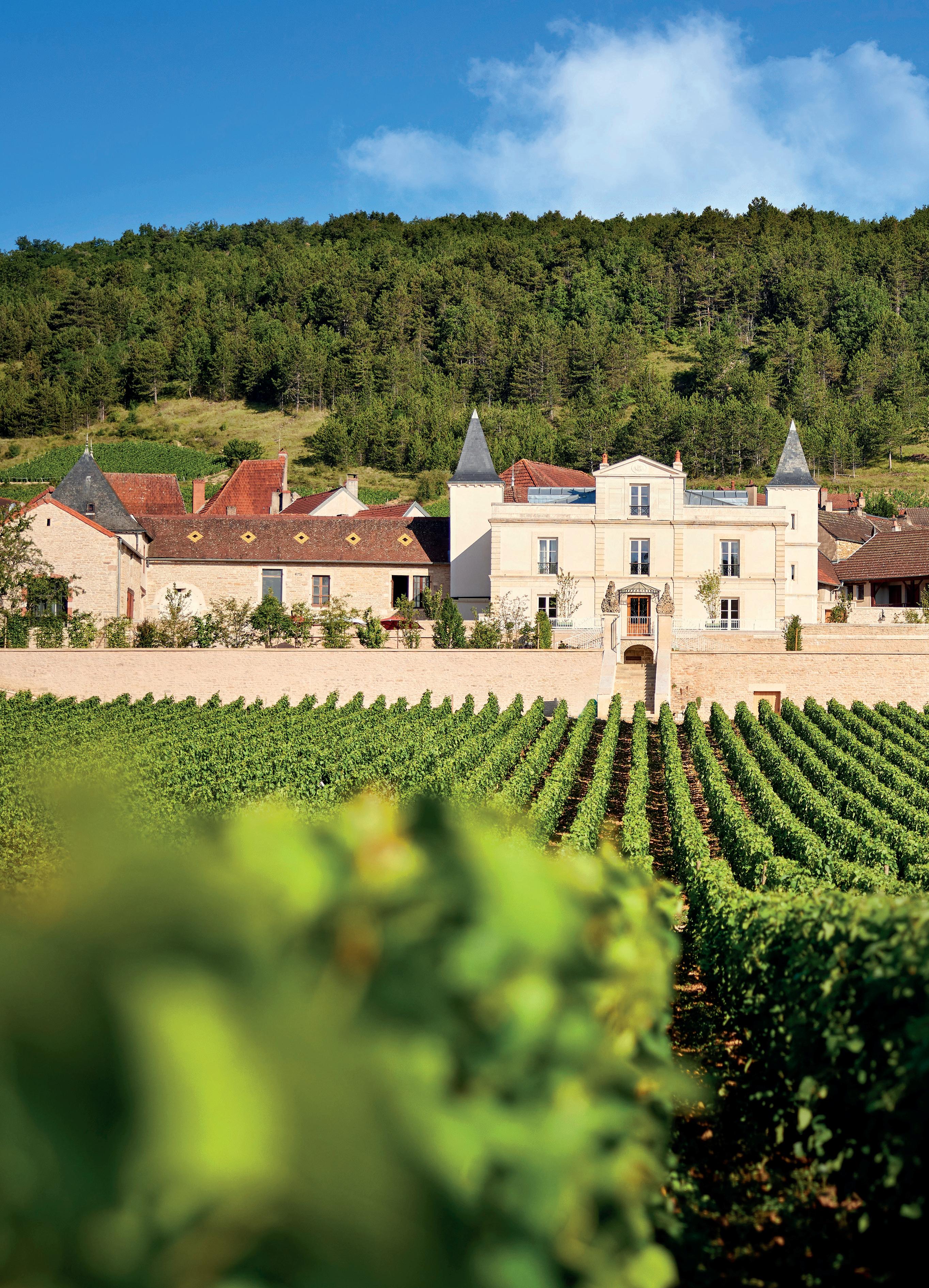
The secret is out: Burgundy can be surprisingly accessible to all. We raise a glass to that…
WORDS NINA CAPLAN

The received wisdom is that Burgundy is a wonderful wine but too expensive and too complicated. The first part is true, but the second doesn’t have to be: certainly, the priciest wine ever sold at auction is, to date, Domaine de la RomanéeConti (DRC), but anyone who believes that you can only drink Burgundy if you spend five figures on a single bottle is in for a pleasant shock. As for the complication: on the one hand, red Burgundy is almost always Pinot Noir, the white is usually Chardonnay, and what could be simpler than that? Then again,
soil changes subtly from one row of vines to the next, and the official hierarchy, ascending from generic Bourgogne via village wines to Premier Cru then Grand Cru, takes a little understanding. And yes, coupling the name of your best vineyard to your village, as GevreyChambertin, Puligny- Montrachet, ChassagneMontrachet and Vosne-Romanée have done, may lead people to wonder whether they are supposed to ask for a bottle or a hotel room. But the elation of driving through villages that share their name with legendary vineyards more than compensates for any confusion. It’s like travelling across a gigantic wine list.
The heart of Burgundy is the Côte d’Or, a row of vine-covered hills that stretches south from Dijon and produces some of the greatest wines in existence: rich, creamy Chardonnays and Pinot Noirs that are perfumed and gracious yet underlaid with a reassuring note of earthiness. Because in Burgundy, the soil is the key to everything. The cliché is that Bordeaux has businesspeople and Burgundy has farmers, and while the most famous of these so-called farms are now worth millions per hectare, there is some truth to that. Farthest north, almost in Champagne, is Chablis, where the fossil-speckled soils
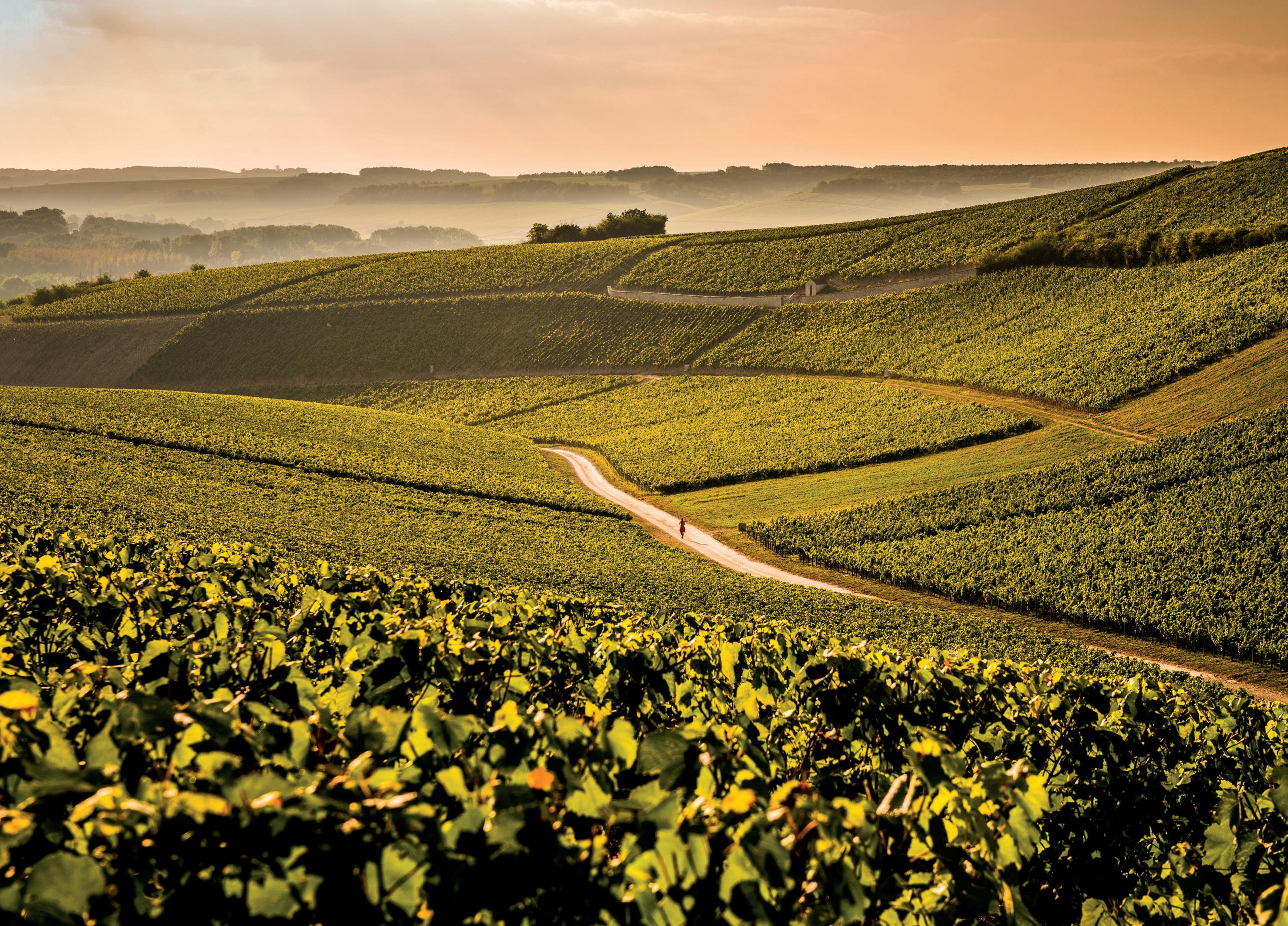
produce famously flinty Chardonnays and the cooperative, La Chablisienne is one of France’s best, with wines ranging from entry-level to Grand Cru. Nearby Irancy produces lighter and more cherryish Pinot Noirs than those farther south: try Gabin et Félix Richoux. Nearby, Saint-Bris is the home of Burgundy’s only Sauvignon Blanc, a deliciously stony wine that has little in common with Sauvignons from New Zealand or the Loire. Domaine Goisot is the outstanding producer here.
Now for the Côte d’Or’s scenic Route des Grands Crus: no need for a designated driver, since the journey is imaginary, and most of these wineries don’t welcome visitors anyway. In Marsannay-la-Côte, sixth-generation winemaker Bruno Clair makes wines that are superb value, given their quality, while down the road in Gevrey-Chambertin, the family at Domaine Drouhin-Laroze tend their own vineyards, make their own wine and feed all their pickers three home-cooked meals a day during harvest, and they will also show you around, if you book. There is, says Christine Drouhin, no connection with Beaune’s more famous Joseph Drouhin family, but that’s Burgundy for you: the same names are scattered around with seeming abandon, and while their

La Chablisienne in Chablis is one of the best wine cooperatives in France; Caroline Drouhin works with her mother Christine and father Philippe at the family estate, Domaine Drouhin-Laroze; Gabin et Félix Richoux are
the current owners of this 20-hectare estate in Irancy in northern Burgundy, one of the best in the region. The family have been growing grapes here since 1610
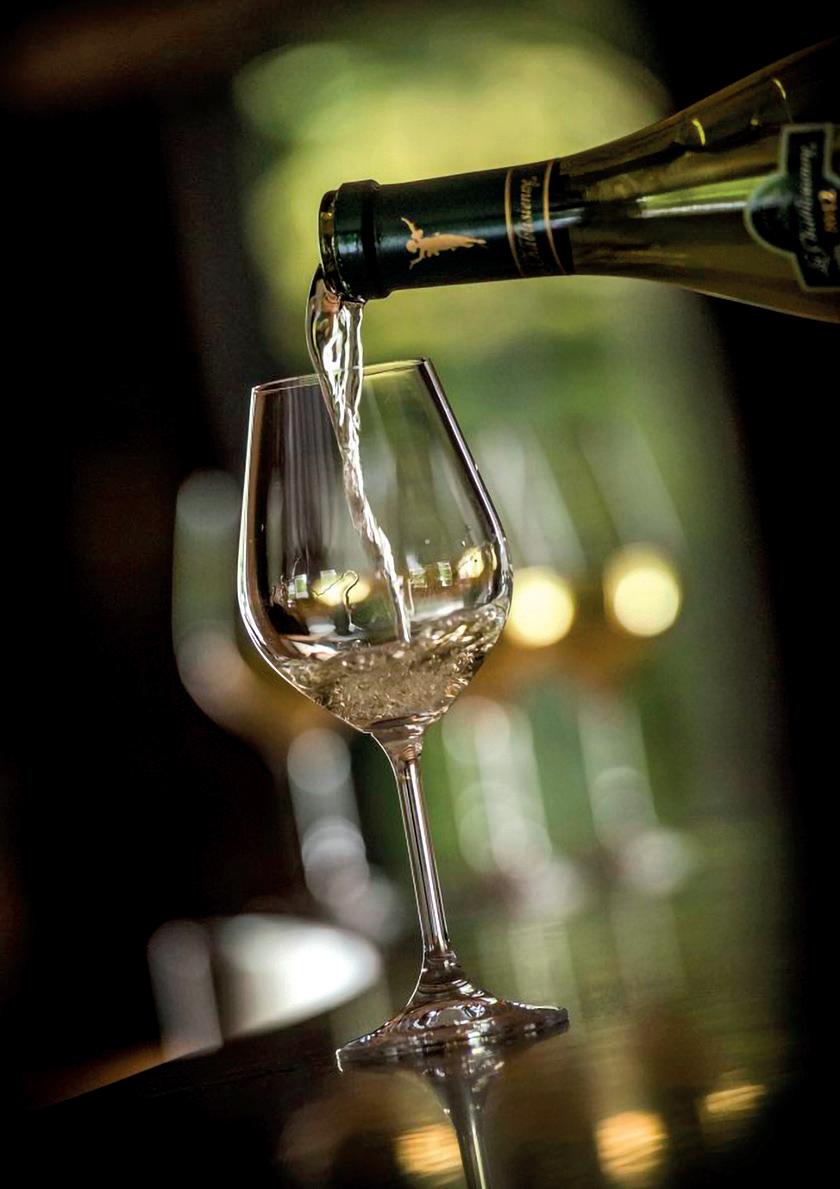
owners often are related, sometimes they haven’t spoken since the French Revolution. Past Vosne-Romanée, home to six Grand Cru vineyards (including Romanée-Conti) that produce the greatest – and priciest – Pinot Noirs in existence, and on to Nuits- St-Georges, where Thibault Liger-Belair makes a beautiful array of wines ranging from Vosne-Romanée to an excellent Aligoté and even a good Beaujolais (a region that is technically in Burgundy). Aligoté is the other white grape of Burgundy, historically despised but now skillfully grown. Sylvain Pataille produces another superb one, while the DRC of Aligotés is Domaine Ponsot’s Clos des Monts Luisants, from vines planted in 1911. And just before reaching the walled medieval city of Beaune, we pass Savigny-lès- Beaune, which is unjustly overlooked – meaning wines that are far more competitively priced than their neighbours: while Bruno Clair’s Chambertin Clos de Bèze Grand Cru tops £350 a bottle, his Savigny-lèsBeaune Premier Cru is closer to £70. South of Beaune, there’s Volnay and the heady, elegant reds of Domaine de la Pousse d’Or; vibrant, mineral whites from Domaine Jean-Marc Roulot in Meursault, a little village named after a stream so tiny that, 2,000 years

The received wisdom is that Burgundy is a wonderful wine but too complicated and too expensive. The first part is true, but the second doesn’t have to be
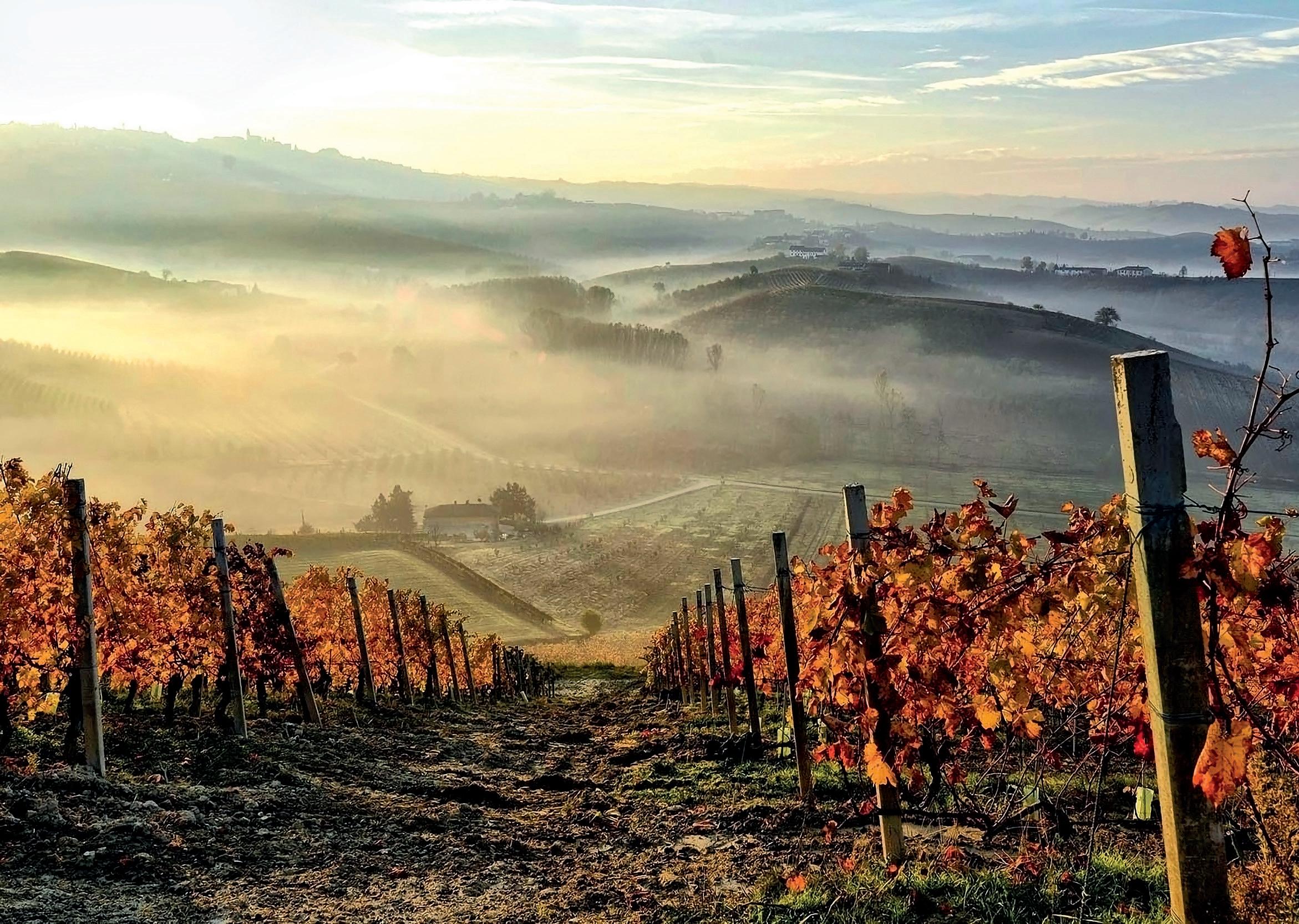
ago, Roman soldiers called it muris saltus, or mouse’s leap; and more superb whites in Saint-Aubin, which were once a bargain. Not anymore, sadly, but those of Domaine Hubert Lamy are well worth the outlay.
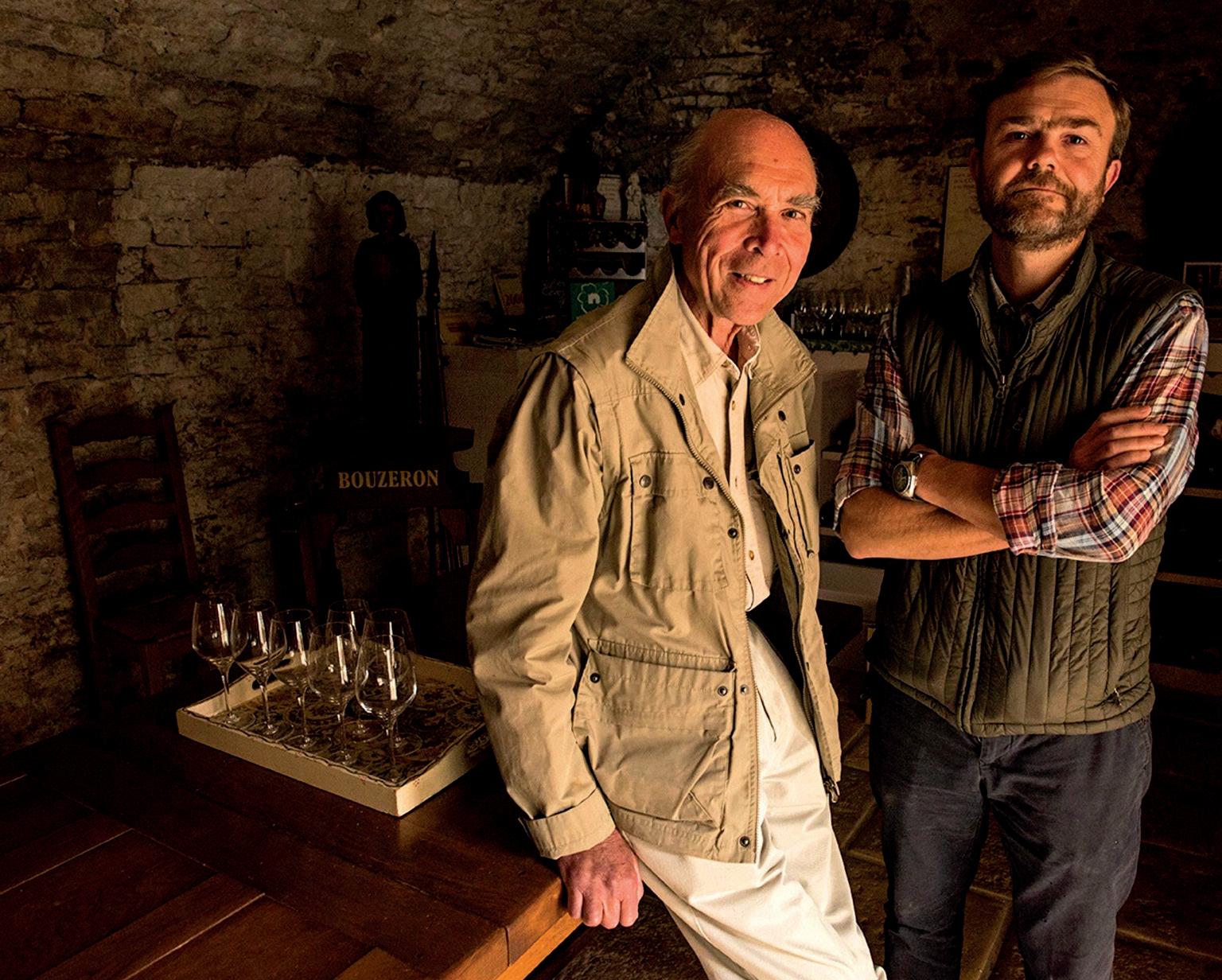
Beyond the Côte d’Or lie two regions, the Côte Chalonnaise and the Mâconnais, that are less famous and so much less expensive. Pierre de Benoist – nephew of DRC’s Aubert de Villaine – is a passionate advocate for the Côte Chalonnaise. He runs Domaine A&P de Villaine and his Bouzeron, Rully and Mercurey variations are well worth seeking out.
“You can make far more interesting wine in the Mâconnais than in the Côte d’Or,” claims Jean-Marie Guffens who, unsurprisingly, makes wines in the Mâconnais. Still, his GuffensHeynen wines are fantastic: “Here, there are mineral soils with very different exposures. And, we are less famous, so we try harder.”
The most well-known Mâconnais appellation is Pouilly-Fuissé: full-bodied Chardonnays from limestone soils that don’t achieve quite the layered elegance of the great whites farther north, but don’t cost anything close, either. Producers worth discovering include Dominique Cornin, Olivier Merlin or Domaine Corsin. And so we return home, swapping the geographical wine list for paper, and our imaginary wineglass for – thank goodness! –one we can actually replenish.


Château
This manor house, set in its own beautiful park, is a 20-minute drive from Chablis. The house has been tastefully decorated by its Dutch owners, and there’s now a heated saltwater pool (summer only) and spa plus an on-request restaurant (minimum of six diners). Chateaudelaresle.com
This sleek hotel opened last year in Puligny-Montrachet to loud cheers: Burgundy is oddly short of five-star accommodation. The pool won’t be open until the end of this year but the rooms are luxurious and the restaurant, with its huge globe-style light fixtures, is simply amazing –particularly its wine list. Comohotels.com
Don’t drink and drive: rent a room at this lovely four-bedroom Château overlooking a swimming pool amid the vines, owned by a négociant, Maison Prosper Maufoux, whose tasting room is right there. Chateau-st-aubin.com
Caves Baptiste Bienvenu offers tastings at its Irancy winery and also has a tasting room in Chablis. Caves-bienvenu.fr/en/
Château de Pommard, an 18thcentury property set amid beautiful gardens, offers tastings of their excellent wines and experiences. Booking essential.
Chateaudepommard.com
Domaine Faiveley, an admired Nuits-Saint-Georges estate, offers tastings and, in the courtyard, a bonus: an original of Rodin’s famous The Kiss, in homage to the Faiveleys’ ancestor, who was the sculptor’s patron.
Domainefaiveley.com/en/
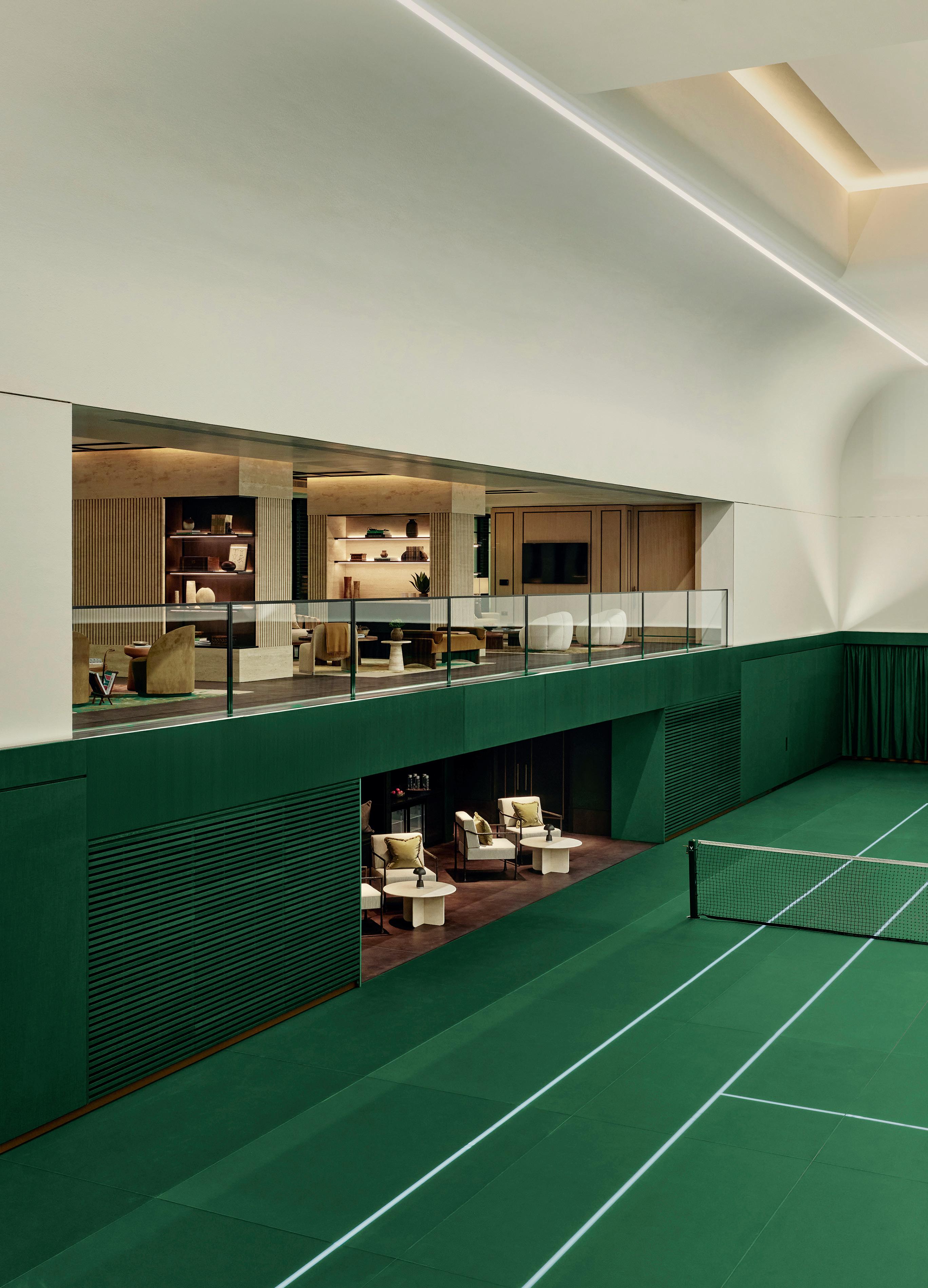

WORDS ZOE DARE HALL
Hidden beneath Belgravia’s streets is a rare and unexpected sight: a cavernous, pristine green and white space that houses London’s, and quite possibly the UK’s, only subterranean tennis court.
Part of an 18,500 sq ft leisure space called The Garrison Club at Chelsea Barracks – where one-bedroom apartments in the latest phase, 9 Mulberry Square, start at £3.4m, and you can spend £55m on a turnkey townhouse –this court is usually available only to residents and their guests.
But on one early summer’s day, I am invited to be among the first to test out this unusual and glorious court. Fluffy clouds and soaring birds are being projected on the 13-metrehigh ceiling (plenty of space for even the most wayward of lobs), so it couldn’t feel less underground. The glass-like surface – one of
just four ASB GlassFloors to be installed in the UK, its glass, ceramic and aluminium combination is designed to last 60 years – is fast and, despite appearances, not remotely slippery. And the LED-illuminated lines can, at the press of a button, switch to accommodate other sports including basketball or five-aside football.
One devoted fan is Laura Ward, the founder of Exeat (exeatweekend.com), a sustainable women’s tennis-wear company whose products, including dresses costing from £220 and white tennis balls that remind you of the 1970s, are stocked at The Garrison Club. “This court is so surprising and so glamorous with its subterranean setting, and it’s hands down my favourite hard-court surface in the country,” says Ward, whose business is entirely inspired by her halcyon tennis-filled weekends “under golden skies”
when she came home from boarding school. These days, Ward is part of a devoted racket-wielding local community in Wiltshire, having chosen her village purely to be close to the 200-year-old Pythouse Tennis Club. She also has a hard-surface indoor court with pickleball markings (her team are all fans of the latest tennis-style US export) in her company’s Salisbury HQ.
Having a private outdoor tennis court is always a luxurious use of space. If you have less than 1.5 acres of land, forget it, according to Harrod Sport, suppliers of nets and posts to top tennis tournaments. And in central London, where every inch counts, it’s almost unheard of. So it’s telling of the perceived pulling power of tennis that Chelsea Barracks’ developers, Qatari Diar, decided to equip this voluminous space not with underground parking, more gym or spa space or even

apartments, but with an amenity that can mostly only be used by up to four people at a time. “We had a vision to create a truly exemplary health and fitness space,” says Richard Oakes, Qatari Diar’s chief sales and marketing officer. “We knew we wanted to include a tennis court. We needed to create a truly unique and usable space for all to enjoy, so the multi-functional court offers a range of sports at championship level that everyone can play, from families to serious athletes.”
It’s proving a hit, too; the court was recently booked out for nine hours solid in one day. And its launch comes at a time when tennis – and its newer, easier-to-play off- shoots, padel tennis and pickleball – are having a moment. In fact, it’s been on the up since the pandemic when participation spiked by 372% because it was a sport you could still play with social distancing.
Ward may have been ahead of the game with Exeat, but from old-school ‘tenniscore’ fashion sparked by the steamy tennis film
Challengers to Andy Murray’s moving last hurrahs at Wimbledon and the Olympics, tennis has been pretty hard to miss in recent months.
With golden skies in short supply this year, tennis courts also seem the more pragmatic choice than an outdoor pool in the UK. Given the horrendous cost-per-swim ratio to heat and maintain an outdoor pool for little use, estate agents in prime spots around London say buyers often baulk at these watery money pits. Tennis courts, on the other hand, usually add value to your property. It’s a how much is a piece of string question, but Michael Graham estate agency says the average cost to build a court is £45,000 (compared with £85,000 for a pool) and it can add at least £75,000 to the value of a country house.
Charlie Wells, managing director of Prime Purchase buying agency, adds that “tennis courts are much more popular than swimming pools, which is understandable given our climate, and the appeal is universal –
American, European and particularly British buyers all covet one.” He mentions clients whose Georgian country house included two adjacent courts, “ideal for entertaining and tennis parties”. A court isn’t generally as aesthetically pleasing as a pool, Wells adds, “so if you are installing a tennis court, keep it well hidden and tucked away behind a hedge, so it isn’t detrimental to the environment of the house, and keep it green and traditional. Leave the garish blue astro to the local hockey club”. You will also need planning permission to build a tennis court – and that is becoming increasingly hard to acquire, says Charlie Warner, partner at Heaton & Partners buying agency. “The issues are largely to do with surfaces and court netting. We’ve seen people come up with compromises like grass courts and temporary netting to get around these planning restrictions.”
So installing your own tennis court is becoming a greater luxury than ever. And it’s one that many owners are happy to share.

When Simon Hearn, 66, spent about £30,000 installing the hard-surfaced court in the paddock of Snoddington Manor, the home he and his wife Henrietta bought 23 years ago, they didn’t want it to be purely “our asset” he says. Instead, they created a community amenity of sorts. “We encouraged the people who live in the nearby hamlet to use it. Anyone who played put some money in a jar and it all went to the Samaritans,” says Hearn, a former City recruitment company owner, who volunteers for the charity. They also hosted a Ukrainian family with three children who still live nearby and regularly use the courts.
Hearn’s nine-bedroom manor house comes with 50 acres of land and an outdoor pool. But it’s the sociable games with neighbours, the hard-fought family tournaments and all- yearround enjoyment that he remembers most fondly. “We’ve had very few problems with the court, apart from having to shoo off the odd guinea fowl who strays on to it,” reports Hearn, who is hoping to downsize and has

With golden skies in short supply this year, tennis courts seem the more pragmatic choice than an outdoor pool in the UK

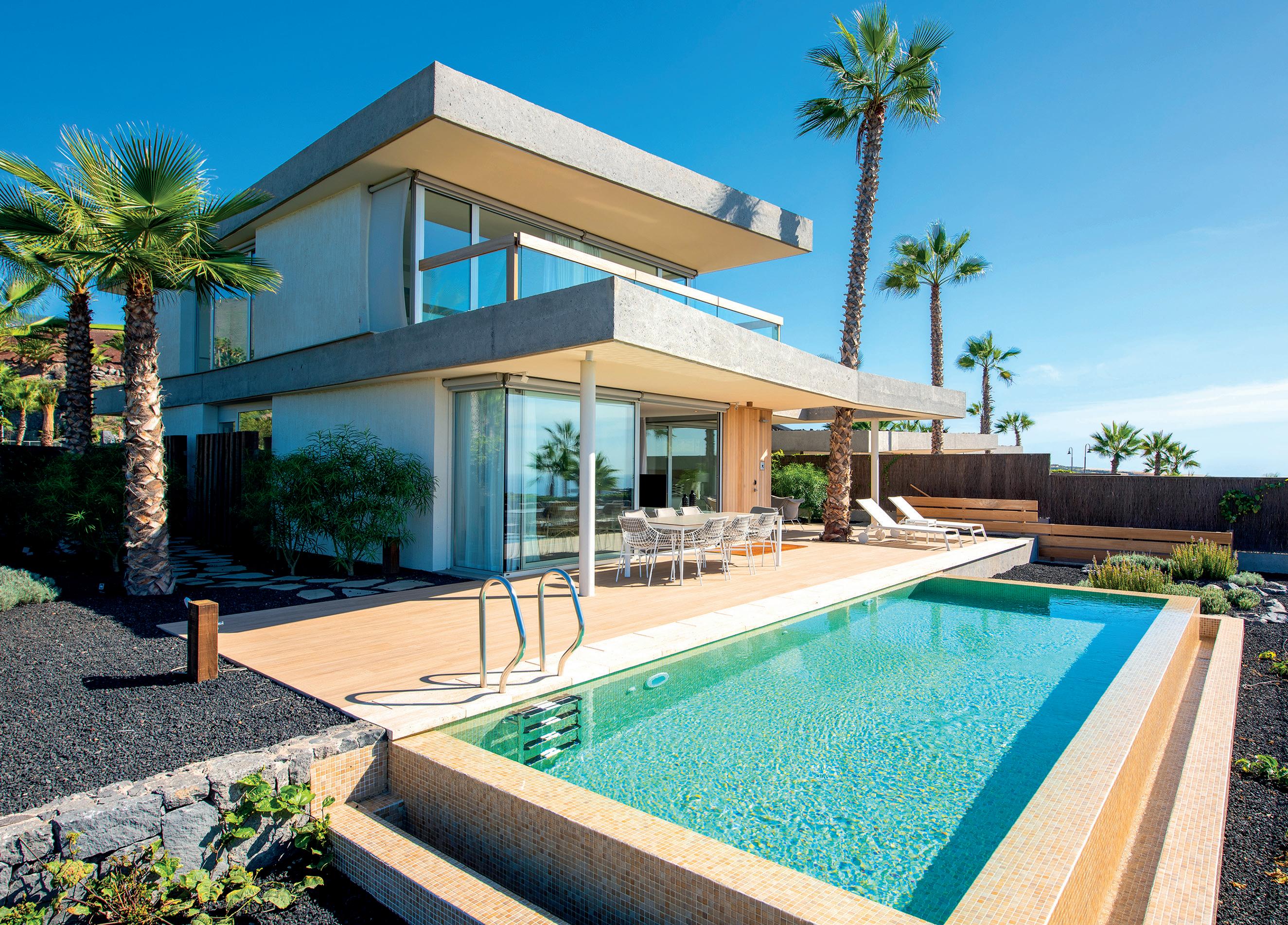
put the estate on the market through Strutt & Parker for £3.6m (or £4.25m if you’d like the three-bedroom lodge too).
The tennis court was a big part of the appeal when Mark Hayward, founder of the UFO record label in the 1990s, bought his home near Ascot in Berkshire in 2011. The sevenbedroom, 10,000 sq ft house called Longchase – now on sale for £4.65m through Savills – sits on a 1.74-acre plot that includes a “leisure complex” with an indoor pool. Close to the house, tucked behind a hedge, is the private tennis court that Mark renovated during lockdown as the roots from the neighbour’s row of towering trees had started to burst through the court.
“It cost us just under £20,000 and took three months to dig it up and re-lay it, but it was worth it. My wife’s friends from the local David Lloyd club used to come here all the time to play. We couldn’t get rid of them!” laughs Hayward, 64. He also planned to set up a tennis coaching company, offering lessons to locals, but the pandemic intervened. “Having an outdoor pool – which we built in our last home – is nothing but hassle and cost. But a tennis court is much easier and we use it every day.”
With padel tennis now the world’s fastest-

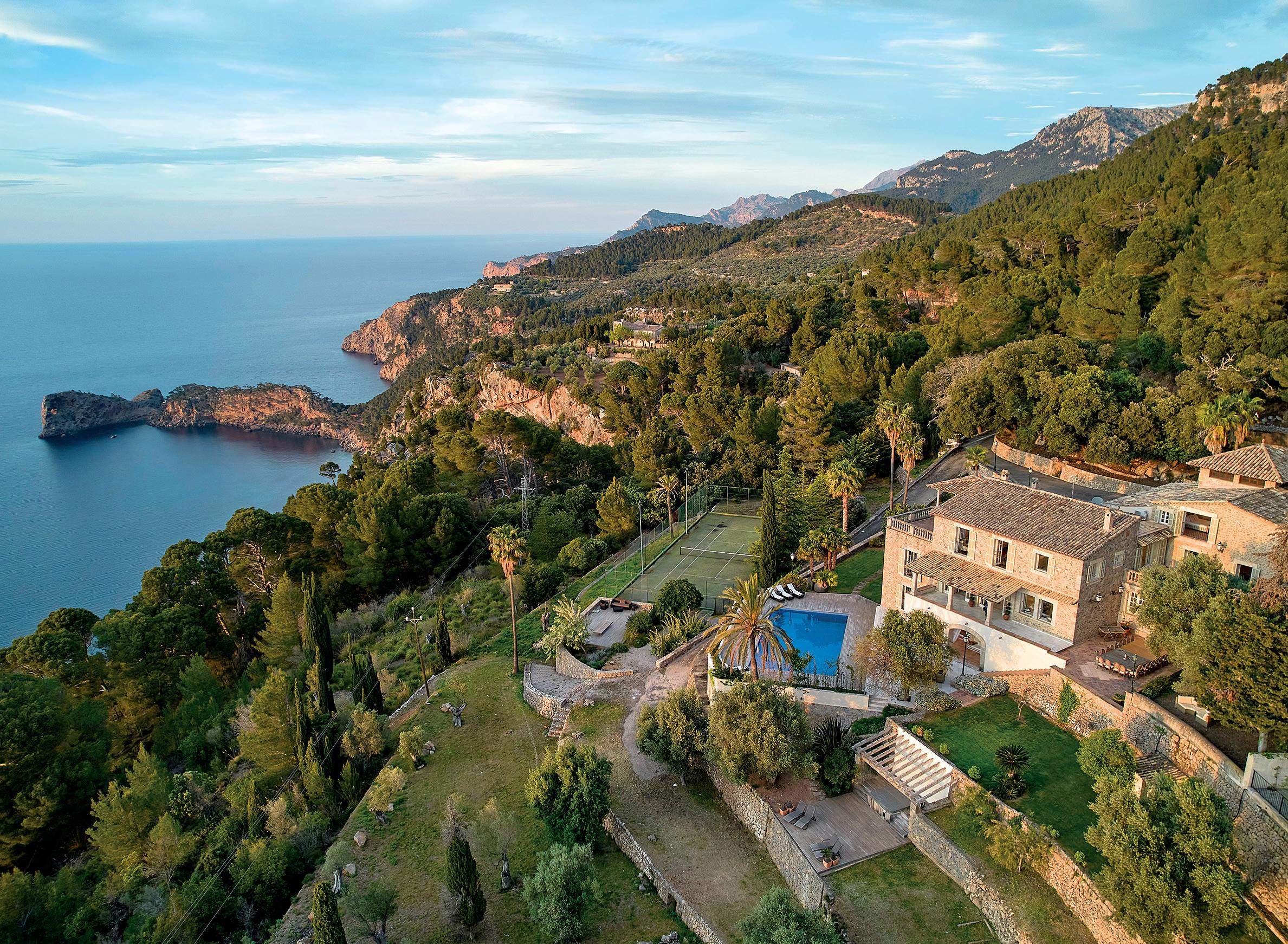
growing sport, having a padel court – onethird the size of a tennis court – has become the preferred and more practical option for many prime developers and tennis-loving homeowners. Battersea Power Station is installing four permanent indoor courts this autumn for residents and visitors and Berkeley’s Oakhill development in Kent has a court buried in woodland. “It’s fun, easy, and sociable and has a much cheaper entry point than other sports facilities,” says Fraser Hamilton, director at Padel House, who will design and build you a padel court from around £20,000 (plus £35,000 for the groundwork) or the “flexi” variety that sits on a solid platform, so it’s transportable in theory, when you move home, from £50,000.
Should you want your family crest on the glass, customised lighting or a different colour surface, they can do that too. “If you own a £5m home with a significant amount of land, you will usually already have a pool and a tennis court. Tennis players tend to become padel players, so a padel court is the latest addition,” Hamilton comments.
Pickleball is similarly gaining ground as an easier and space-saving alternative to tennis. On the super-prime Wentworth estate in Surrey, a new six- bedroom mansion – on sale
for £16.5m through Winkworth Sunningdale –is nearing completion with a pickleball court designed for its 1.2-acre garden. There are lesser-known benefits to having the fully-sized version, however. “A tennis court is the perfect size for putting up a marquee that seats 150 people,” says Charlie Wells. “When you need to host your child’s 21st birthday party or a wedding, it can be very useful indeed.”
For buyers looking for overseas holiday homes where they can indulge their love of tennis, the cool, contemporary three-bedroom Villas del Tenis – priced from €2.22m – at the Abama Resort in Tenerife are just steps away from the resort’s seven tennis courts. But be prepared for the ocean views from this hilltop site to distract you from your driving volleys.
And it’s hard to beat the Algarve’s premier resorts, notably, Quinta do Lago – whose elite sports facility, The Campus, nurtures future young stars at its tennis school but is a sociable spot for all levels of tennis and padel players. Due to high year-round demand, they’ve just added some indoor padel courts too.
The neighbouring Vale do Lobo resort has also expanded its tennis offering, now with seven padel courts and 12 hard and clay tennis courts. “Many owners enjoy the active lifestyle here and want homes near the Tennis Academy
– and our recent considerable investment in the Academy is pushing up prices for these homes,” comments Alda Filipe, real estate director at Kronos Homes, which owns and operates Vale do Lobo. Properties within walking distance of the courts range from €500,000 apartments up to vast €7m villas. Those who prefer rural isolation to resort life can find some glorious properties with the whole package, from Tuscan farmhouses with a court among the olive groves and vines (Italy Sotheby’s International Realty is marketing a majestic €28m estate in the Massa Marittima that also has its own golf course). And Mallorca – the tierra that nurtured Nadal – stands out as a destination for tennis lovers, according to Jessica Bishop at DDRE Global. “There is no single hotspot here, but Deia and Valldemossa in the northwest are idyllic countryside settings that are particularly popular with a lot of HNWIs,” she says.
Charles Marlow estate agents has just the place: a historic clifftop-perched estate called Can Calo in Valldemossa, featuring many sea-breeze-cooled terraces overlooking its private pool and tennis court – yours for €13.75m. From underground London to Mediterranean hilltops, the tennis-loving super-rich are spoilt for choice.

Once a 1970s staple, dining is now on a roll again with serving carts making a triumphant comeback in the most upmarket establishments
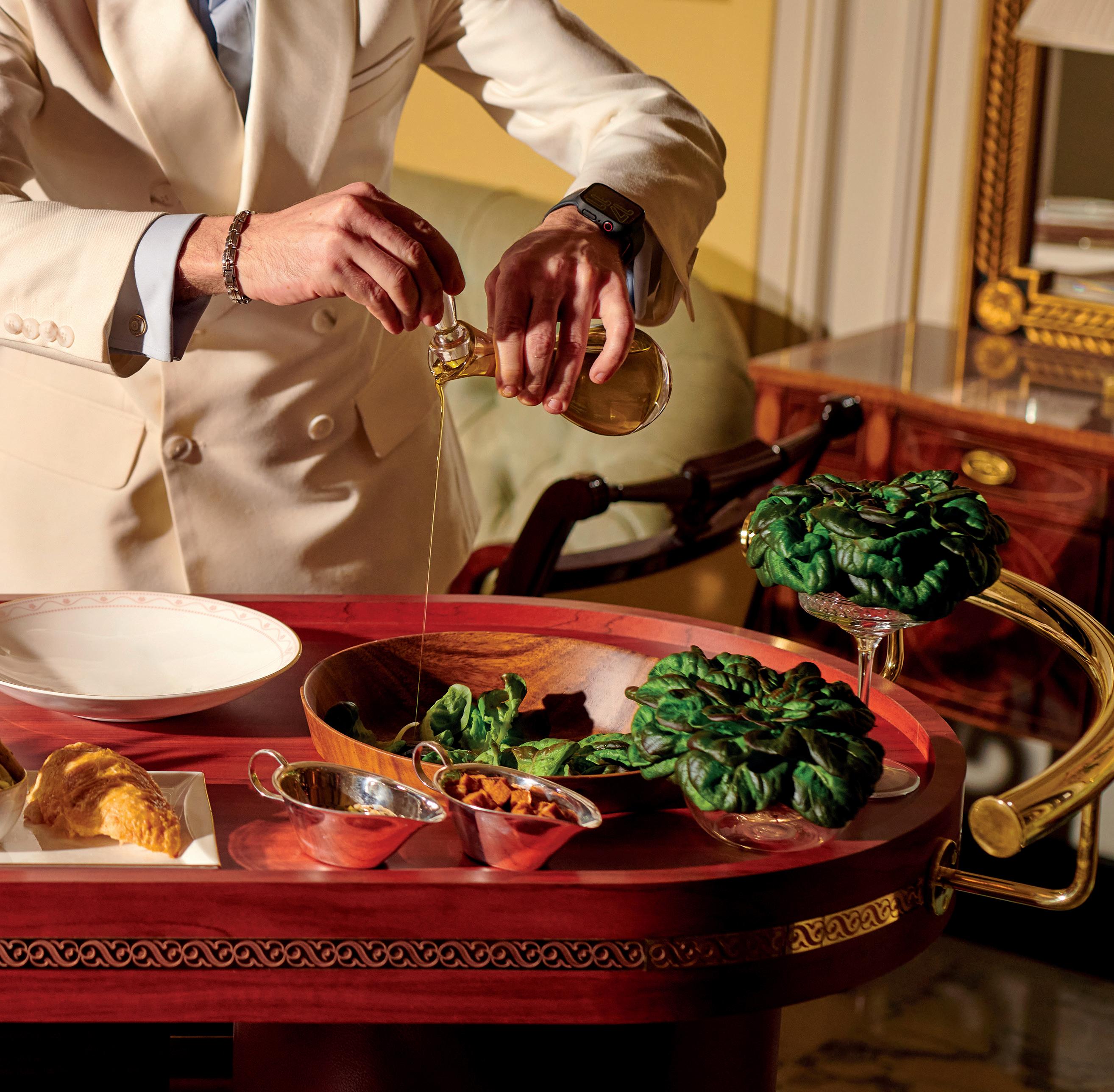
From crispy duck to crêpe Suzette, roast beef to rum baba, the arrival of a trolley is the high point of a restaurant meal, as evocative of celebration as balloons and birthday cake. And yet somewhere around the end of the 20th century, trolleys were consigned to the dustbin of kitsch, only permitted to be wheeled out for the cheese course. But fuelled by the post-pandemic realisation that what we missed most about restaurants is the sense of fun and human connection, a trolley is once again a key piece of eating-out equipment, whatever the stage of the meal.
“I think we all love a trolley,” says Jeremy
King. “They have been an important part of my life both as a restaurateur and guest.” The co-founder of The Wolseley and owner of Arlington and The Park intends for trolleys to be the star attraction when he re-opens Simpson’s in the Strand next spring. “I still vividly remember the dishes prepared at my table, such as raspberries Romanoff at Gleneagles, or bananas Foster in New Orleans. Over the years, I have utilised trollies for all sorts of reasons, including tableside preparations, cheeses, baked Alaska and digestifs, and I even commissioned a futuristic trolley for The Ivy from the architect Amanda Levete, back in 1990.”
Fast-forward to 2024 and King cites the
dessert trolley at Maison François, a French restaurant in St James’s, as a highlight of eating out in London; the walnut-and-brass cabinet arrives laden with layered gâteau marjolaine, praline Paris-Brest and a daily selection of seasonal fruit tarts.
Two years ago, the sweet trolley was joined by a steak tartare trolley, though owner François O’Neill says the inspiration was American, not French. “One of our influences for Maison François was the TV series Mad Men, in which trolley service and ice-cold martinis were scene-stealers.”
O’Neill estimates that 90 per cent of his customers ask to be shown the dessert trolley; steak tartare fans, meanwhile, “love
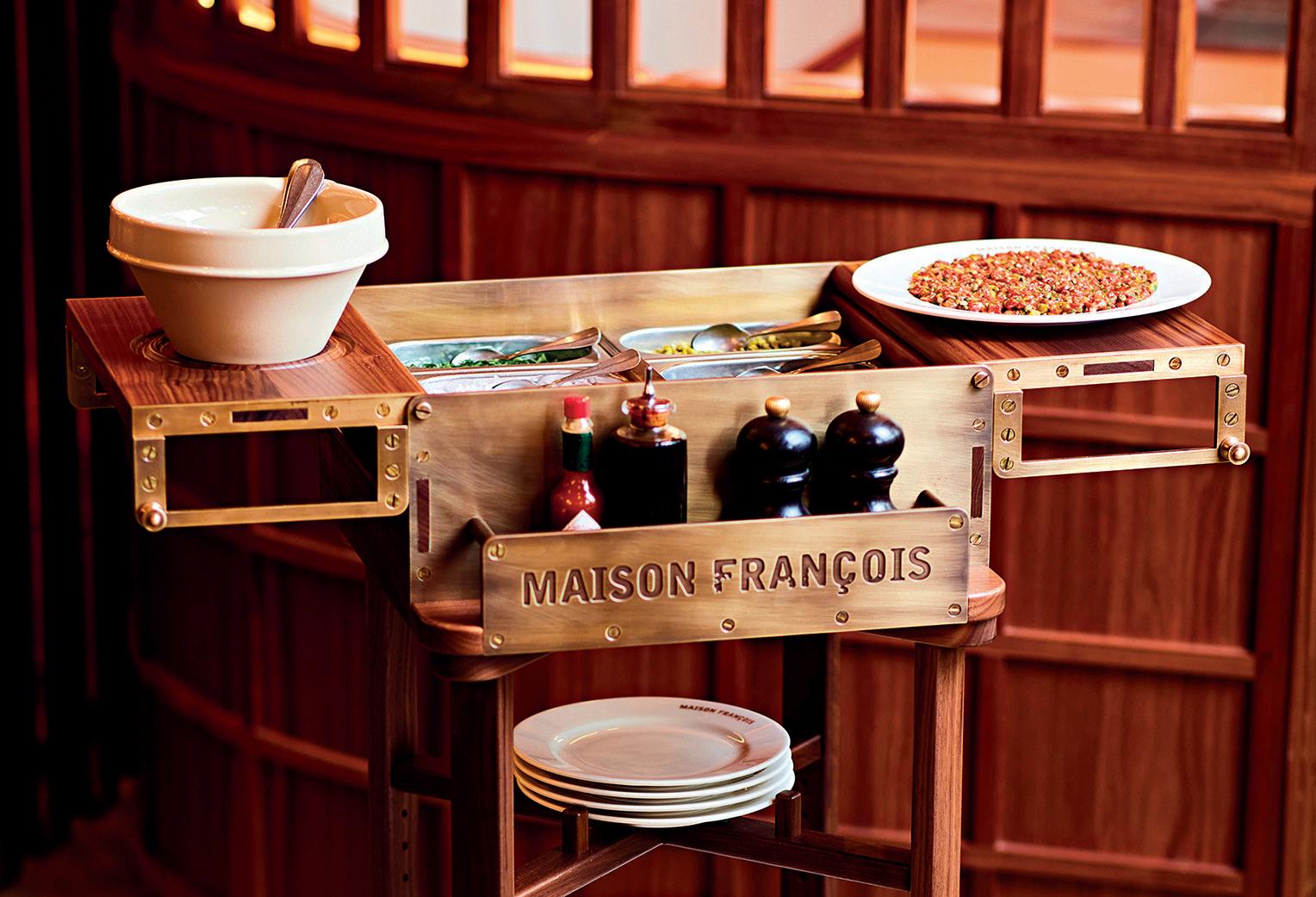
Somewhere around the end of the 20th century, trolleys were consigned to the dustbin of kitsch, only permitted to be wheeled out for the cheese course

the fact that they can refine and bespoke their meal,” requesting anything from capers and shallots to Tabasco sauce and anchovy breadcrumbs be added to the mix. Maison François, however, is not the only restaurant to have introduced a savoury trolley.
A Caesar salad trolley does the rounds at the recently opened Los Mochis London City, a Square Mile outpost of Notting Hill’s Mexican/Japanese mash-up. “It is a littleknown fact that the Caesar salad was created by Italian chef Caesar Cardini in Tijuana, Mexico, in 1924,” says Los Mochis founder Markus Thesleff. “We wanted to celebrate this piece of Mexican heritage by offering our own playful twist on the classic dish.” Expect romaine lettuce tossed up tableside not only with Tyrrhenian anchovies and 24-monthaged Parmigiano Reggiano but chilli-lime croutons and nopales (edible cacti).
Once upon a time, most high-society food was served from a trolley. From the Middle Ages onwards, the French aristocracy established the trend for ‘service à la française’, which involved serving various dishes simultaneously from a wooden cart or trolley with diners expected to serve themselves. By the middle of the 19th century, however, the French had adopted ‘service à la russe’, with meals delivered in separate courses by waiting staff, and the finishing touches of a dish applied tableside from a trolley, whether tossing salads, carving meat or flambéing desserts.
This sense of historic formality has always found a home in grand hotels such as The Ritz, where a four-course Arts de la Table menu includes trolleys bearing beef Wellington, crêpe Suzette and a tea infusion ceremony that looks and smells like a mobile herb garden. When The Promenade, the all-day dining and afternoon tea lounge at The Dorchester, was unveiled after a full renovation last year, it came complete with trolleys laden with seasonal salads, steak Diane and crêpe Suzette. Halloween will see a pink pumpkin sweet trolley doing the rounds.
“I trust my front-of-house team to perfectly prepare dishes like steak Diane tableside,” explains The Dorchester’s culinary director Martyn Nail. “This level of expertise is rare nowadays and requires a strong collaboration between the kitchen and front-of-house teams to get the service sequence just right.” And, he adds, “It also creates great photo moments.” For what is more likely to bring new customers into an old restaurant than a thirst trap on Instagram? When the restaurant at The Goring, the only five-star London hotel still owned and run by the family that built it, emerged from a multi-million-pound refit in May courtesy of Russell Sage Studio, a trio of trolleys was part of the design brief for the Edwardian-era dining room. “We have evolved from just
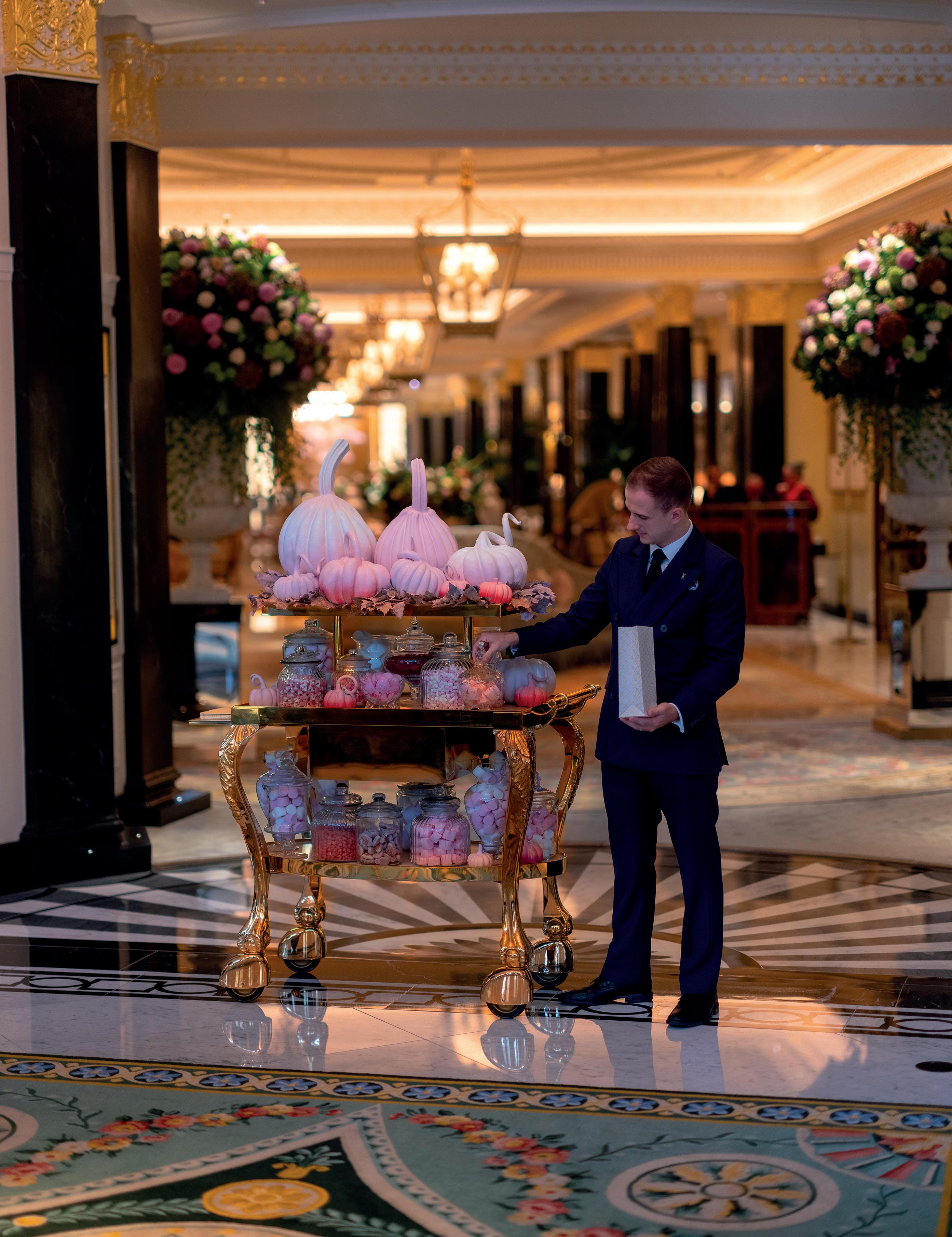
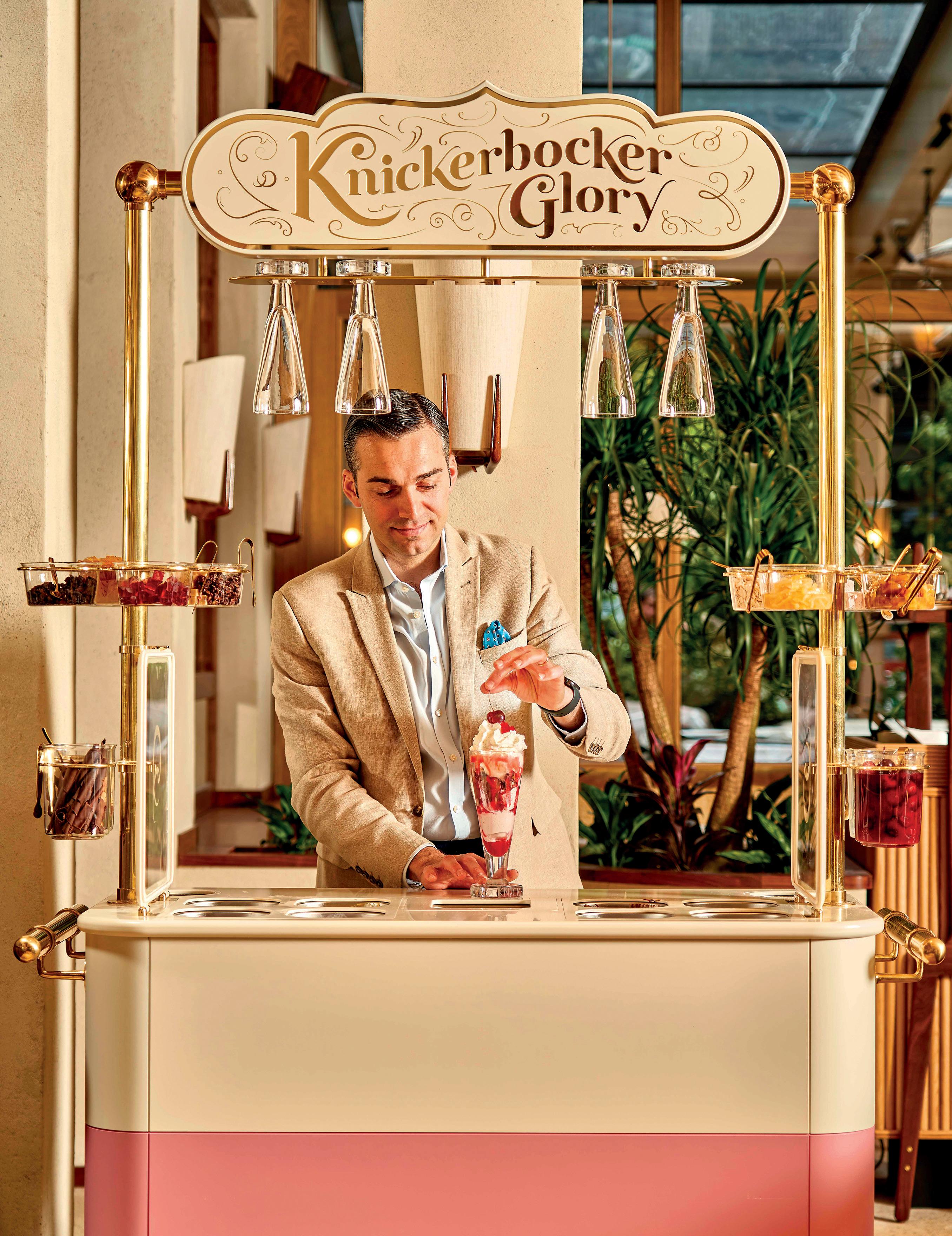
being a place to go for lunch or dinner,” says executive chef Graham Squire. “The trolleys make the guest experience more memorable and polished, with us adding decadence and show, so customers leave feeling as though they have been well looked after.” A champagne trolley starts proceedings before beef Wellington is served from a carving trolley. When the rum baba is flambéed tableside at the end of a meal, flames dramatically illuminate the hotel’s new-look dining room, just as fourth- generation owner Jeremy Goring intended. “There’s lots of other tableside services,” Squire adds, “such as adding caviar to our signature Eggs Drumkilbo” – a favourite of the Queen Mother.
The trolley renaissance isn’t simply about indulging a taste for nostalgia, however. At Mauro Colagreco at Raffles London at The OWO, the cheese trolley looks as minimalistically modern as the rest of the dining room. “I wanted to break away from the ordinary cart and work with local artisans to produce a finished product consistent with the restaurant’s design,” Colagreco explains. “Our trolley is based on showcasing the breadth of British cheeses available and UK craftsmanship but served with the savoir-faire of French haute gastronomy.”
Such chic-looking pieces of culinary kit are a stylish reminder of mid-century modern hospitality, when a restaurant’s trolley might have been designed by Alvar Aalto or Jean Royère. Today’s equivalent is Kent-based workshop Rewthink, which has created trolleys for Maison François, The Game Bird at The Stafford hotel in London, Iris in New York, Butcher and Singer in Philadelphia and Lilac in Florida.
Tom Sellers looked even further afield for inspiration when he opened Dovetale at 1 Hotel Mayfair in summer 2023. For his knickerbocker glory trolleys, the chef enlisted the services of Seymourpowell, the design agency responsible for the look
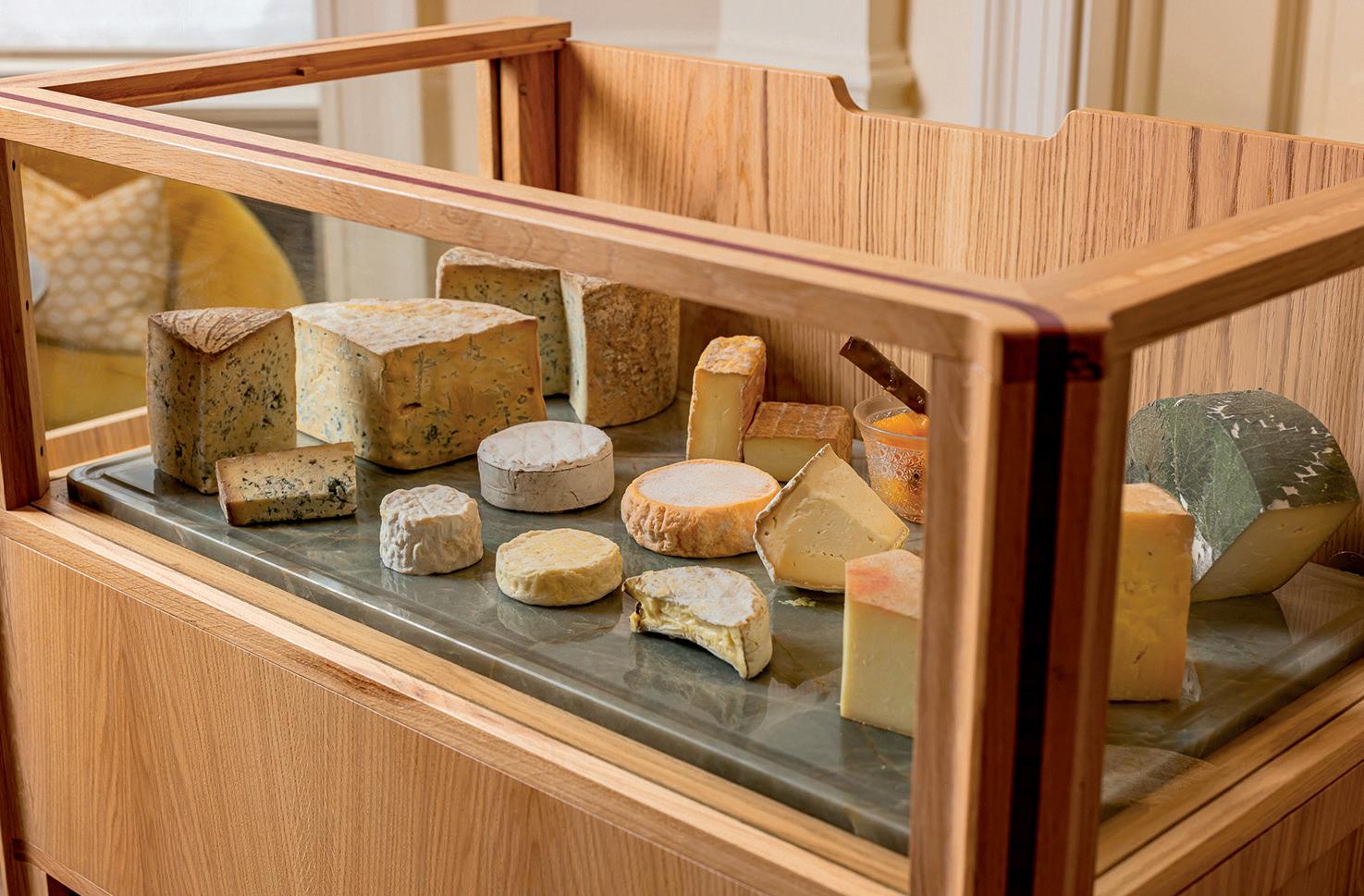
Clockwise from left: The knickerbocker glory trolleys at Dovetale, 1 Hotel Mayfair are out of this world, having been designed by Seymourpowell, the agency behind the cabins aboard Virgin Galactic’s spaceships; minimalist style perfectly showcases the British cheese selection at Mauro
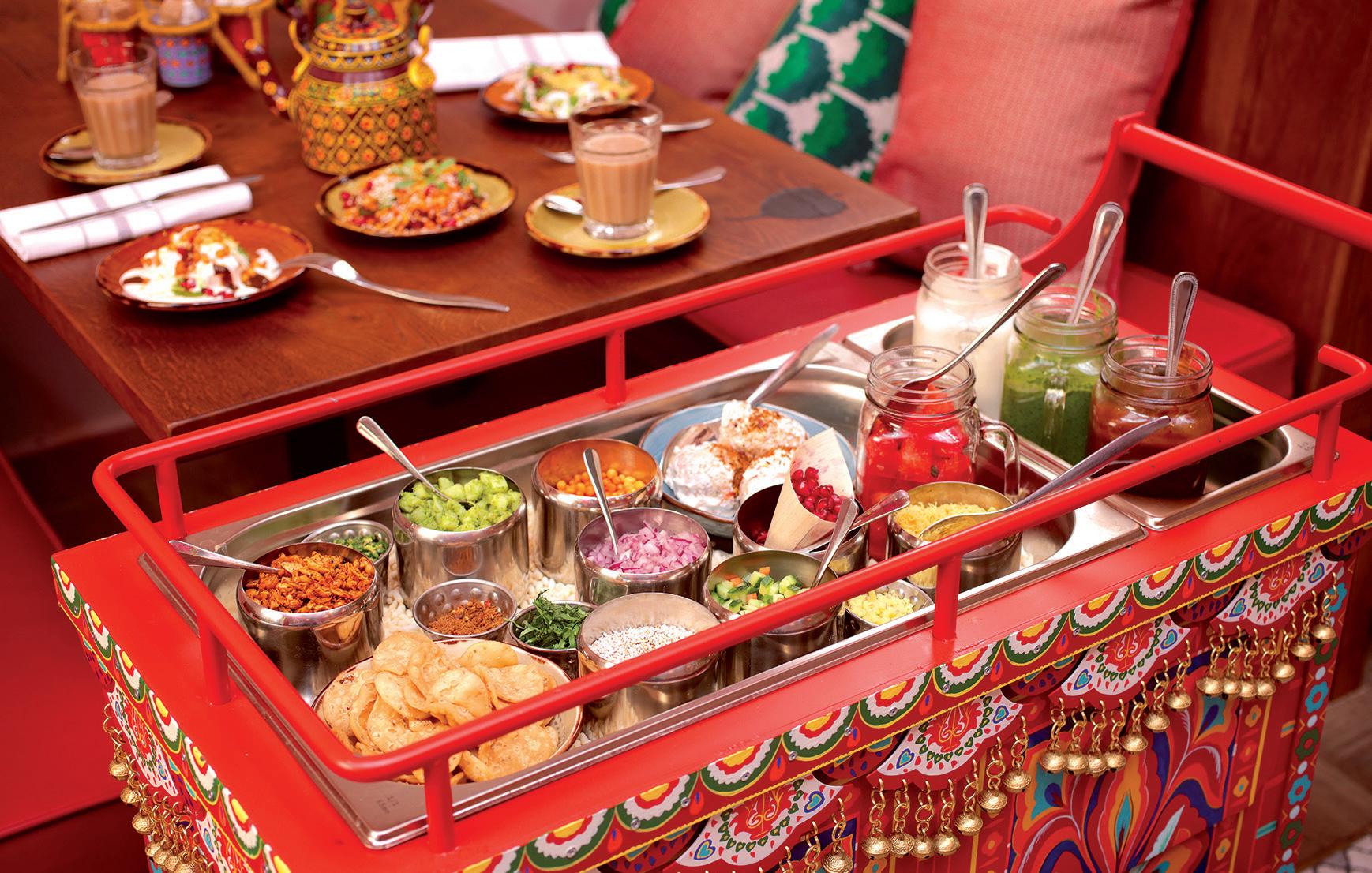
of the cabins aboard Virgin Galactic’s spaceships. Named Apollo One and Apollo Two, the trolleys let guests design a bespoke sundae from eight ice creams and an array of toppings, all made in-house and decanted into glasses chilled with a blast of CO2 Nor are trolleys restricted to European restaurants. The chaat trolley at the new Cinnamon Bazaar in Richmond, like the original in Covent Garden, was handpainted by artist Diane Hill and designed to evoke the carts wheeled through markets in India.
And the trolley trend is set to roll on. This autumn sees the arrival of a tuna trolley at Kioku, the modern Japanese restaurant from chef Endo Kazutoshi atop the OWO hotel. Another rooftop restaurant, Amélie, will have a dessert trolley displaying the menu’s French focus when it opens imminently in Belgravia, with macarons, madeleines and pastries such as peach tart and Paris-Brest.
But the most eagerly awaited trolleys are those returning to Simpson’s in the Strand, where roast beef was once served to Winston Churchill. “We’re having lots of fun imagining how we will use the wonderful trolley flotilla we’ve inherited,” says Jeremy King. “You can expect to see them in action not just for roast beef but also for fish, desserts and more.”
For perhaps it is finally time for Brits to accept the mantle of trolley supremacy passed on from the Russians and French –not least to prevent anything from becoming lost in translation. “My favourite trolley story,” King recalls, “involves a friend who, towards the end of a boozy lunch at L’Ecu de France in Jermyn Street, and finally getting to dessert, asked a waiter ‘can we see your trolley?’ He was met with a blank look. On being pressed further, the waiter eventually returned with a rather shabby old trolley containing all his silver-cleaning equipment.” Not every trolley, after all, is a welcome sight in a restaurant.
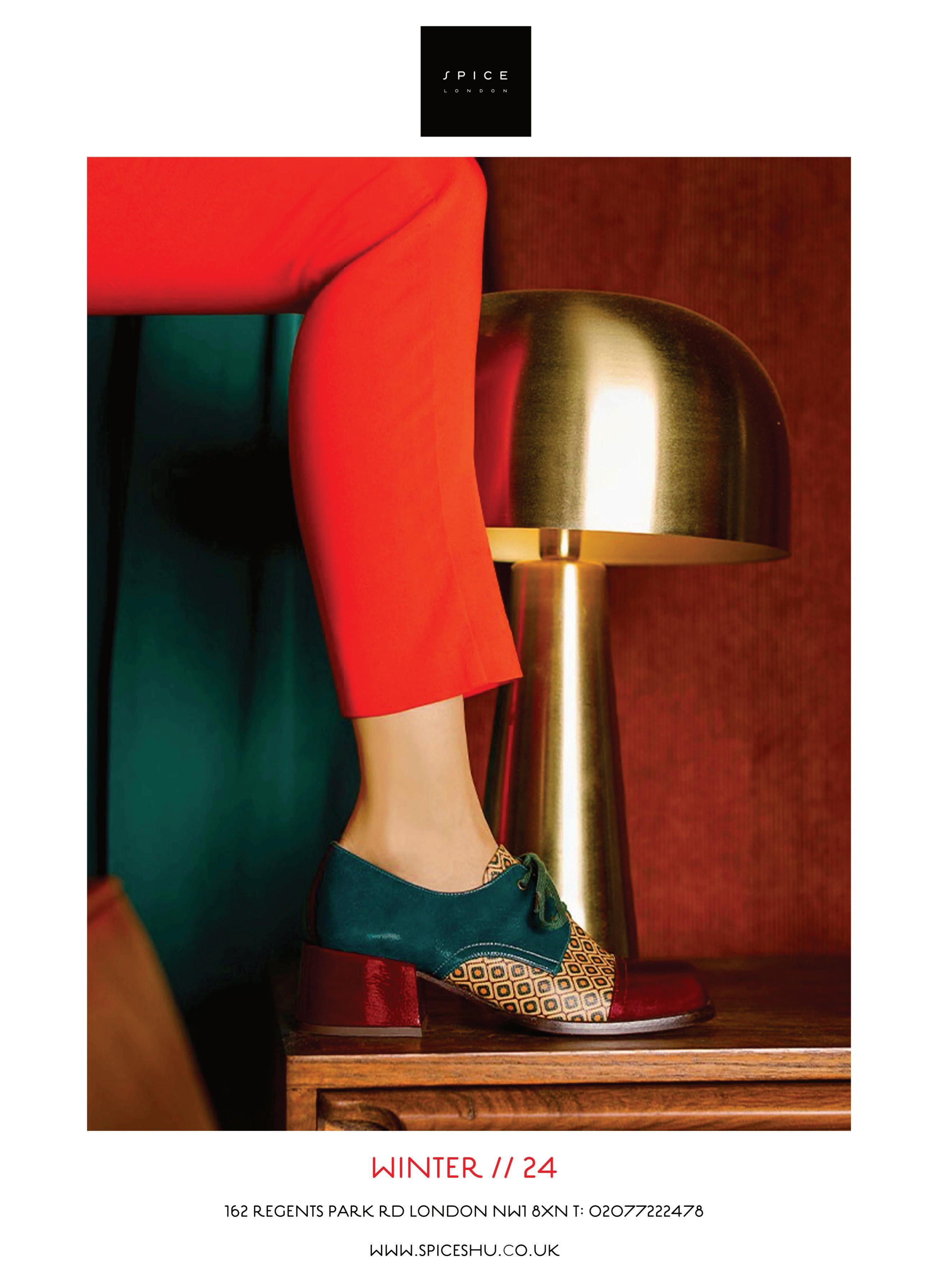
GIVING | LIVING | NATURE | NURTURE


Mr Porter’s Health in Mind, the site’s own content and fundraising initiative to promote mental health awareness, has partnered with men’s health charity Movember. Focussing on Movember’s youth mental health programme, ‘Ahead of the Game’, Mr Porter will support 500 mental health workshops in grassroots football clubs across London, mrporter.com
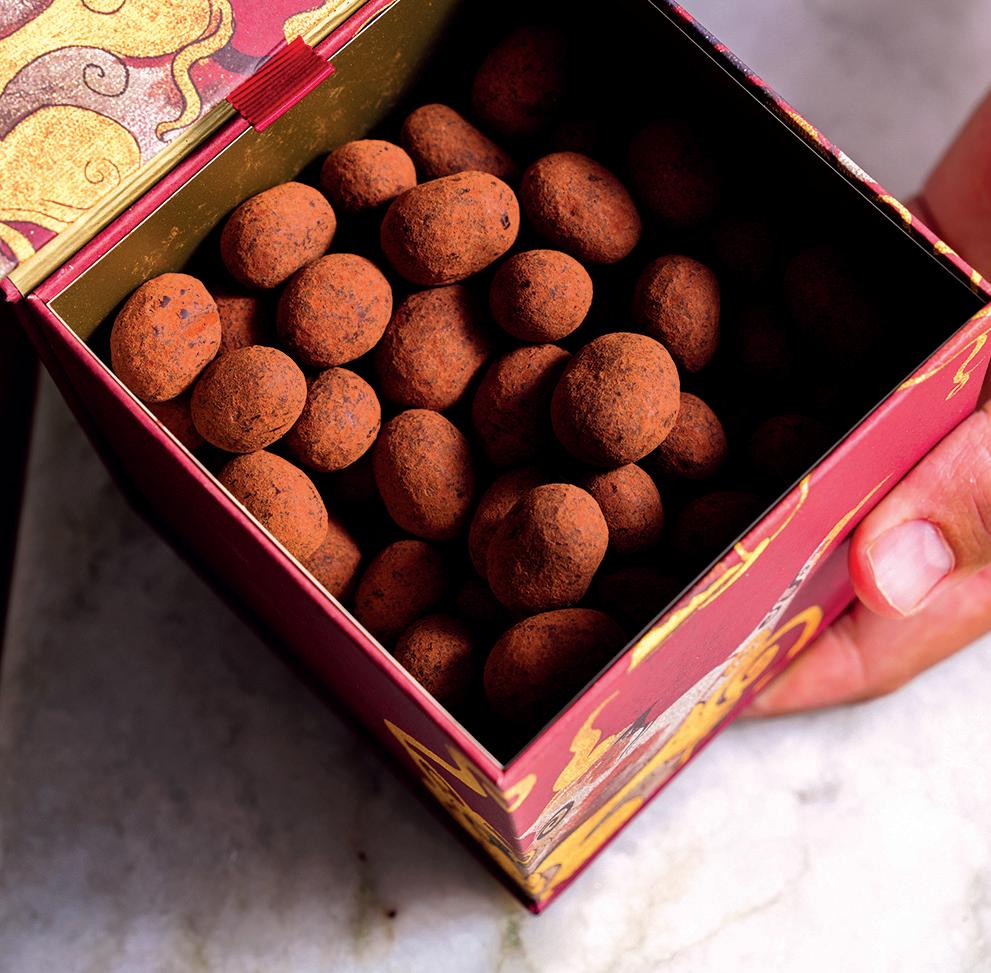
The perfect token of appreciation? Birley’s divine caramelised salted almonds are covered with milk and dark chocolate and cocoa powder, and come wrapped in a box which echoes the murals of the shop interior, hand-printed by artist Lizzi Porter. £78 for 600g, birleybakery.com
The Aubrey, the Japanese restaurant at the Mandarin Oriental Hyde Park, has partnered with Tsuchida Sake Brewery, a small sake producer in rural Japan’s Gunma prefecture, on its own label sake. Made with locally grown sahi no Yume rice, each grain is polished to 90% to reduce waste and impart a rich umami and savoury aroma. The Tsuchida Aubrey Junmai, theaubreycollection.com
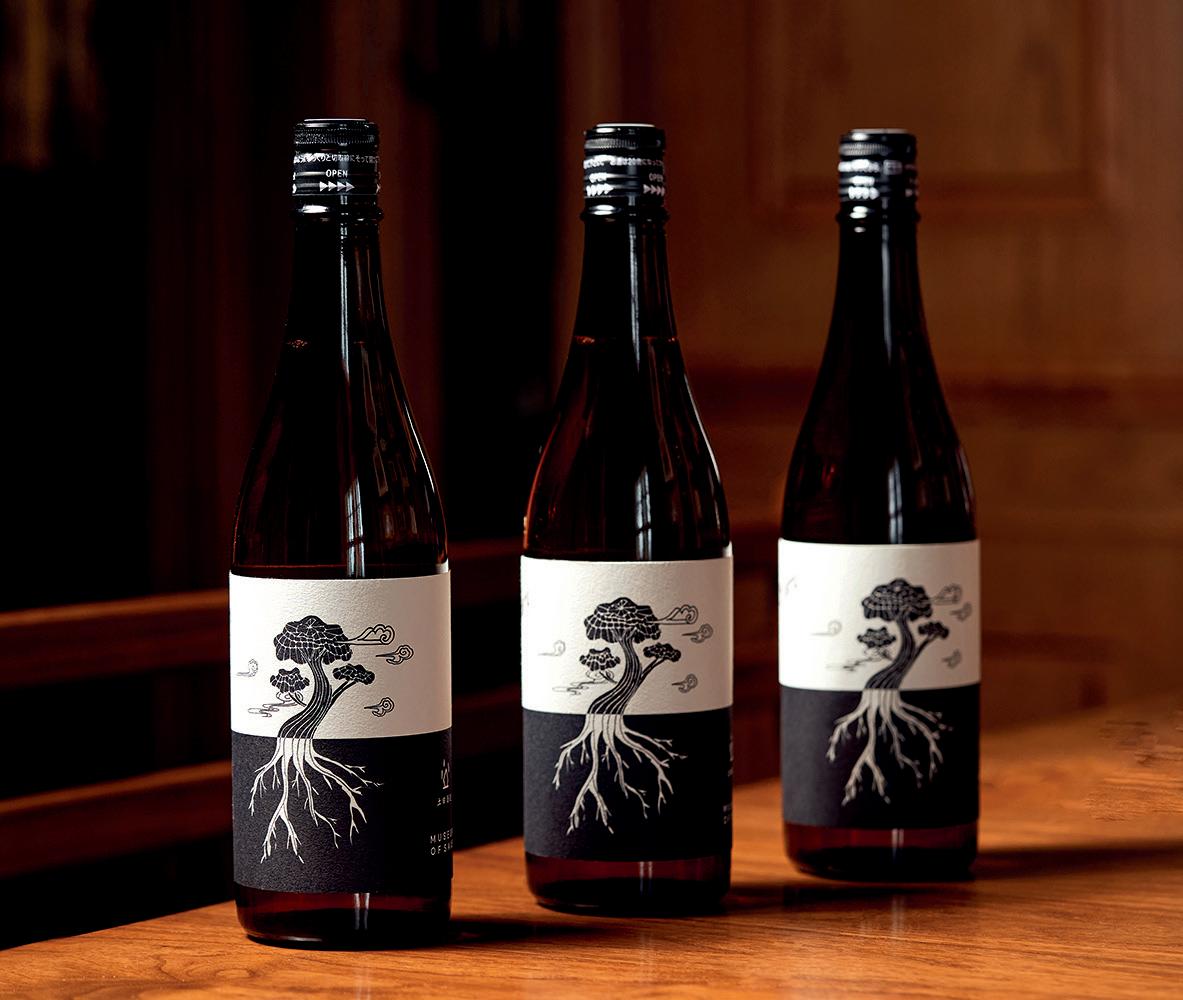

MESSAGE IN A BOTTLE
Created by perfumer Jérôme Epinette, and with scent names like Sh**tty Day and Unmute, Noyz set out to disrupt the fragrance market’s standards of perfection with perfumes inspired by raw, unfiltered feelings. It is also partnering with CALM (Campaign Against Living Miserably) via an annual donation and this autumn, on a campaign to elevate the conversation around mental health. From £65 for 50ml eau de parfum, noyz.com
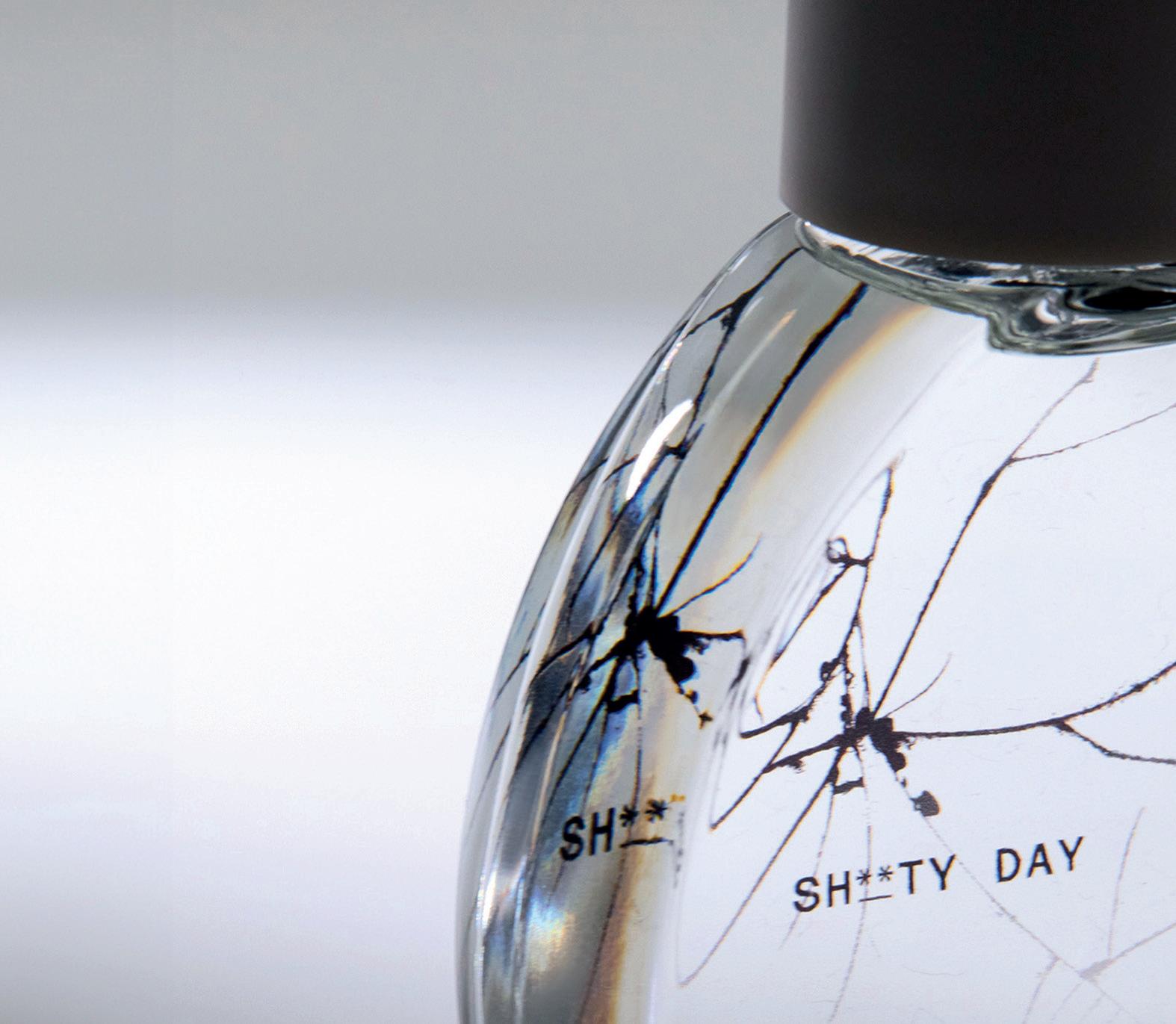
A WORK OF ART
No gift is more appreciated by stressedout loved ones than some R&R – and where better than the marble-clad Art Deco hammam and spa at the newly refurbished The Beaumont Hotel?
To celebrate its 10th anniversary, the property has refurbished its 72 rooms and expanded to 29 more. Alongside its signature ROOM, a suite designed by British artist Anthony Gormley which appears as a giant sculpture on the hotel’s 1920s facade, The Beaumont lined its walls with 600 works from the likes of Georges Braque, Joan Mirò and Sonia Delauney. A new restaurant, Rosi, joins the lineup in November, with freshly commissioned murals by Luke Edward Hall. Spa break from £901 per night, thebeaumont.com
CHECK IT OUT
Nordic Knots has made a name for itself with its timeless, pared-back designs. This graphic flat weave Square rug is crafted from the finest New Zealand wool. Inspired by the soft Nordic landscapes and colours, the pieces all come in an array of hues; make a statement with this bold and fiery red/orange colourway. From £345; nordicknots.com

Create a sculptural centrepiece in your home with Davidson’s smart new Dusk Collection, a range encapsulating the magical time around sunset and the start of night. Incorporating finishes in Sand Storm, Moon Crater and Moroccan Sunset (pictured), the collection spans a Paris Dining table, a Madison Coffee table and this sleek Wedge Console Table, which comes in this instance in a lacquer with distressed bronze finish. Dusk Collection from £8,100, davidsonlondon.com

Lee Broom’s bew Alchemist lighting collection launched at the London Design Festival, centring on the balance and interconnection of sculptural metal forms containing light. Divided into four lighting ranges – Mythos, King, Solstice and Gemini, the range was inspired by Paulo Coelho’s novel, The Alchemist, to explore the physical ideas around alchemy. Big ideas for even the smallest of rooms. The Gemini, pictured, is a piece of two opposing halves which connect asymmetrically. From £825; leebroom.com
The majestic 27,000 sq ft Guerlain spa at The Owo is open to non-hotel guests booking a treatment over 90 minutes –luxuriate afterwards in the 20m pool. This autumn the ground floor L’Atelier Guerlain welcomes Salon64 hairdressers to its refined fold. raffles.com/London/
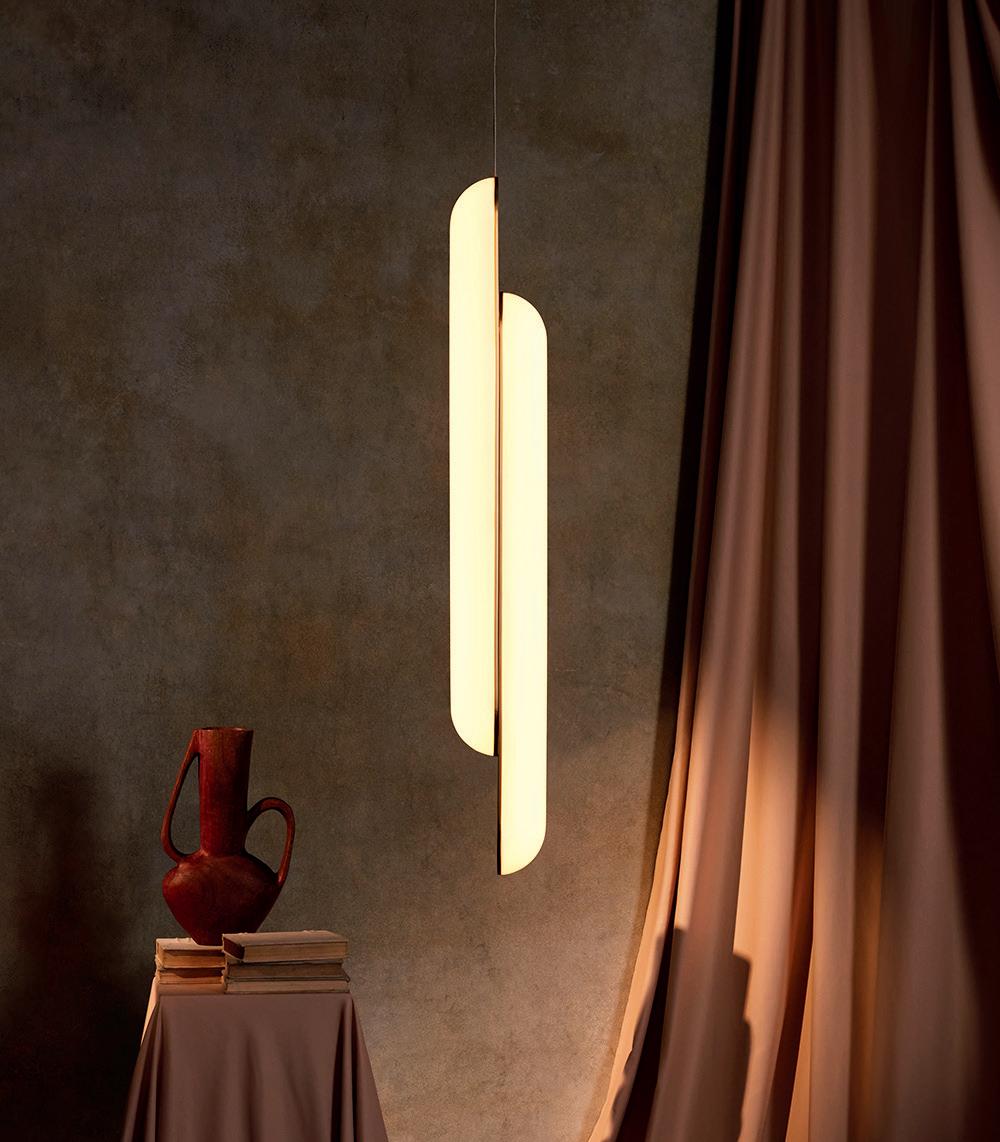

Up your paint game with the smart new collection from Francesca’s Paints. Donne D’Arte harks back to a Renaissance palette, inspired by the female leading artists of the time and recalls the calm, muted hues of the period. Each colour represents a different artist of the era, such as this Fede’s Ochre , a warm yellow, inspired by still-life artist Fede Galizia and made with pure yellow oxide. £40, francescaspaint.com
WELLBEING | FAMILY | SPA

Nestled well away from the razzmatazz of the busier parts of Puglia, the six-bedroom Don Totu B &B is an old Dimora (secret mansion) in San Cassiano in Puglia’s southern region, stacked with tastefully curated artifacts from the owners’ travels. Breakfast is taken in a cactus-framed courtyard (don’t miss the daily freshly baked goods such as the fig tart or homemade quiche). The pool is set in a garden brimming with dancing dragonflies and dusk-swooping swallows, while the rooftop is the perfect setting for aperitivi (a complimentary daily cocktail is included alongside unlimited soft drinks) or can be hired for sunset yoga. After a day exploring the baroque splendour of Lecce or the crystal-clear waters of the Ionian coast, taking a guided hike in Salento or a bike tour, the hammam, Turkish bath and gym can be booked privately to provide some mid-stay R & R. There is no restaurant on site but they occasionally host dinner and cinema evenings and there are nearby walkable dining options. From £295 per night, dontotu.it
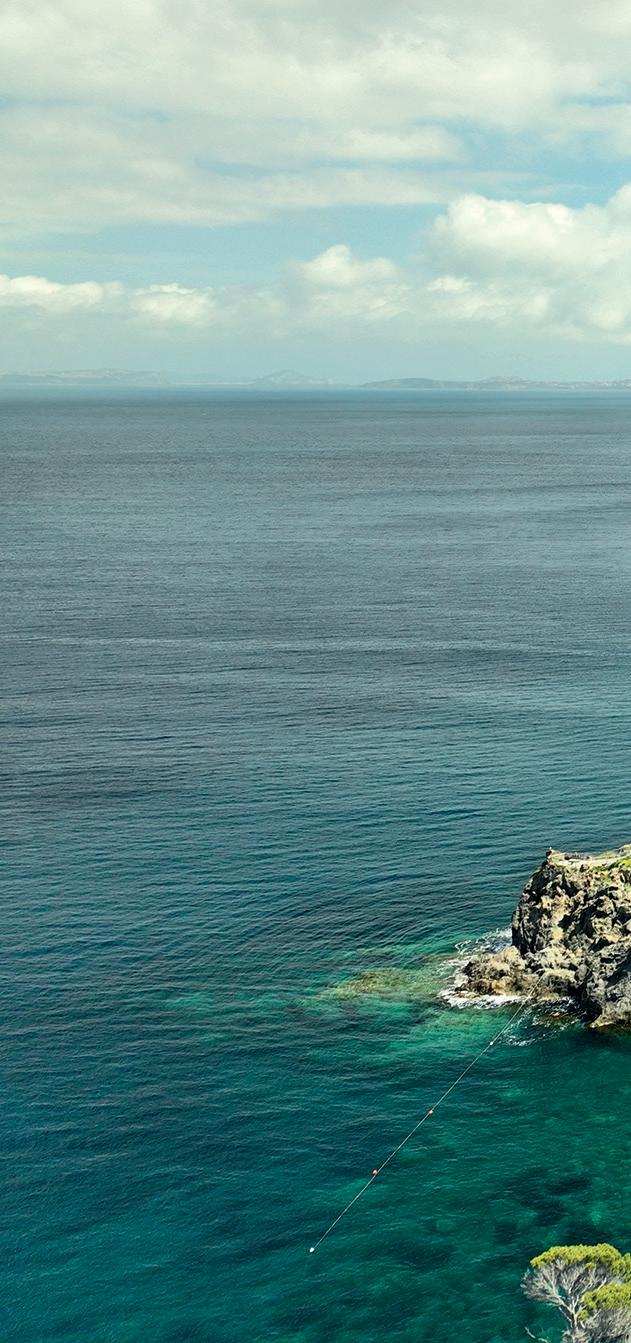
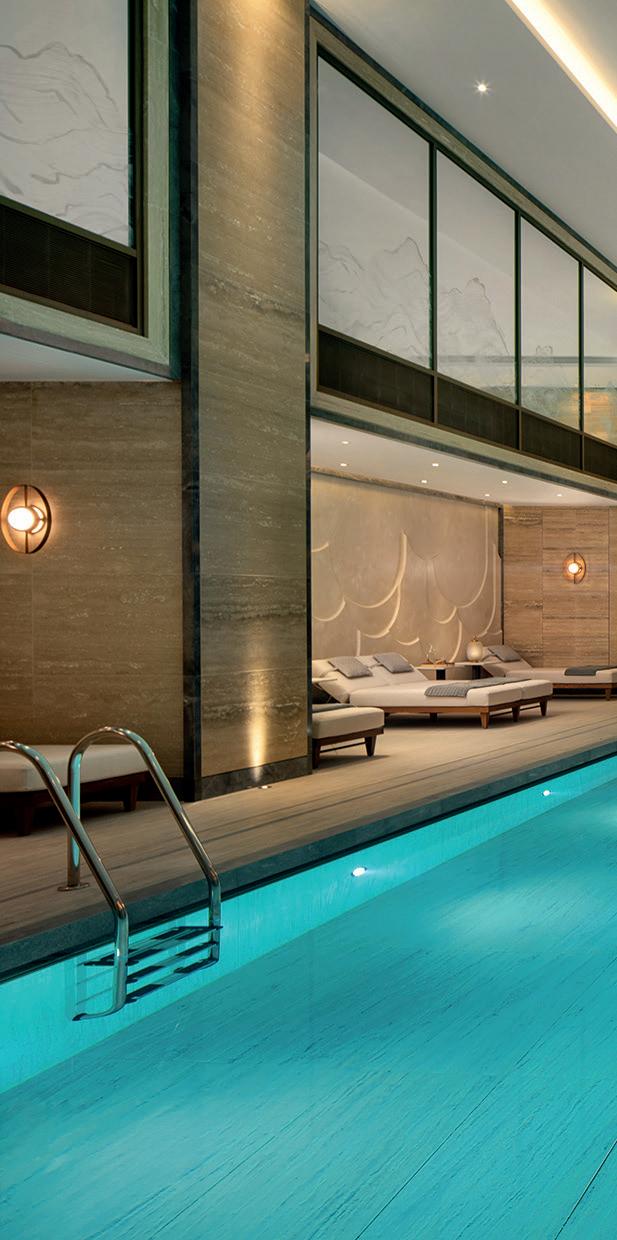
Head to the calmer Italy shores when the crowds have left. Pellicano hotels offers a series of retreats this autumn, such as a salt and rosemary Pure Treatment at Posta Vecchia and at Mezzatorre, an Energising Treatment with Ischian thermal waters, pellicanohotels.com
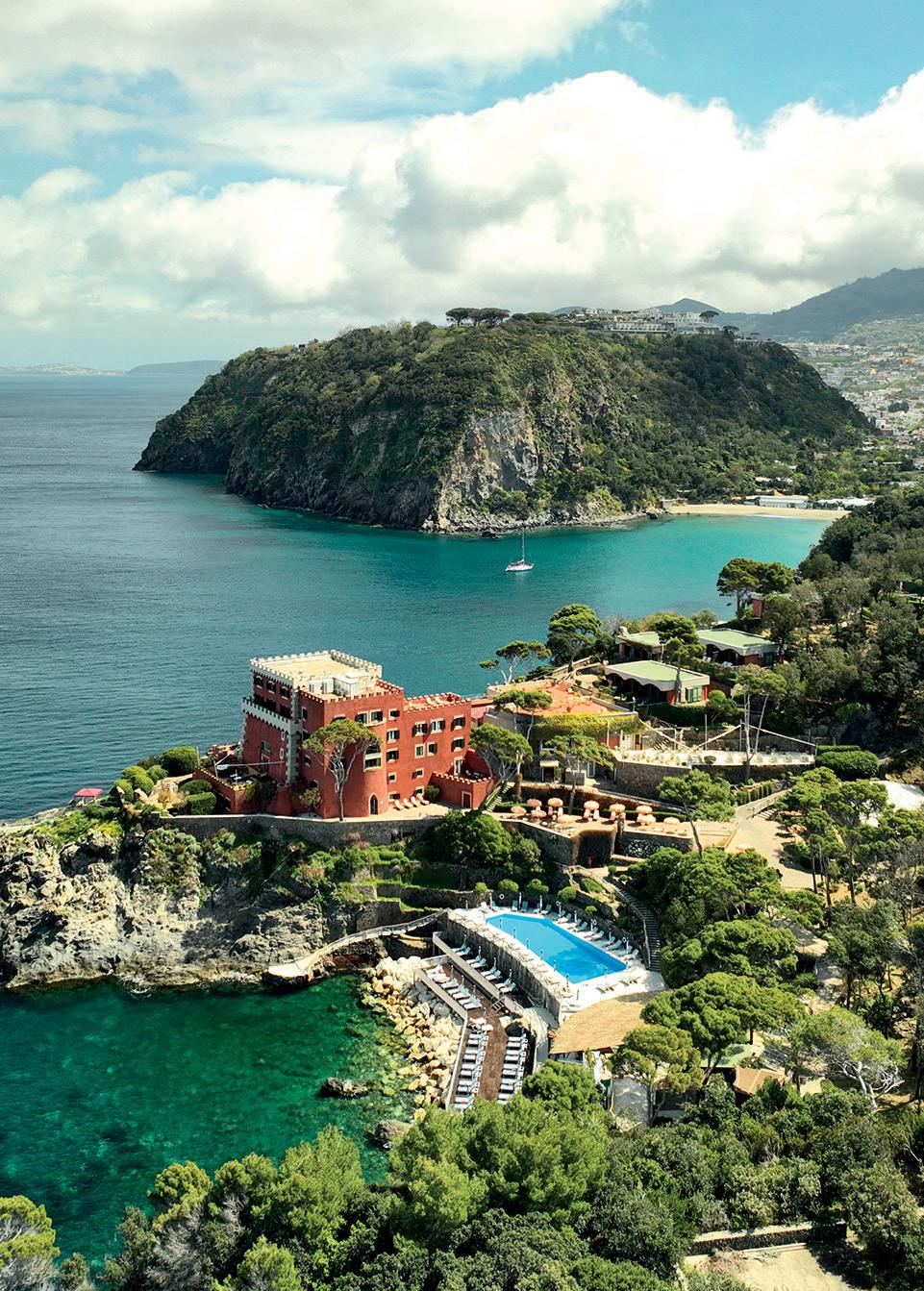
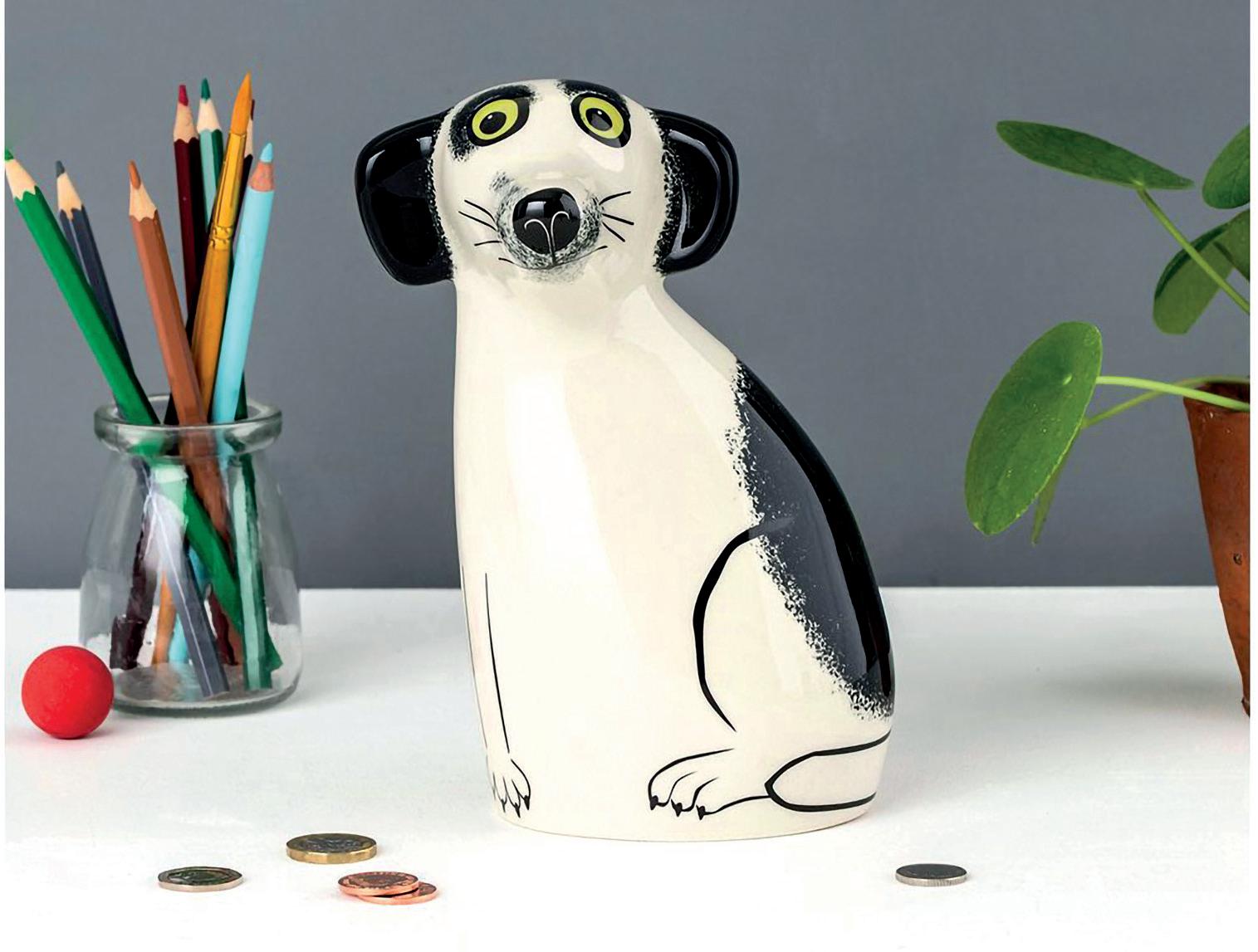
Located in Chelsea’s elegant Walton Street, Soroka is a new concept store featuring over 40 handpicked brands from around the world including homeware, fashion and pieces for children including this playful canine money box. Founded by Jamila Asgarova, Soroka was inspired by pieces picked up from her travels, soroklalondon.co.uk
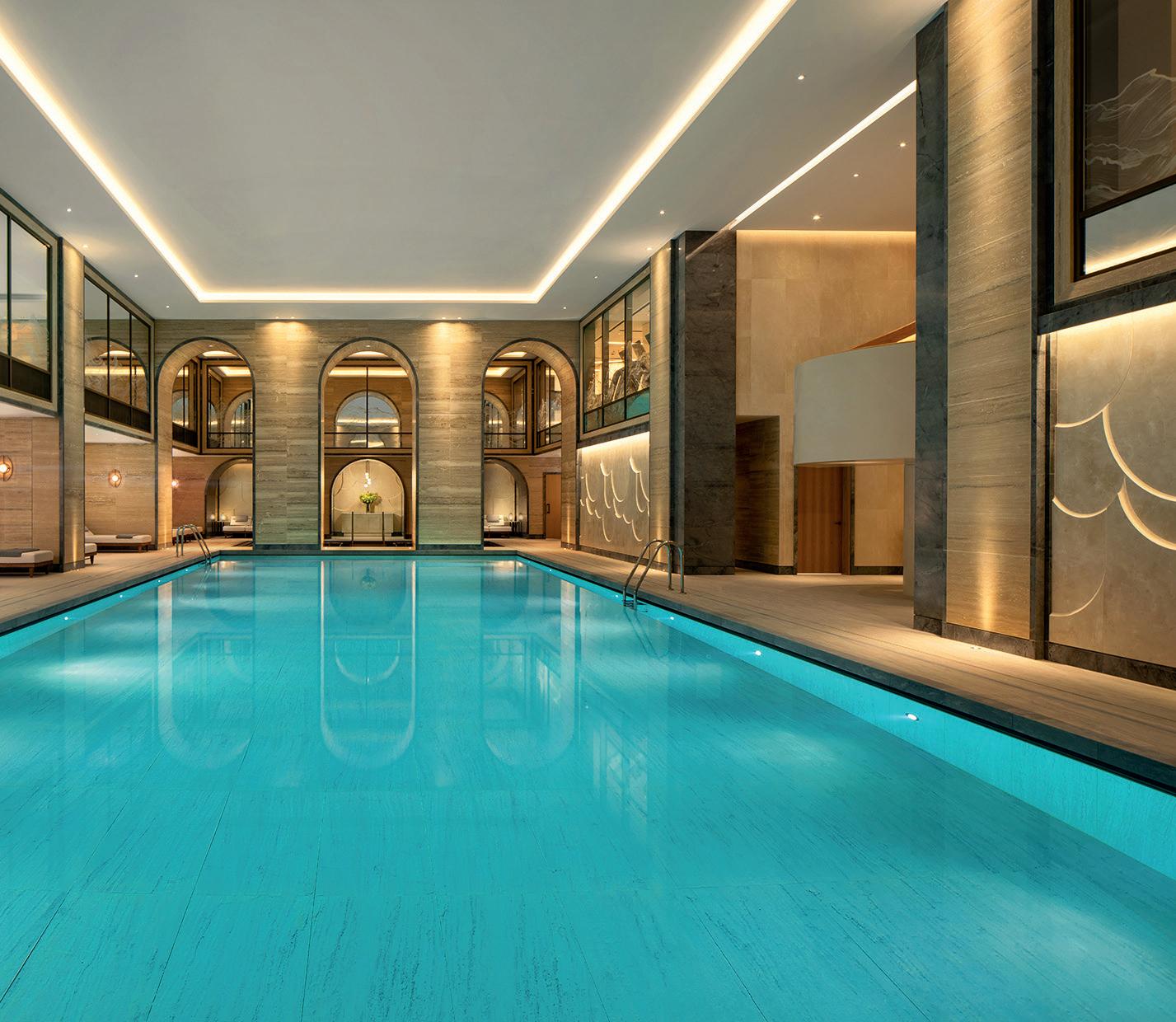
The majestic 27,000 sq ft Guerlain spa at The OWO is open to non-hotel guests booking a treatment for over 90 minutes –luxuriate afterwards in the 20m pool. Also, this autumn, the ground floor L’Atelier Guerlain welcomes Salon64 hairdressers to its refined fold, raffles.com/London/

Arket’s autumn collection is styled in monochromatic looks with functionality in mind with a fairytale, mythical theme running throughout. Including alpaca knits and jackets in cord and twill the pieces are made to withstand the most rigorous of autumnal playtimes. Prices range from £9 to £80, arket.com
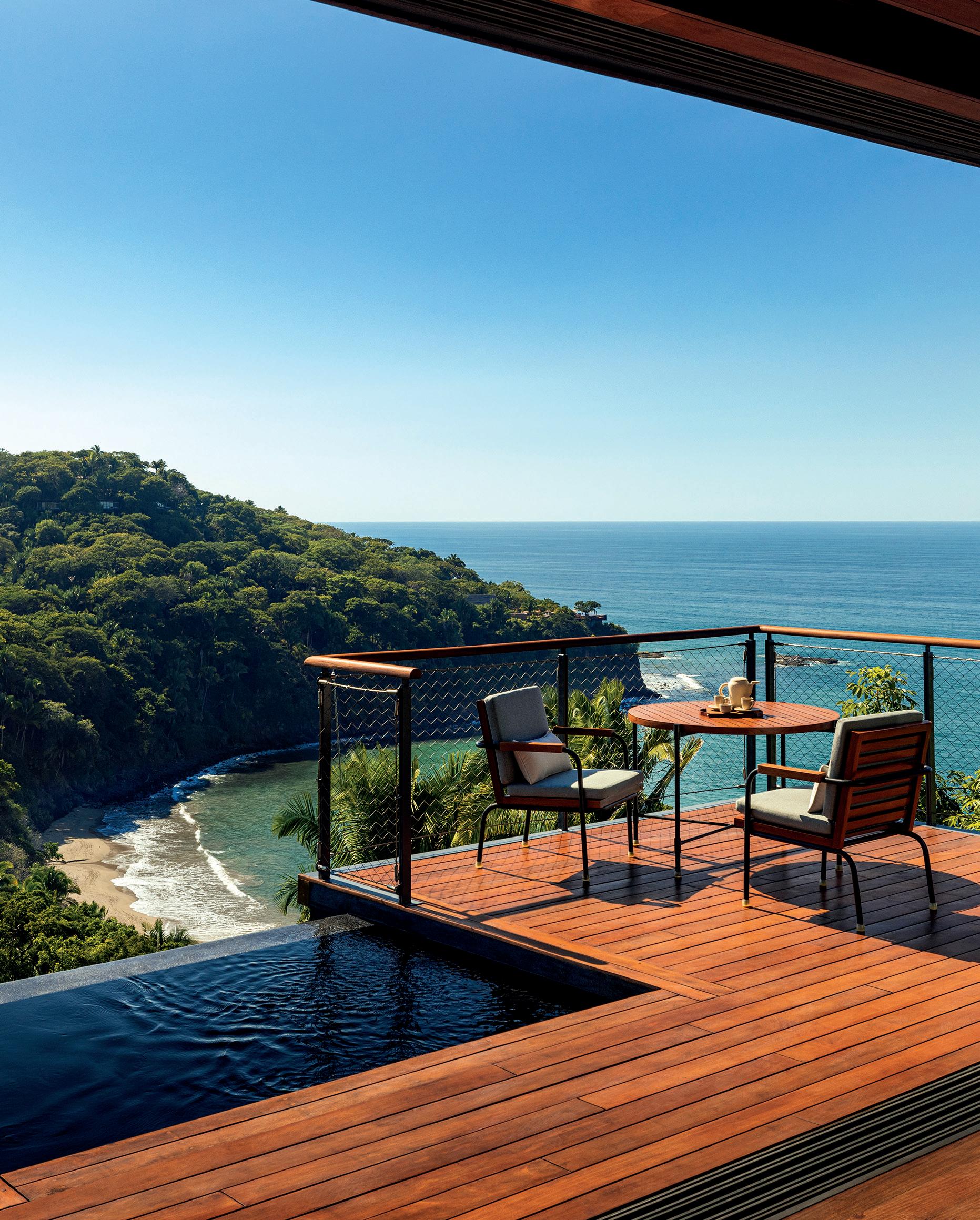
Set among volcanic rock gardens on Mexico’s Riviera Nayarit, One & Only Mandarina’s spa signature treatments include Gemstone Healing Bliss and Wirikuta Sacred Purification. Other experiences on offer are gemstone massages, indigenous Huichol traditions and sound healing. Rooms from £1,010, oneandonlyresorts com
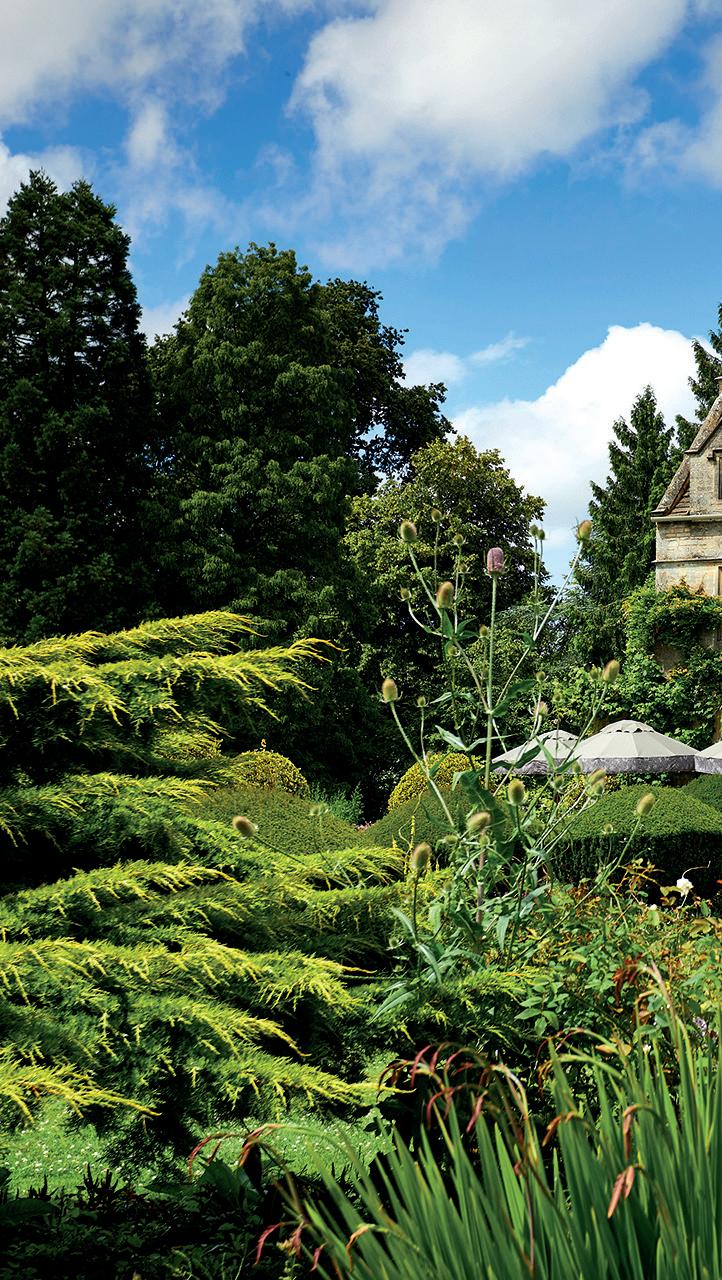
CLEAR INTENTION
Glassmakers LSA International and charity The Eden Project, collaborated on Canopy, a collection of 100% recycled glassware designs. The handmade pieces, including terrariums, come in recycled packaging, finished with natural glues and printed with vegetable ink. Prices from £20, lsa-international.com

The PIG Hotels has added another address to its portfolio in the Cotswolds village of Barnsley, refurbishing the former Barnsley House Hotel with its signature cosy-chic interiors. Across the road, the 18th-century The Village Pub also joins the collection, with its own six stylish bedrooms. Rooms from £215 for B&B , thevillagepub.co.uk


A new collection of Eau de Parfums, Les Essence de Diptyque are dedicated to five natural treasures: coral, mother of pearl, bark, water lily and the desert rose crystal formations. £255, diptyqueparis.com
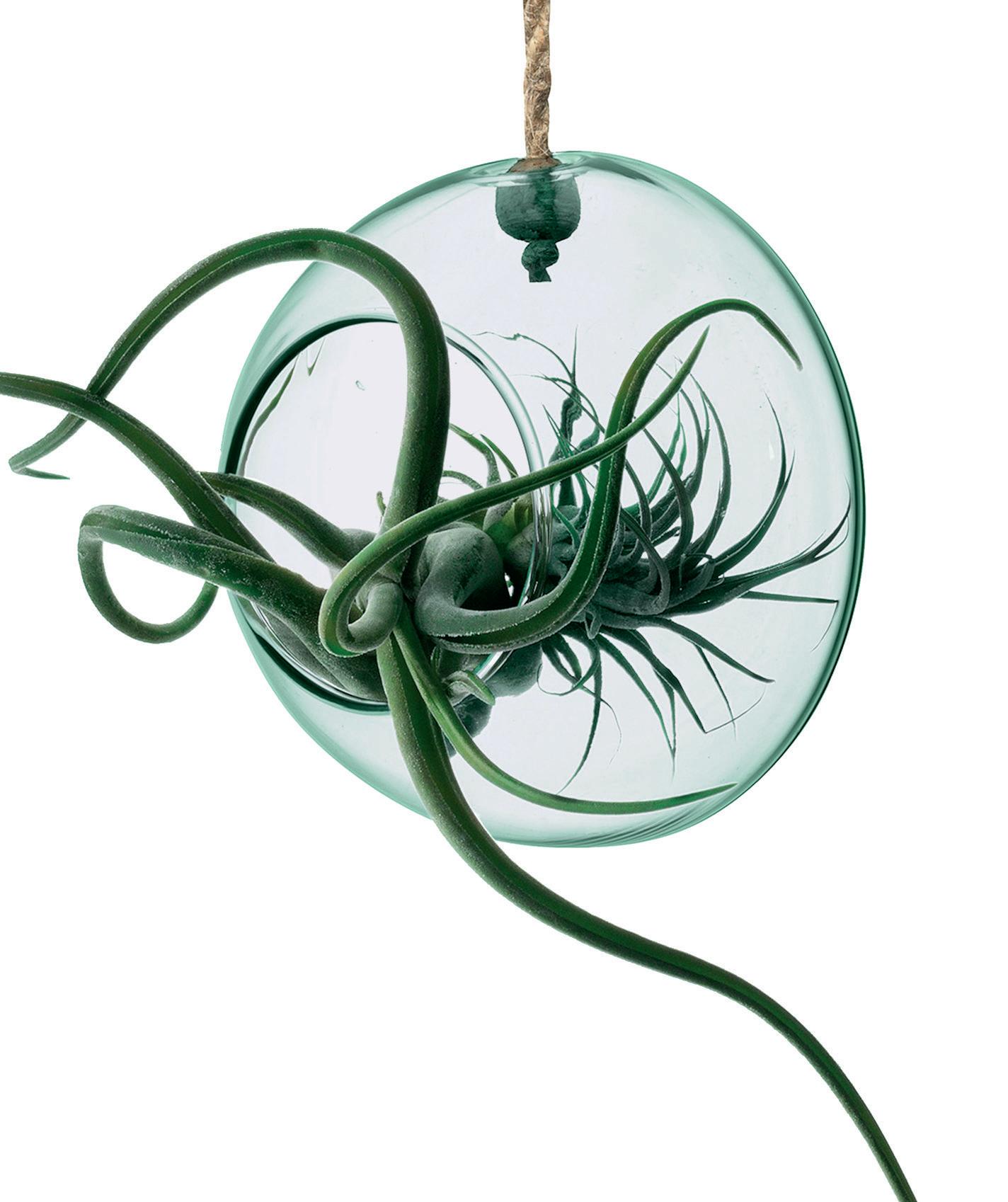

Dior Joaillerie’s artistic director Victoire de Castellane drew inspiration from the toile de jouy motif, imagining the latest high jewellery collection as a stroll through an enchanted forest, populated with deer, swans, squirrels, rabbits and foxes. dior.com
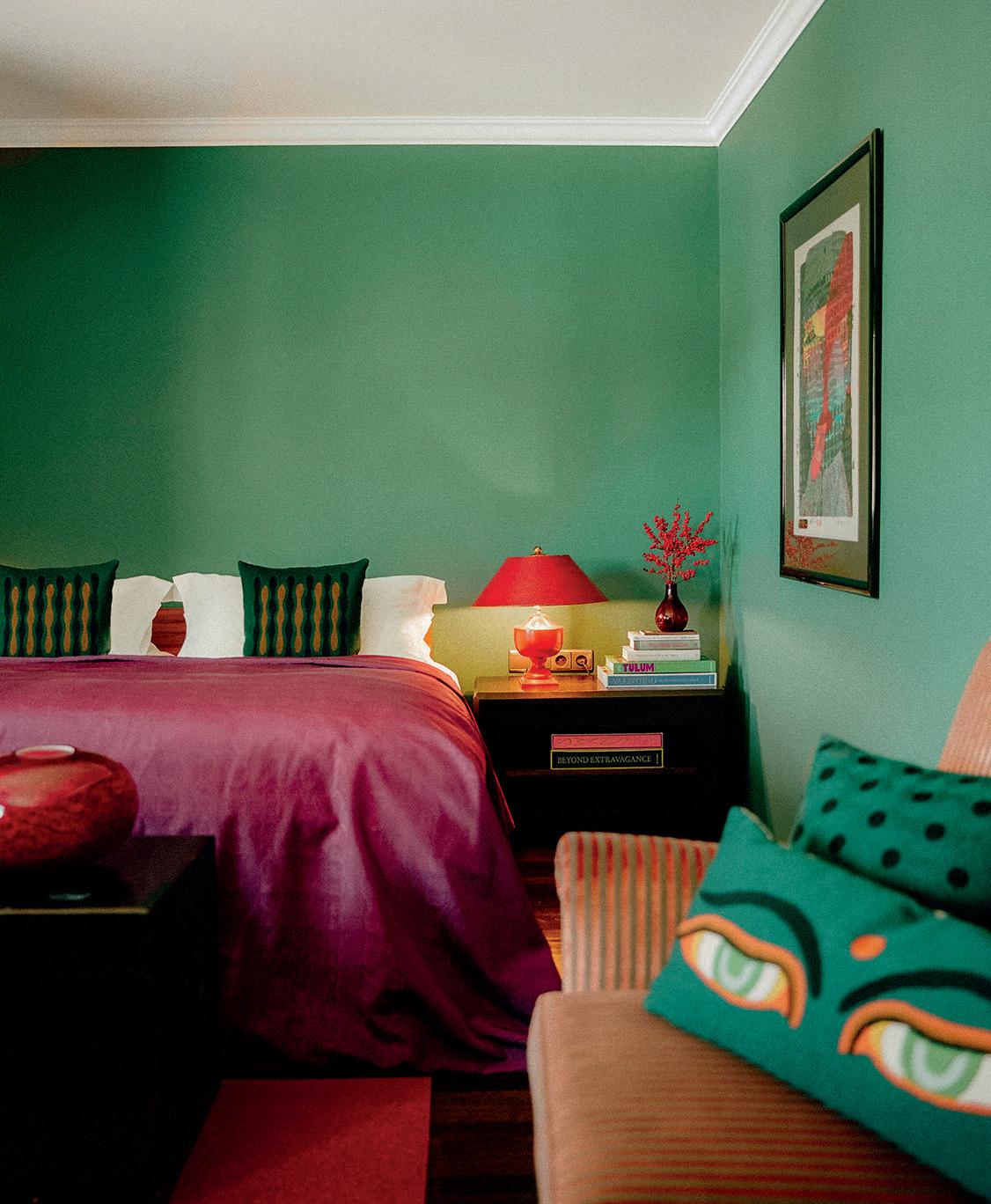
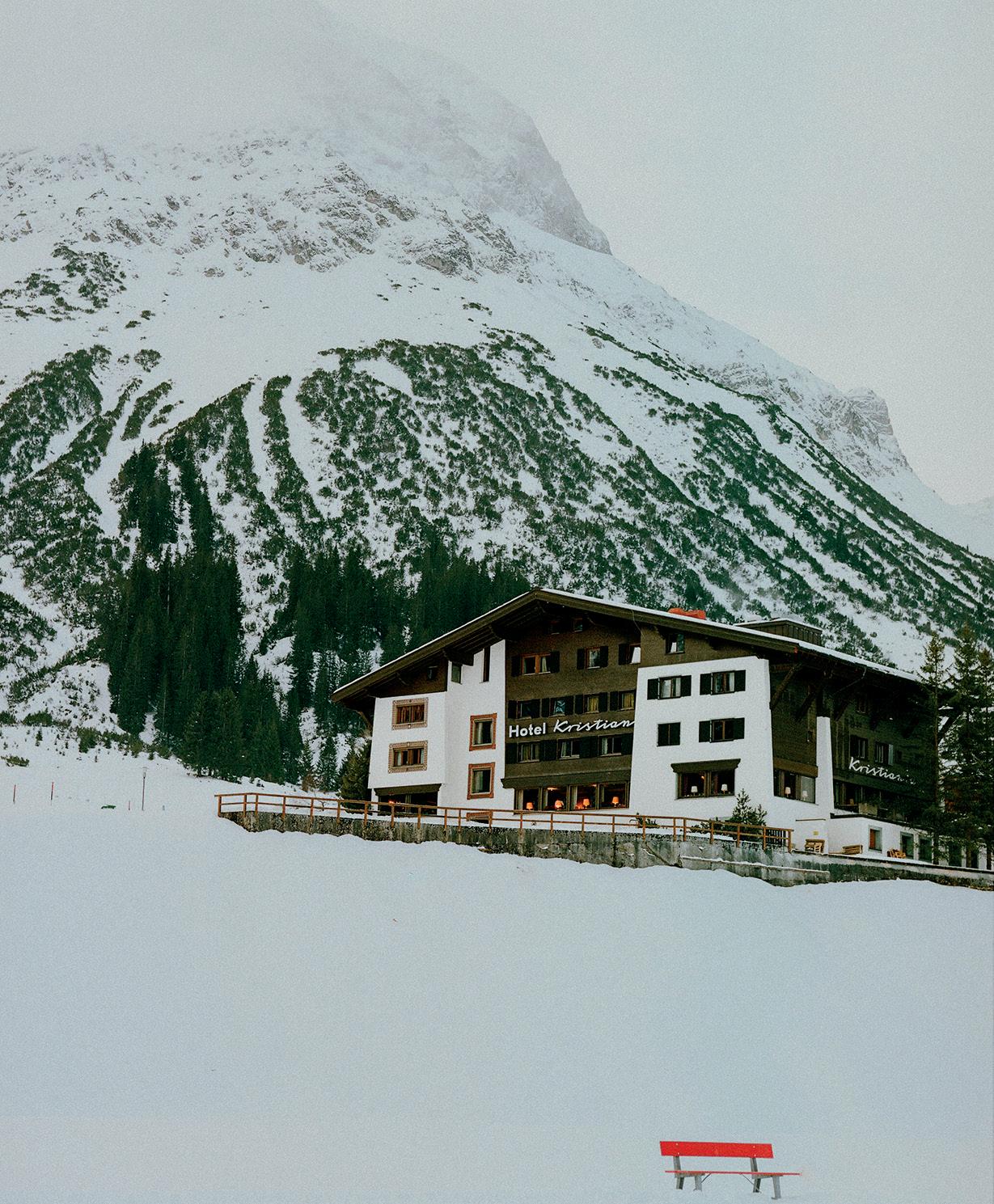
Kristiania Lech in Austria is owned by the country’s first alpine Olympic Gold medallist, Othmar Schneider, and managed by his daughter, Gertrud. She shares her tips for being mountain-ready
With many booking their ski trips now, how do you go about getting slope-ready?
Ideally, you should start preparing at least eight to 12 weeks before the season begins. This gives you ample time to build strength, endurance and flexibility, which are all essential for skiing.
What are the easiest ways to start a gentle exercise prgramme?
Begin with low-impact exercises like cycling, swimming or brisk walking to improve cardiovascular fitness. Incorporating yoga or Pilates can also be very beneficial, as they enhance flexibility and core strength, both of which are crucial for skiing.
As it nears the season, what should you be doing to get the muscles ready?
Focus on exercises that target the legs, core and glutes. Squats, lunges and leg presses are excellent for building strength in these areas. Don’t forget about balance training, which is key for skiing. Incorporating activities like using a balance board or a stability ball can make a big difference.
Any gym equipment that you recommend?
For ski preparation, balance boards and resistance bands are particularly useful. They help in strengthening the stabilising muscles and improving coordination, both essential for effective skiing.
What are your favourite clothes for the slopes to invest in?
I believe in investing in high-quality, timeless pieces. For me, brands like Moncler and Bogner stand out because they combine performance with style. Also, look at Arc’teryx for cutting-edge technology and comfort. A well-insulated, breathable jacket and thermal layers are must-haves. Also, a good pair of ski goggles with anti-fog lenses is essential for clear vision on the slopes.
If there is no snow, what are some of your favourite hikes around Europe?
If snow is scarce, hiking is a wonderful alternative. In Lech, Austria, the Lechweg trail offers breathtaking views and is suitable for various fitness levels. In Italy, I adore the Sentiero degli Dei on the Amalfi Coast —
FROM FAR LEFT: No two rooms
are
it’s a hike with stunning coastal views. In Switzerland, the 5 Lakes Walk in Zermatt is another favourite, especially in autumn.
What is the best equipment/clothing for hiking? Are there any great new brands?
For hiking, investing in a good pair of boots is crucial. I recommend Lowa, Hamag or Salomon for their comfort and durability. Frauenschuh, Perfect Moment and Jet Set offer excellent outdoor clothing that’s both functional and stylish. A lightweight, breathable jacket from brands like Arc’teryx is also essential for unpredictable mountain weather. Invest in high-quality layers, such as a merino wool base layer for warmth and breathability, a mid-layer like a down jacket for insulation, and a waterproof shell to protect against the elements. Merino wool layers from Icebreaker are great for regulating body temperature. For a touch of style, I love Moncler for their functional yet chic outerwear.
What is the best way to ease the aches after hiking/skiing?
After a day on the slopes or trails, I love using arnica gel – it’s a natural remedy that helps reduce muscle soreness. A soak in a Dr. Tödt salt bath is also incredibly soothing. I also swear by the power of a good massage using products from Susanne Kaufmann, which are infused with alpine botanicals for a truly restorative experience. kristiania.at/en


